We’ve nearly reached the end of 2017, and I’ve been updating this article for about 6 months now with progress made through the year. There’s still plenty to add, especially for the non-arcade side, and improvements in the arcade emulation outside of the new additions, but already it’s becoming a nice gallery of the progress made throughout 2017. Hopefully I’ll get most of the missing content added at some point in the next few months :-)
The main thing I’ve noticed so far is entirely unexpected, and that is a strong shift away from new playable arcade titles with more focus on non-arcade stuff and technical improvements to the codebase and emulation (such as using correct devices in drivers even if they make no difference to the end result) That said, it has still been a very strong year for arcade progress almost certainly fueled by the merging of the projects and devs from both sides realizing their skills are applicable in places they hadn’t previously thought about.
There’s also been a lot of work on handhelds gaming devices once again, and some of the most noteworthy work is definitely in that field meaning that unlike the 2016 article I really can’t get away covering only the arcade bits. (I definitely need to revisit the 2016 article and fill in some key items that I never had time to cover)
Game and Watch
One of Nintendo’s most iconic products is the Game and Watch series. The Game and Watch titles were primitive LCD based games that were hugely popular before the rise of more traditional handheld consoles and even managed to maintain their popularity long after that due to their low cost. Nintendo made effective use of their most popular IP when producing these, placing characters such as Mario in simple ‘arcade-like’ gaming scenarios, presented simply by turning on and off small images on the display.
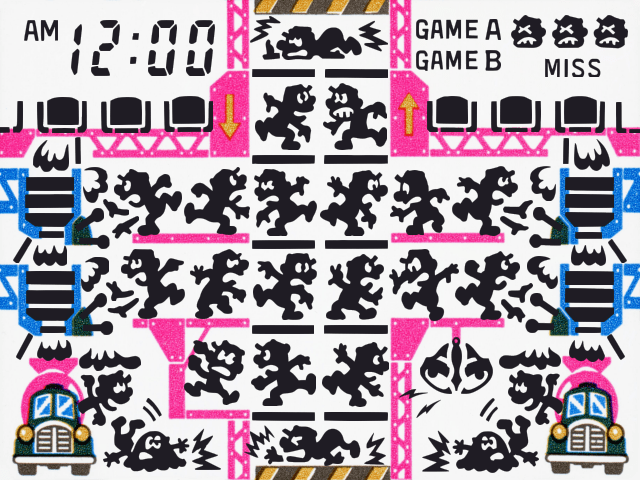
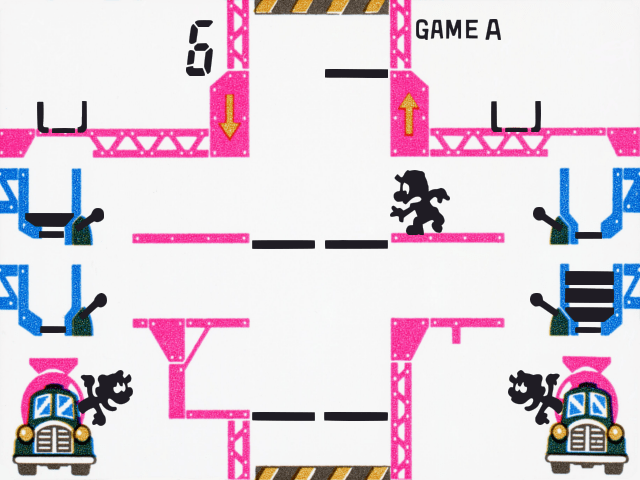

Mario’s Cement Factory
Donkey Kong Jr also had a handheld rendition, although this one confused a fair number of people as it isn’t entirely intuitive how you grab the key. Once you know it isn’t too tricky tho.
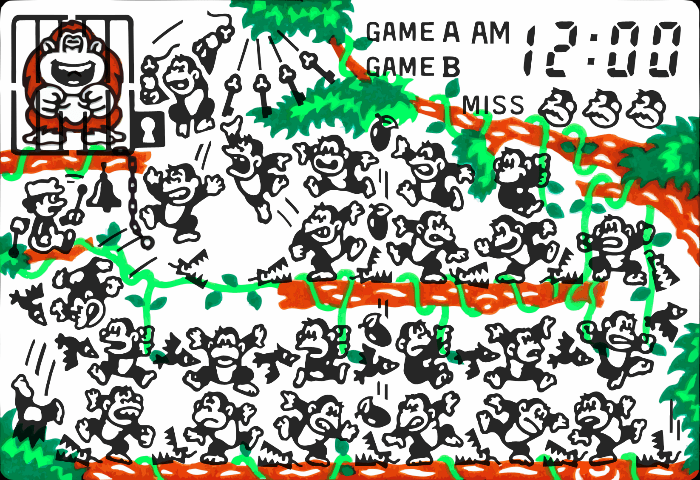
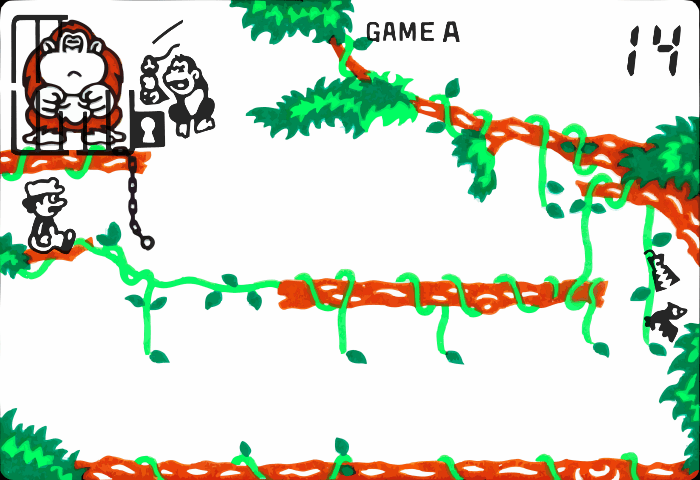
Some of the Game and Watch handhelds used a dual screen setup, one that no doubt influenced Nintendo when the DS was designed. One such game is Mickey and Donald
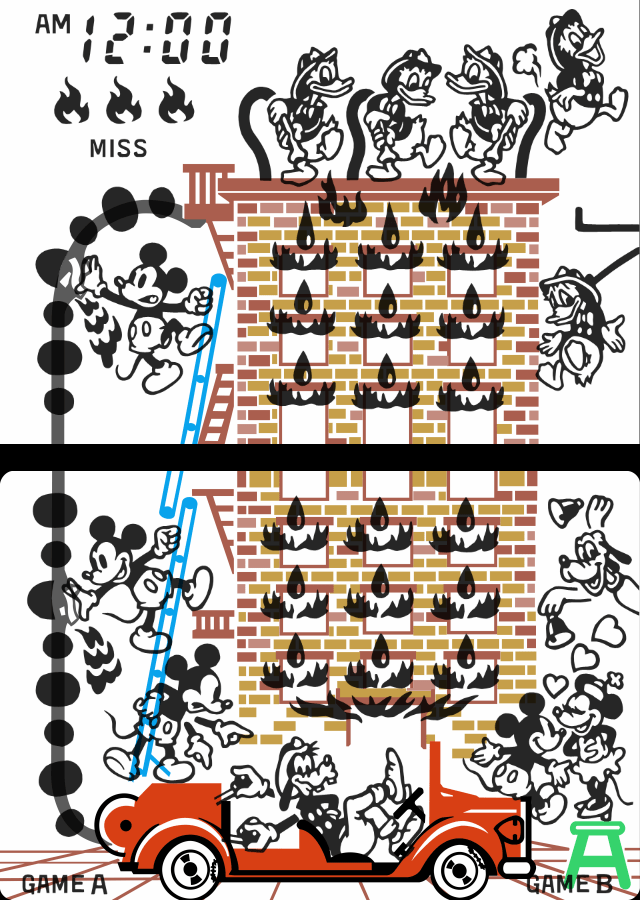
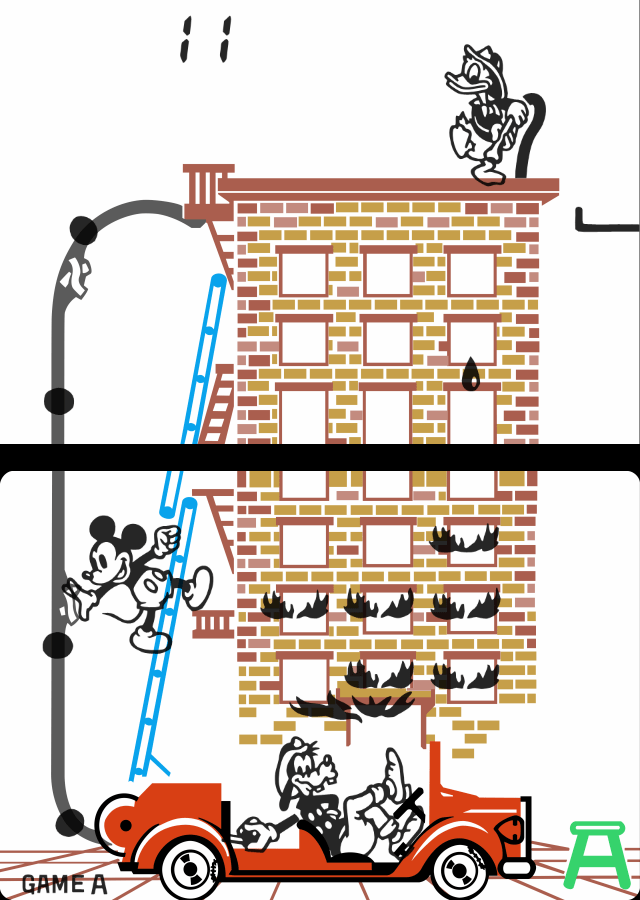
Donkey Kong 2 is another one to use the dual screen setup
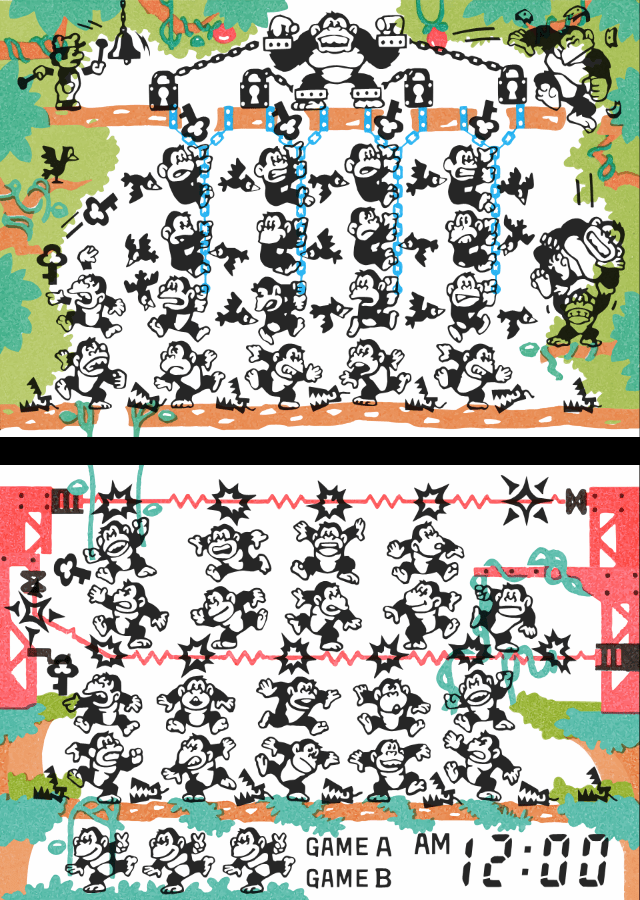
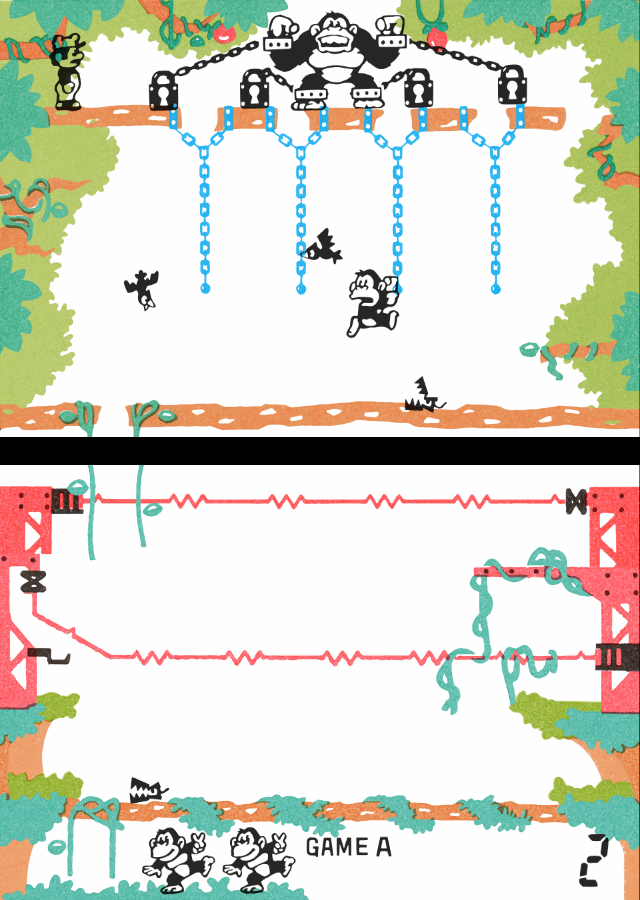
Mario Bros does the dual screen thing the other way around, left and right.


While boxing just opted for a single extra-wide display


The Nintendo Game & Watch handhelds were so popular they inevitably ended up being cloned, in one case we’ve got a dump of a Russian handheld called “Nu, pogodi!”
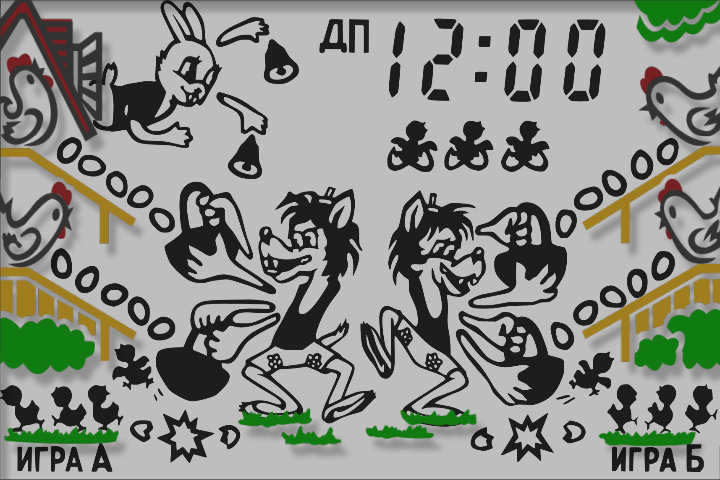
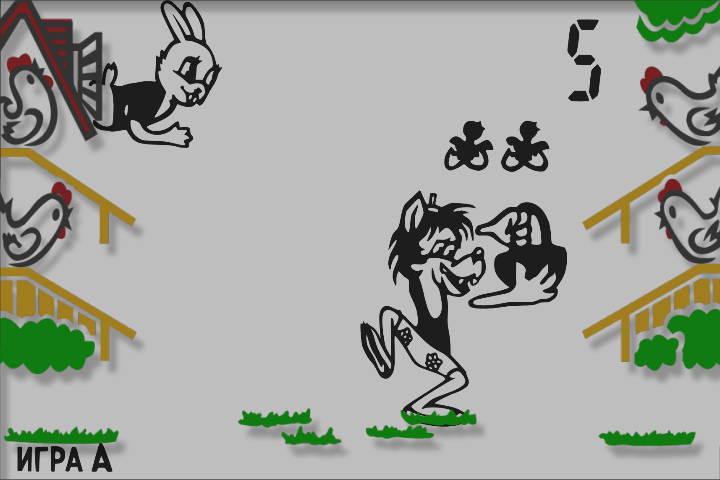
This game is quite obviously a clone of ‘Egg’ one of the earlier Game & Watch titles. We don’t actually have a verified dump of background scan of Egg yet tho.
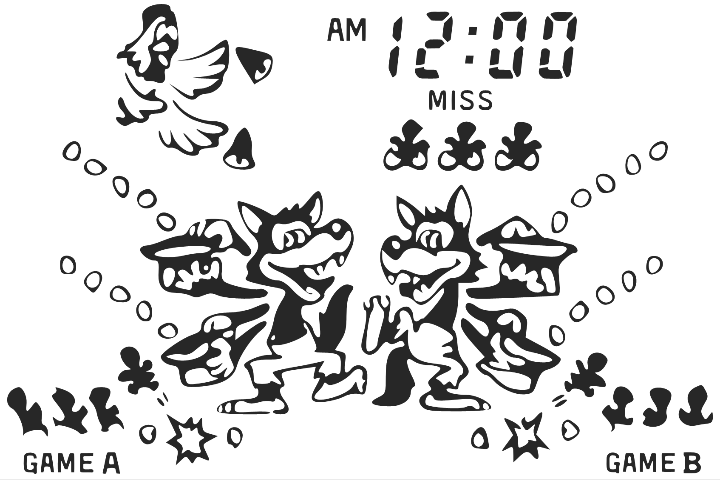
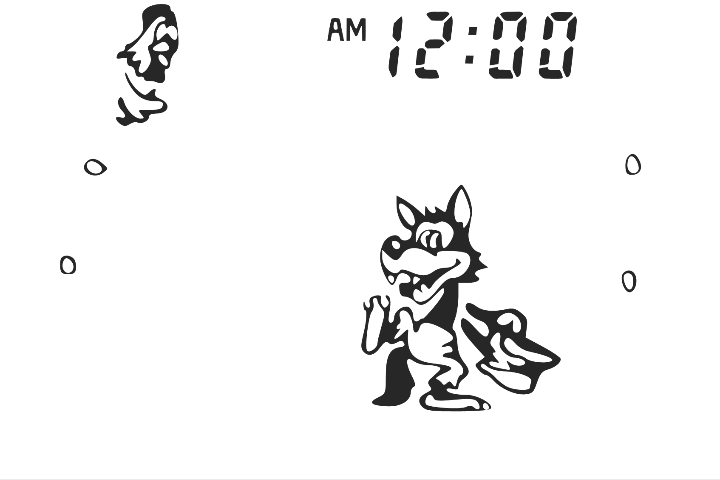
Interestingly Nintendo actually released their own reskin of Egg too, as Mickey Mouse. Again we haven’t verified the ROM or got a background scan tho.
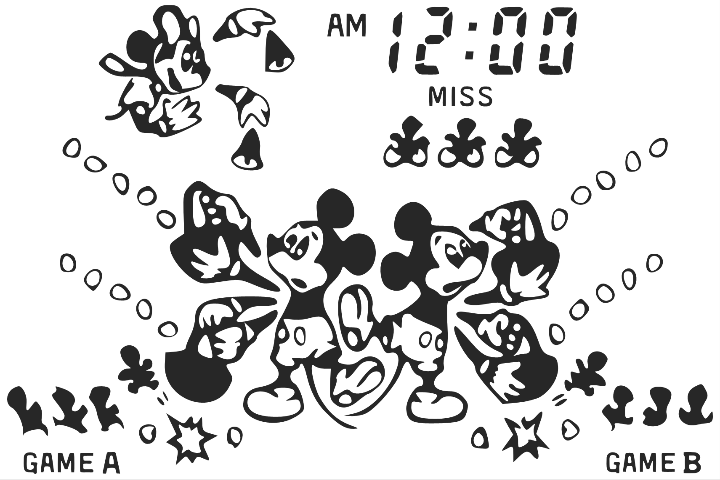
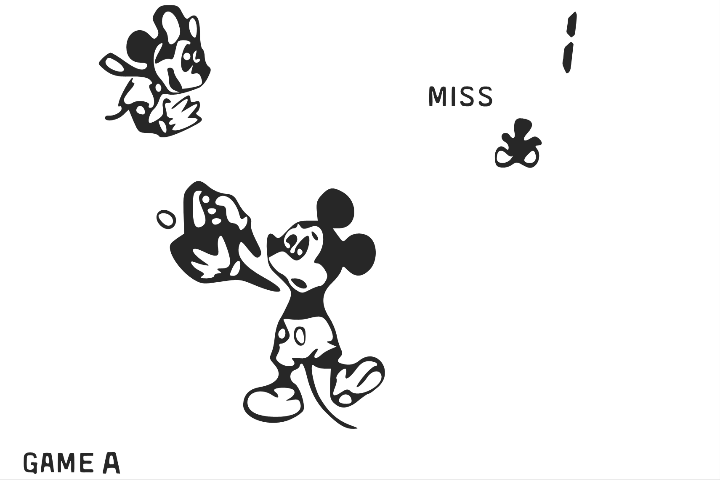
There was yet another Russian clone of this called ‘Explorers of Space’ which in this case is confirmed to use a slightly different internal MCU rom, but again, no background scans have been made.
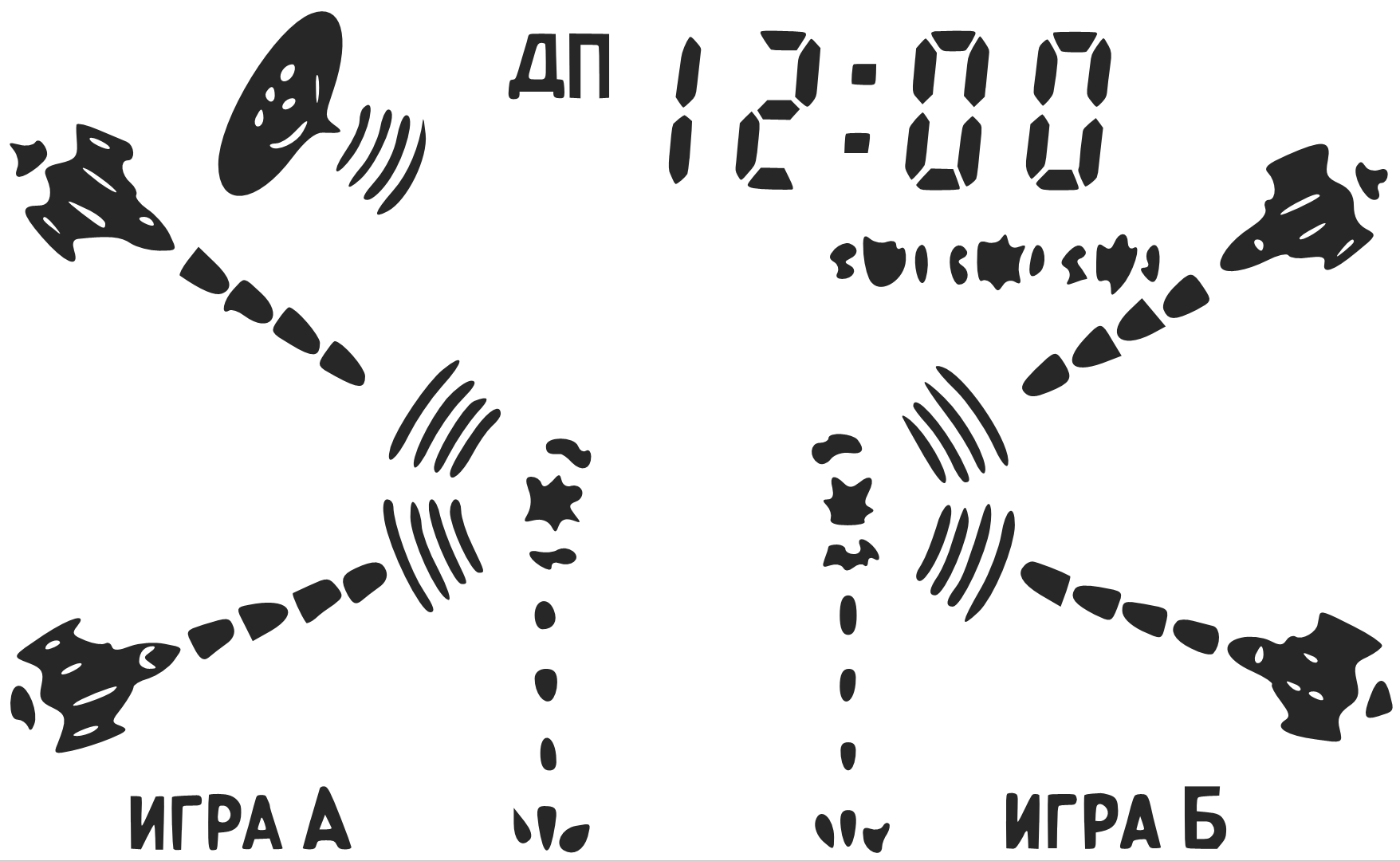

It’s interesting to see how these cheap toys were bootlegged just like arcade machines and games for home platforms were.
Tiger Handhelds
Tiger also produced an enormous number of handhelds based on popular games and other IP in the 90s and early 2000s. Most of them are based around the same technology, so with good dumps and scans being made of each one the emulation proceeded relatively smoothly. While some of these had been working in 2016 the way the images are rendered improved in 2017 meaning they look better than ever. (which is not to say they look good, because they’re Tiger handhelds, but they look as they should)
I’m going to show them first on bootup with all the elements displayed, then during gameplay.
So we have.. Double Dragon (Tiger Handheld)
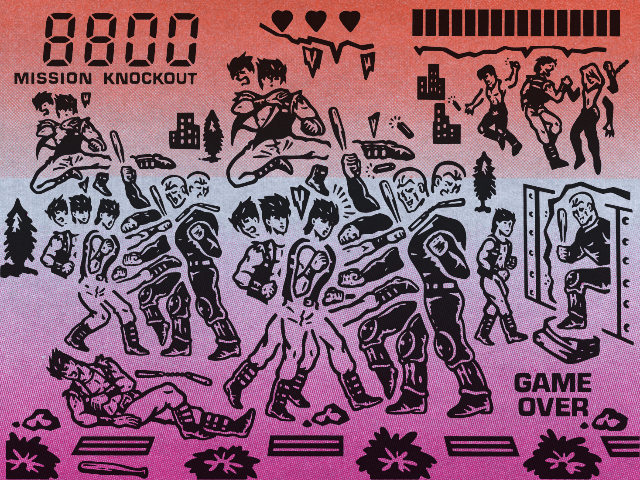
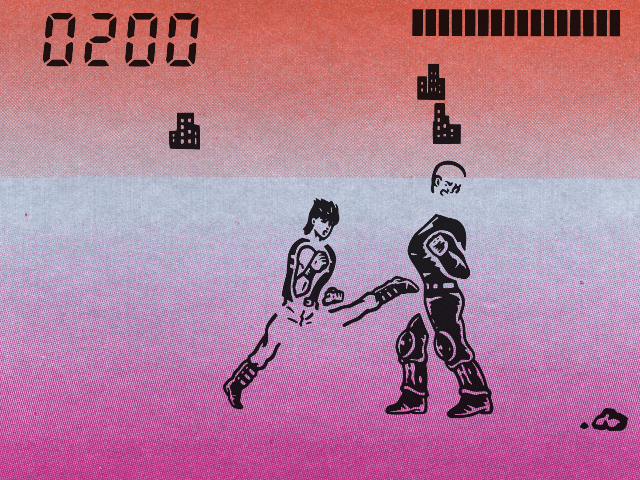
.. Apollo 13 (Tiger Handheld)
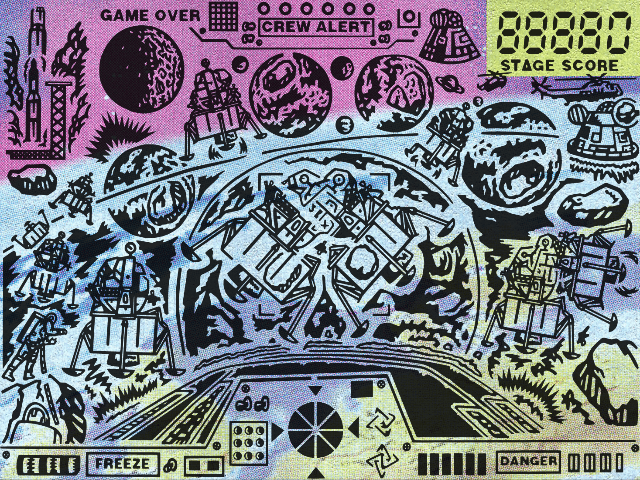
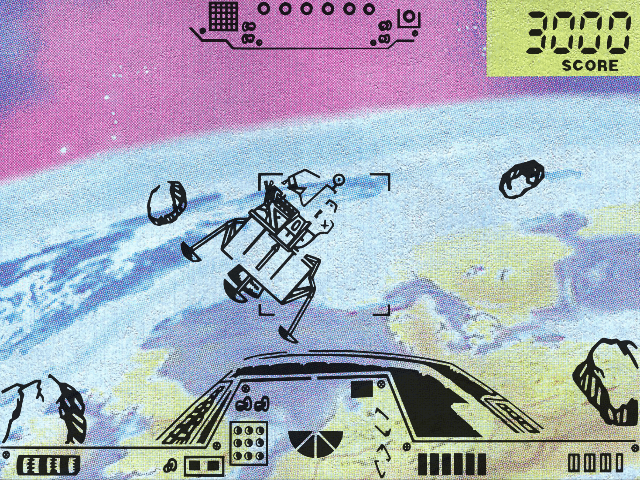
.. Gauntlet (Tiger Handheld)
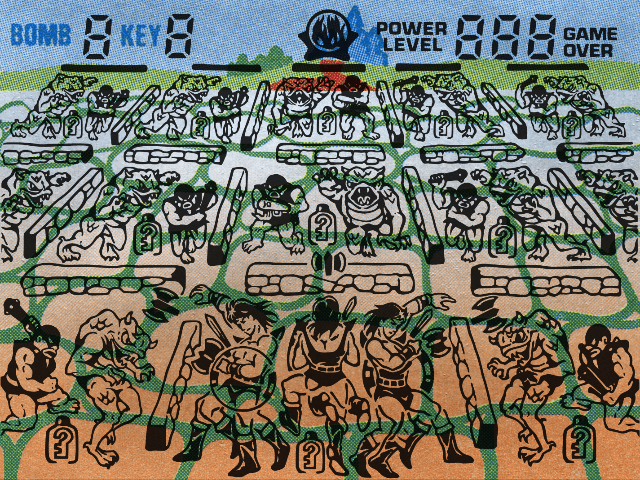
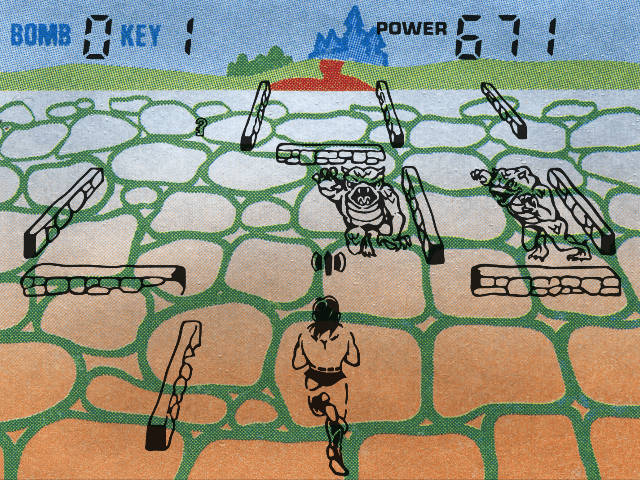
.. Robin Hood (Tiger Handheld) which is actually the same game as Gauntlet, but with different images; the MCU code is identical, it’s just a reskin.
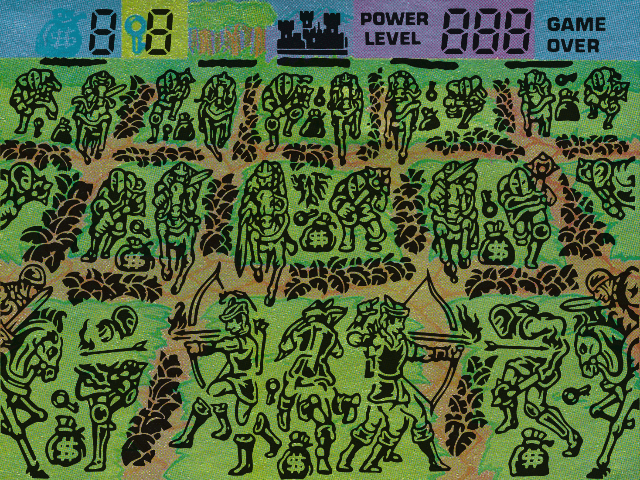
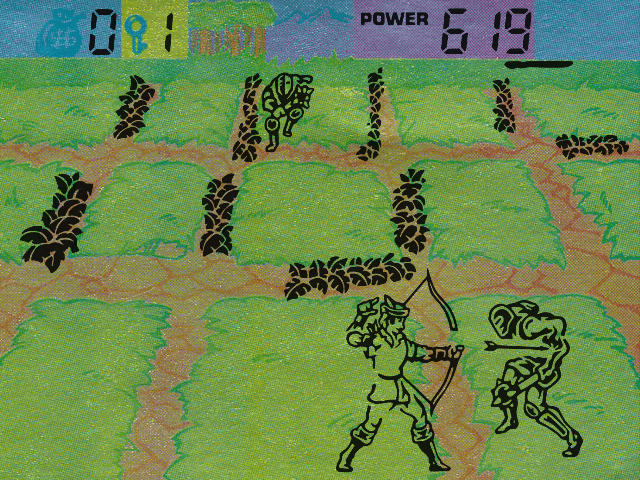
.. Sonic the Hedgehog (Tiger Handheld)

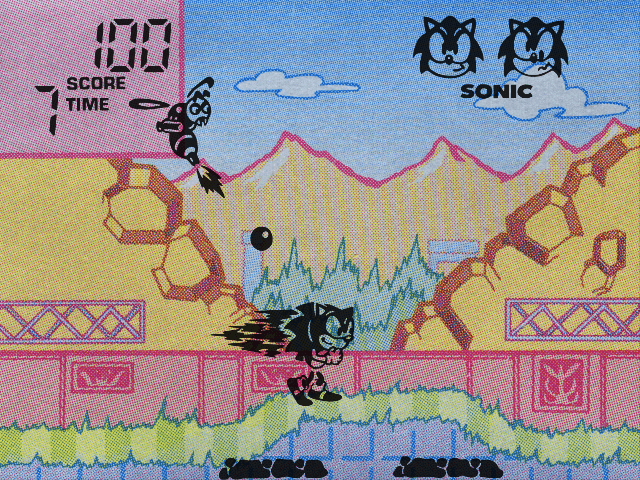
.. Batman Forever (Tiger Handheld)

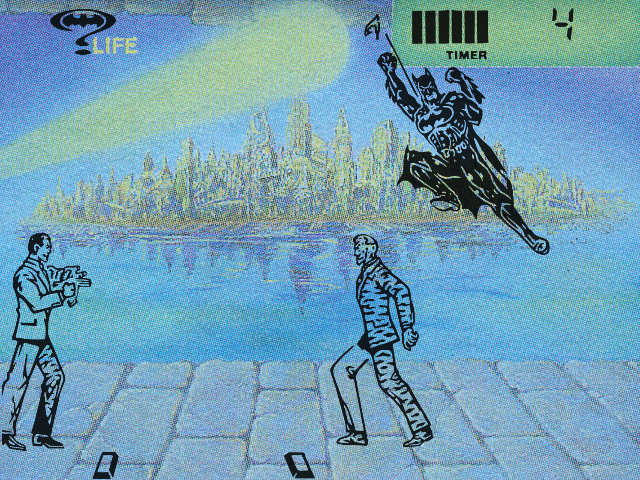
.. Batman (Tiger Handheld)
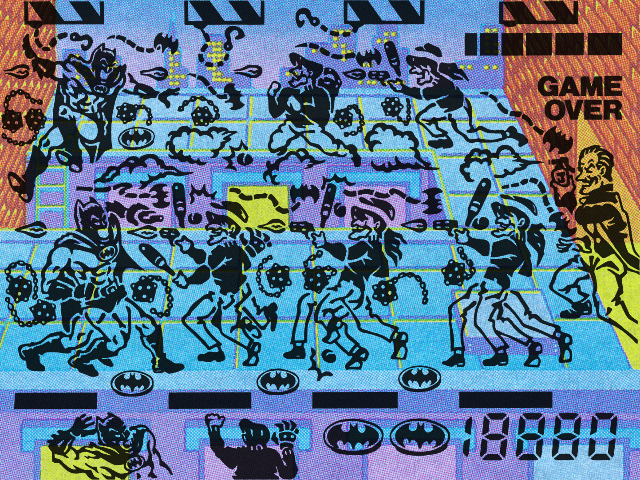
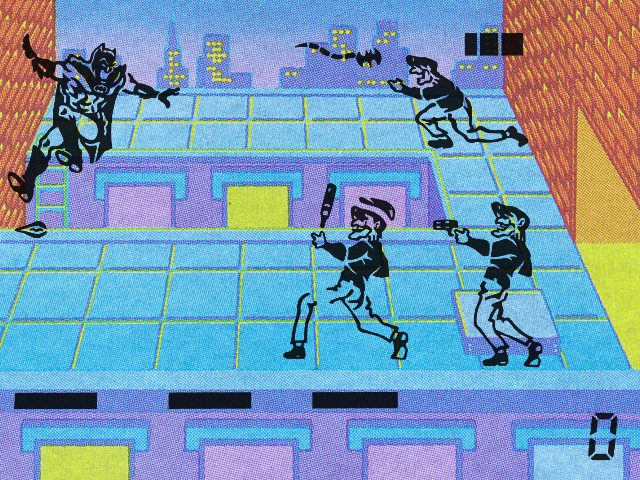
.. Battletoads (Tiger Handheld)
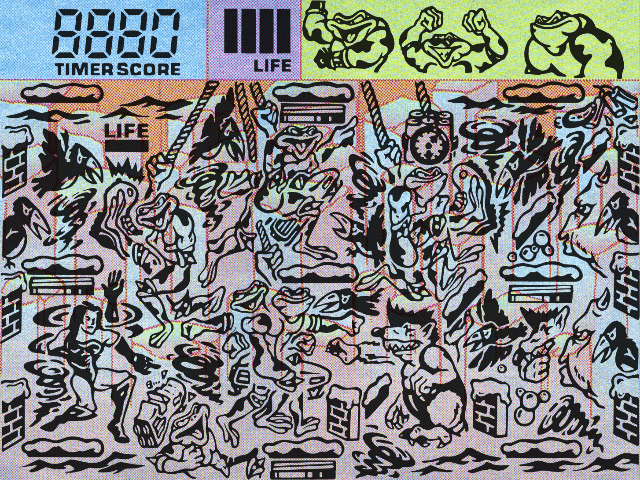
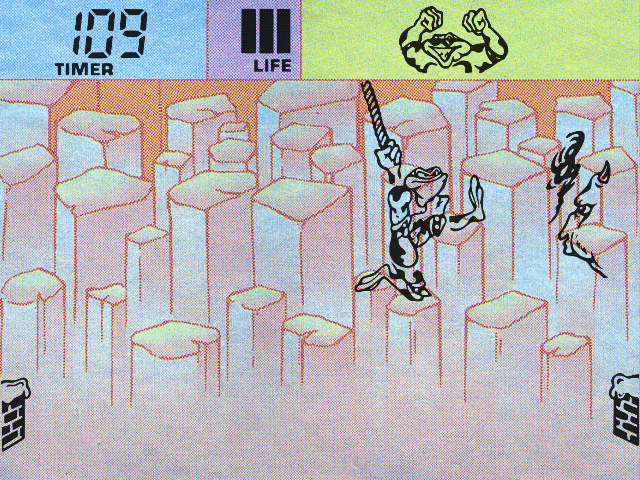
.. Karnov (Tiger Handheld)
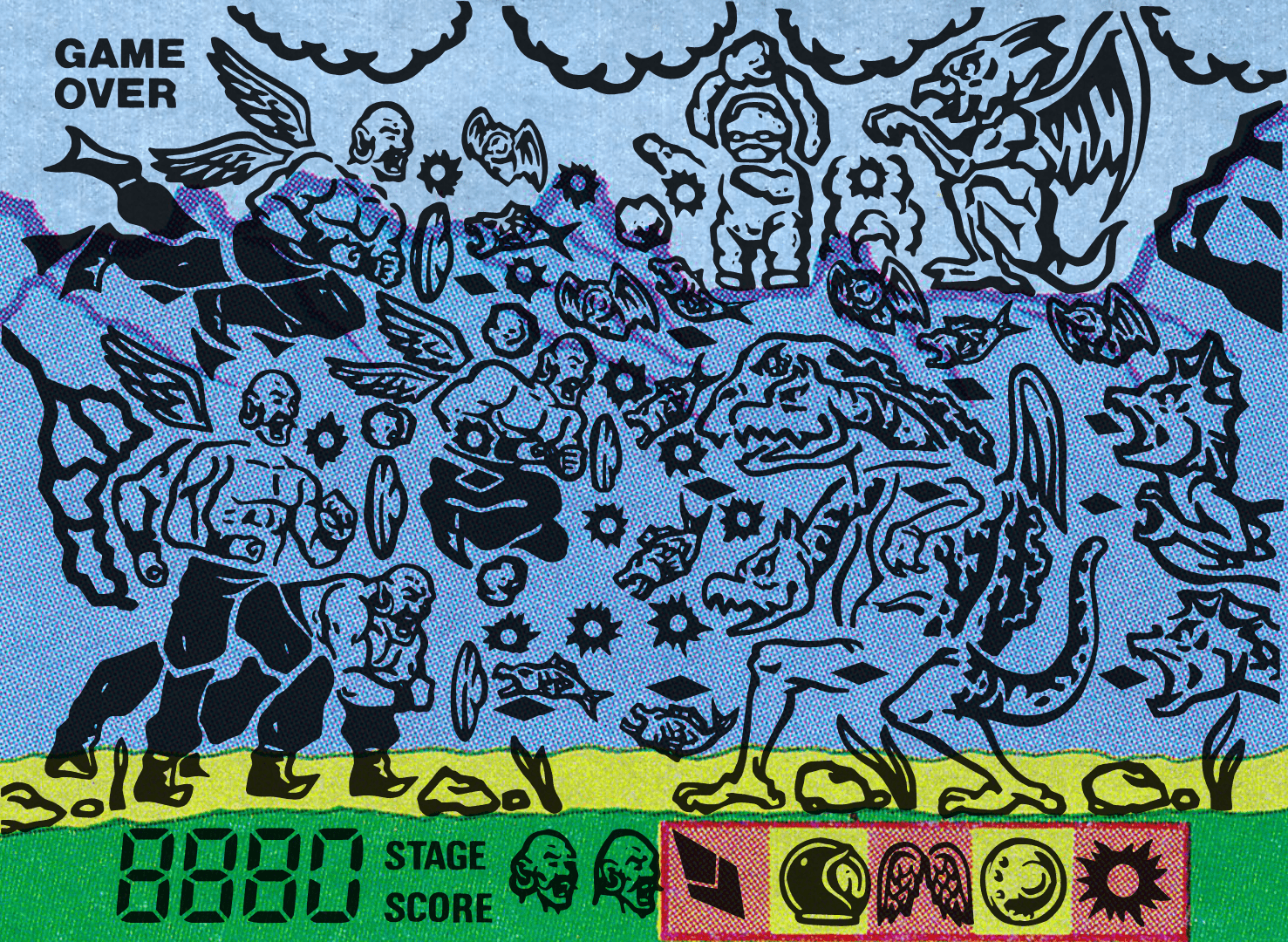
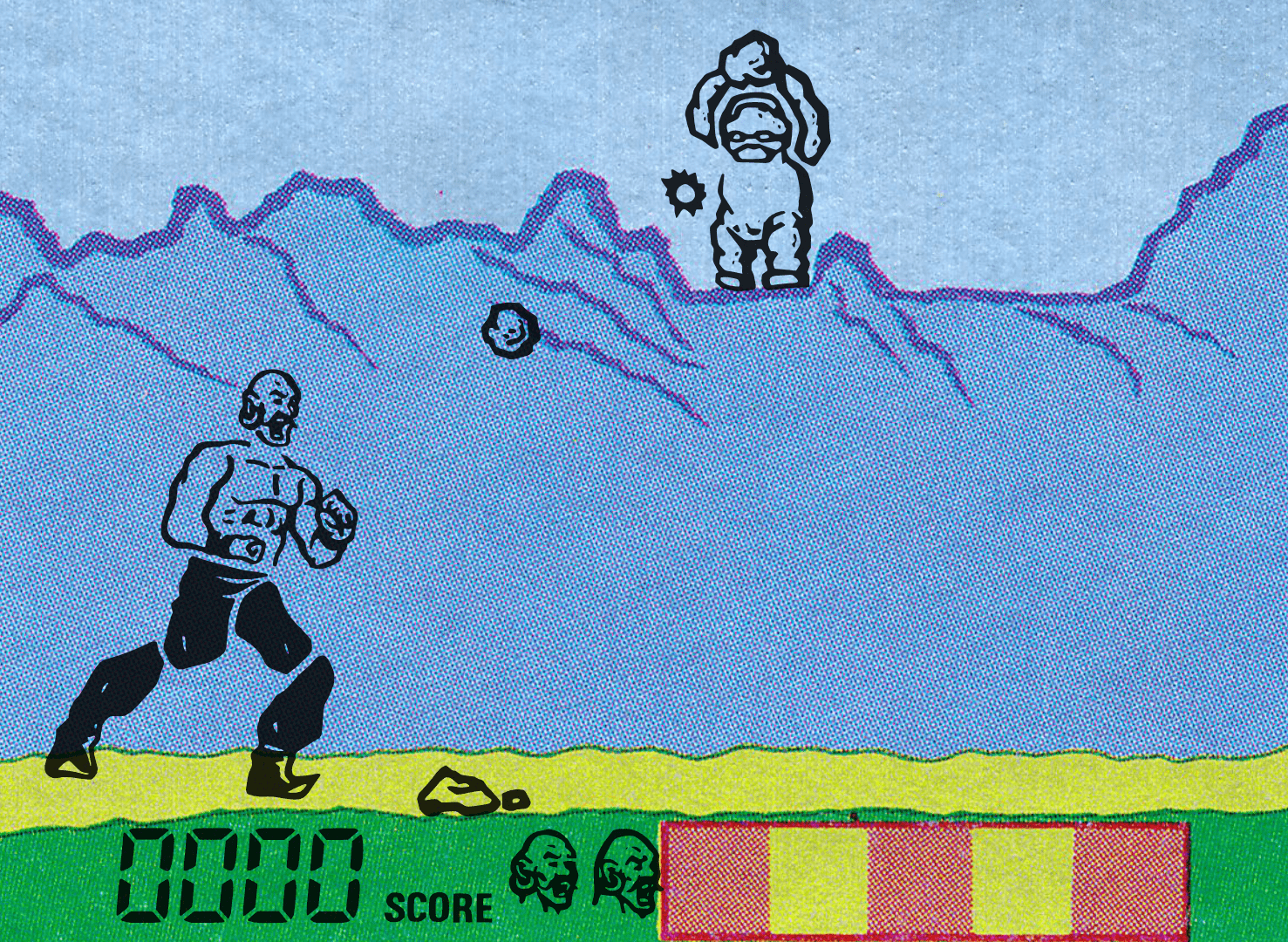
.. Judge Dredd (Tiger Handheld)
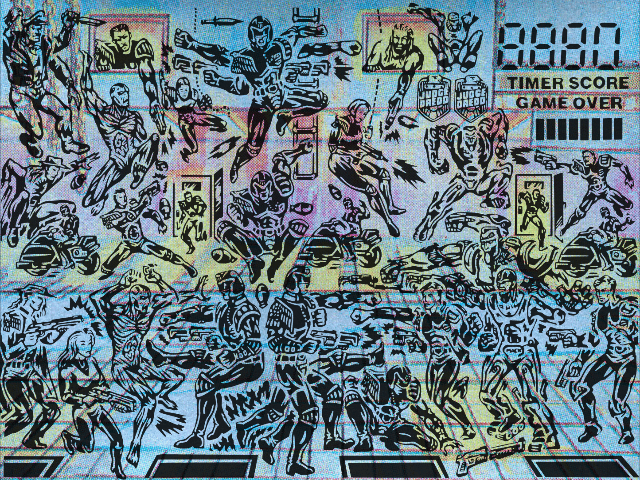
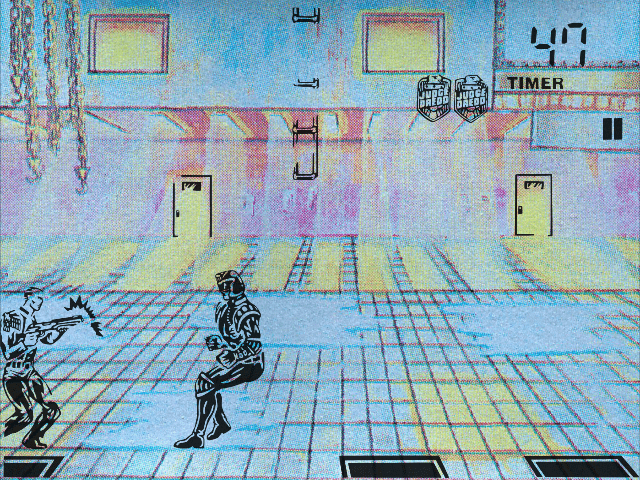
.. Nightmare Before Christmas (Tiger Handheld)
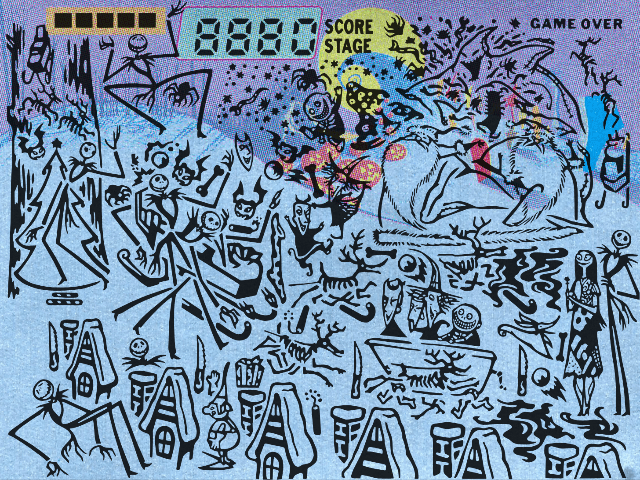
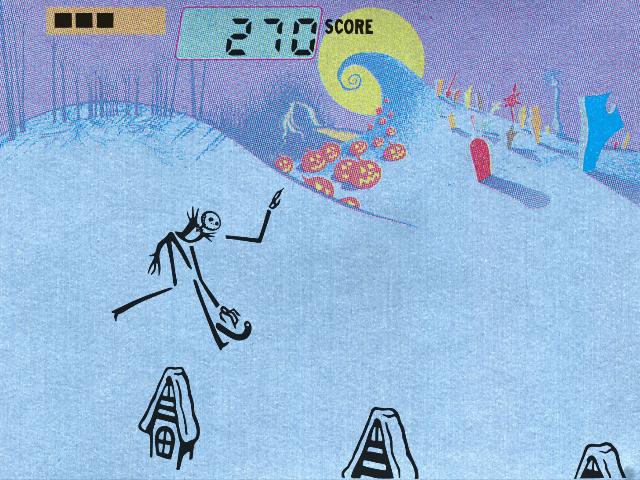
Mortal Kombat (Tiger Handheld)
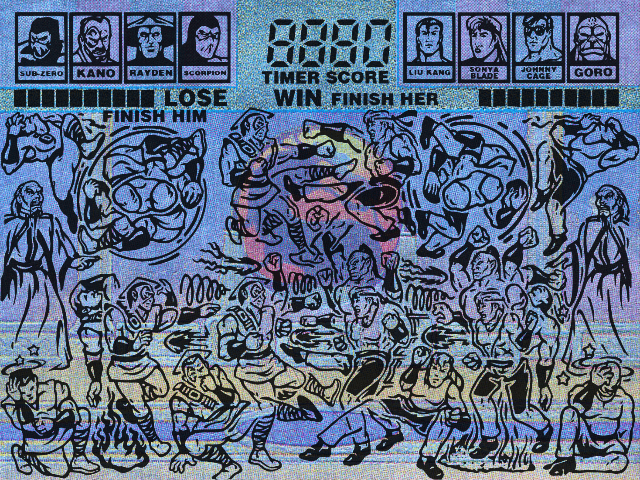

MC Hammer (Tiger Handheld)
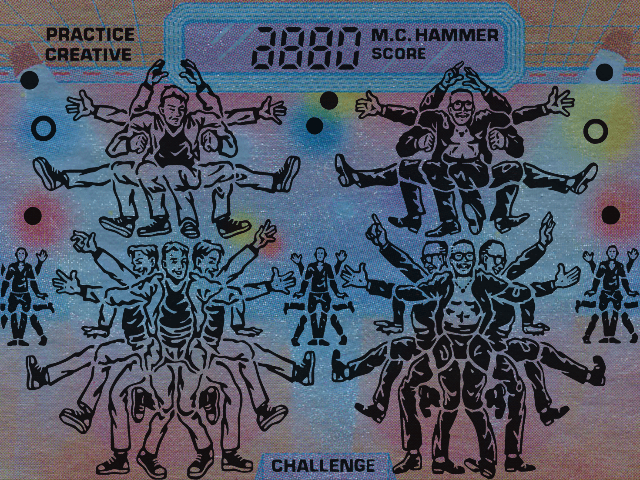
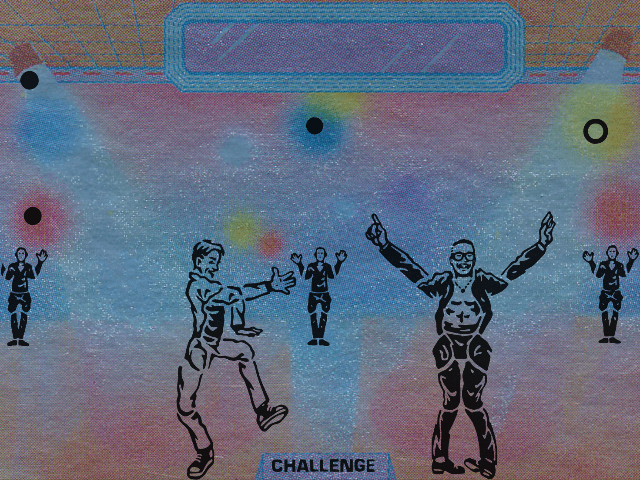
Robocop 2 (Tiger Handheld)
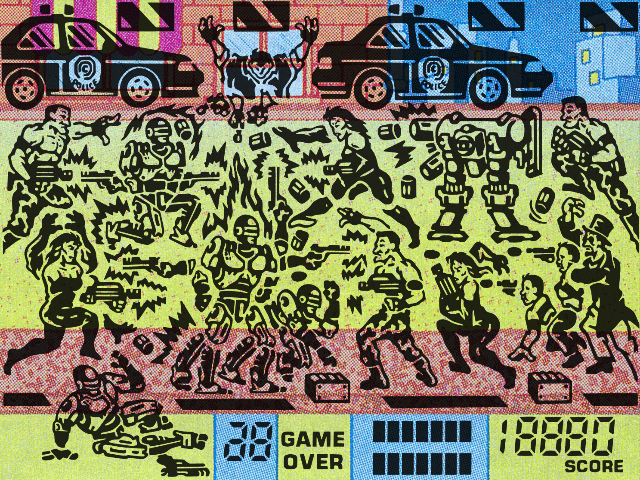
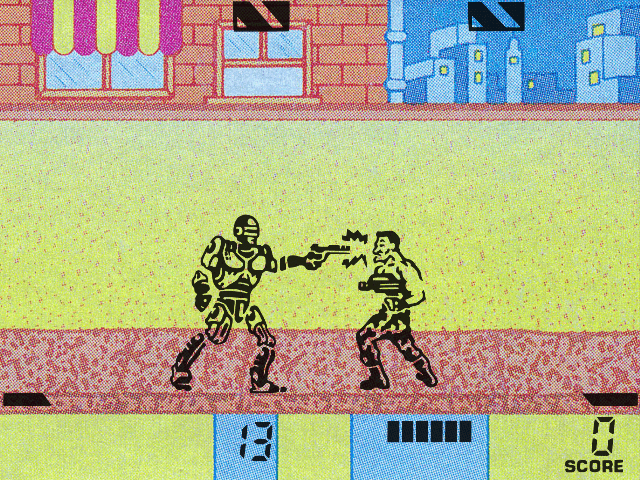
Swamp Thing (Tiger Handheld)
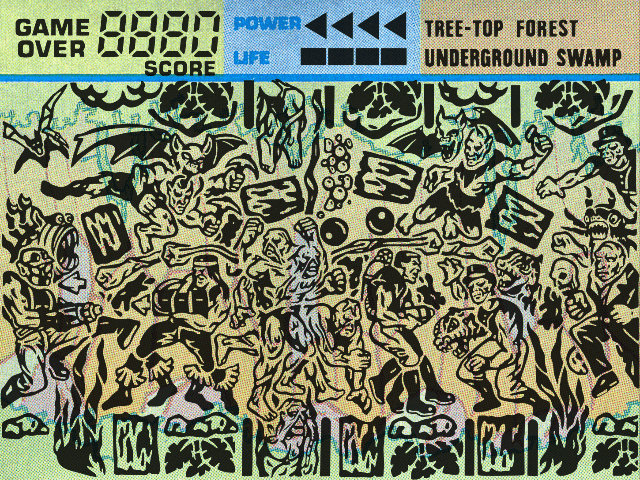
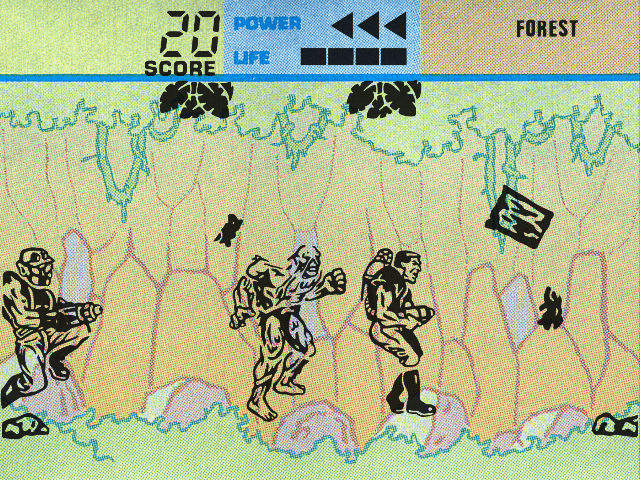
Street Fighter 2 (Tiger Handheld)
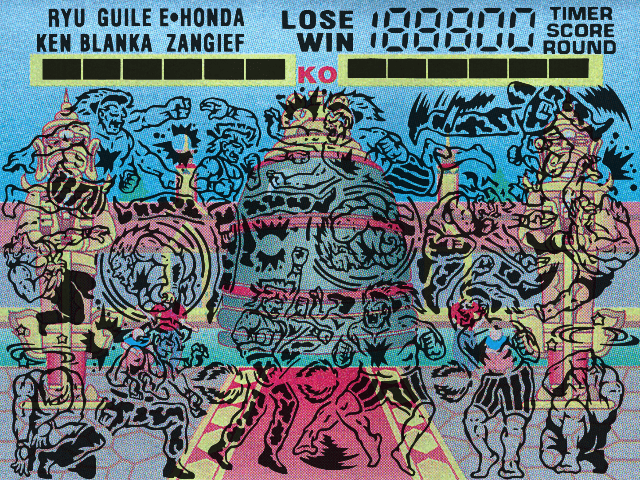
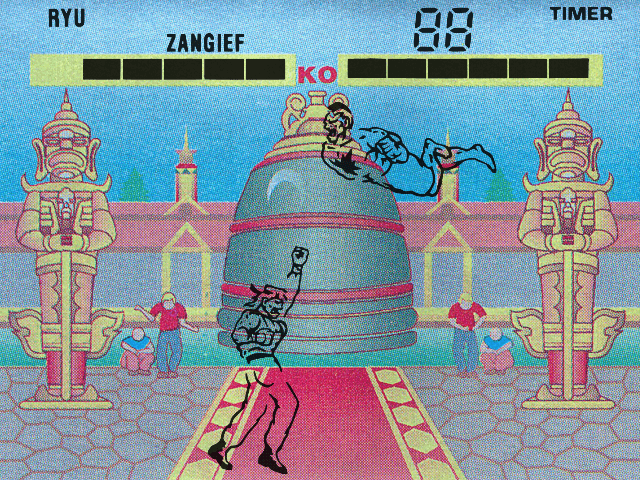
The Shadow (Tiger Handheld)
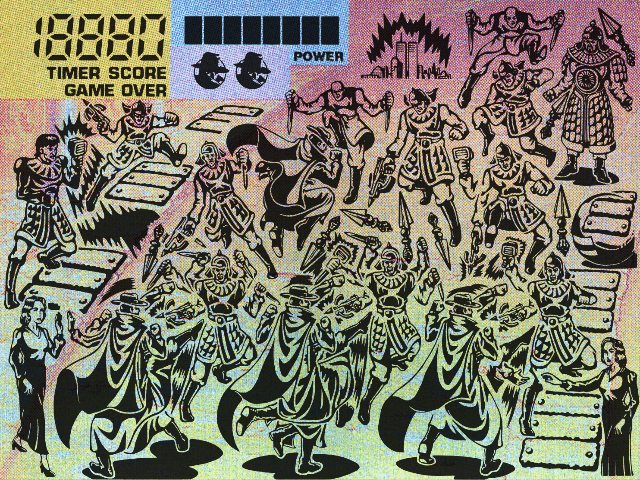
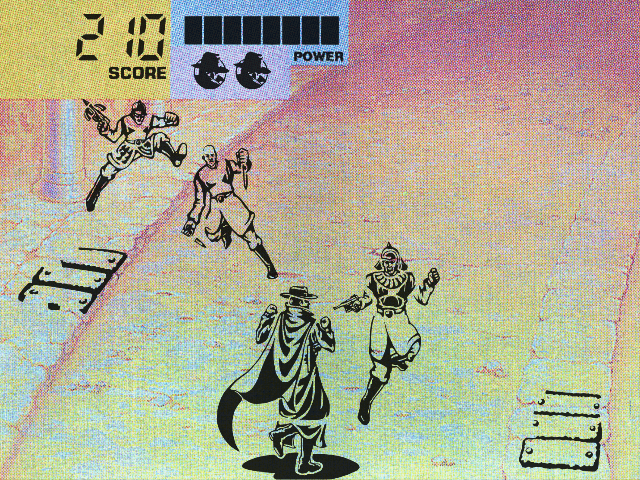
Space Harrier (2) (Tiger Handheld)
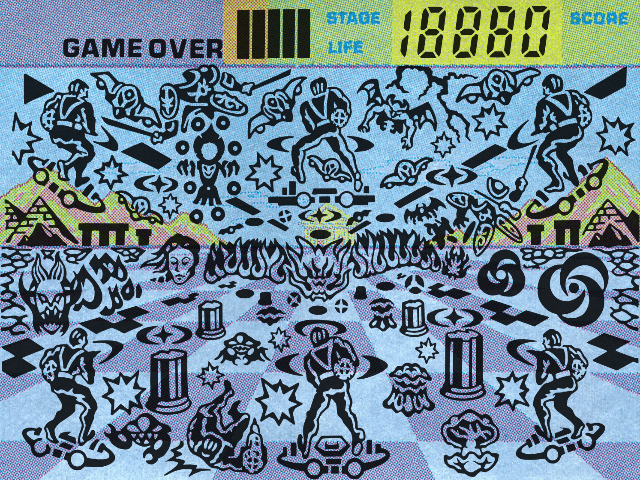
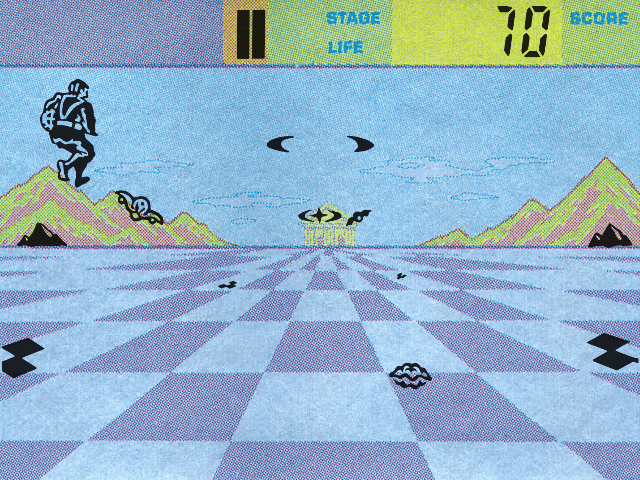
Space Jam (Tiger Handheld)
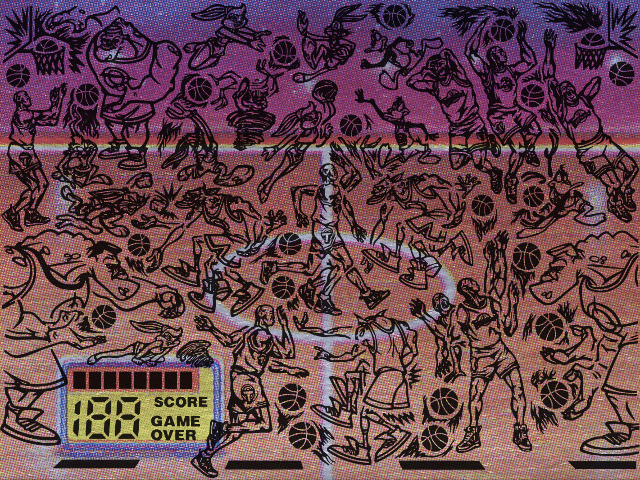
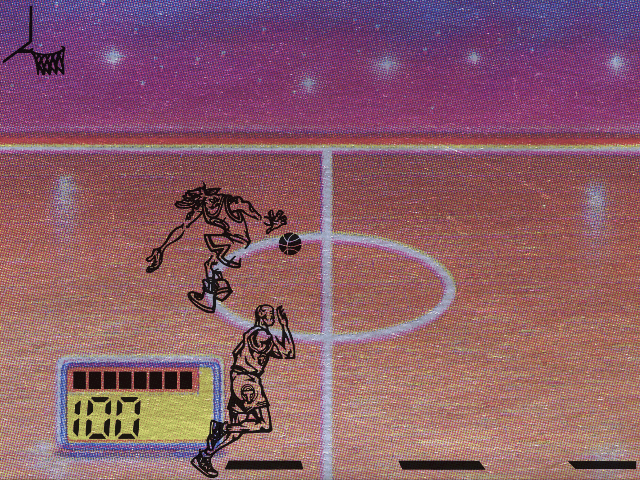
Altered Beast (Tiger Handheld)
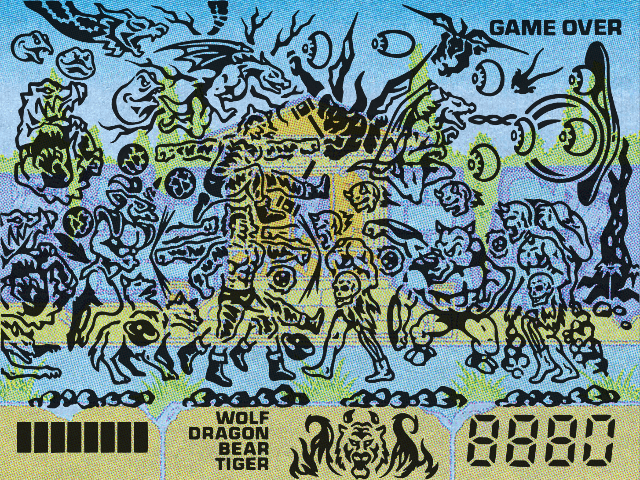
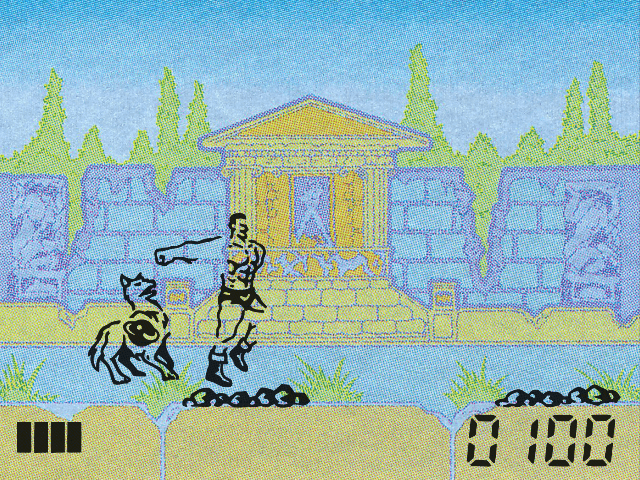
Tiger’s poorly received R-Zone also saw a few titles dumped and emulated (basically the same process as above) Here are a couple in their full red-screen eye-bleeding glory.
Batman Forever (R-Zone)

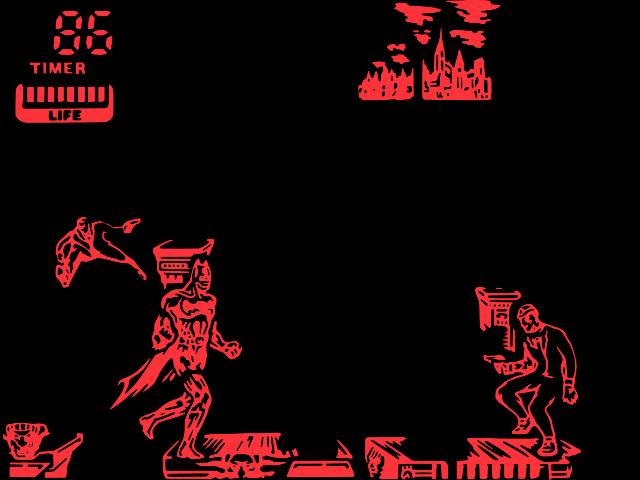
Indy 500 (R-Zone)
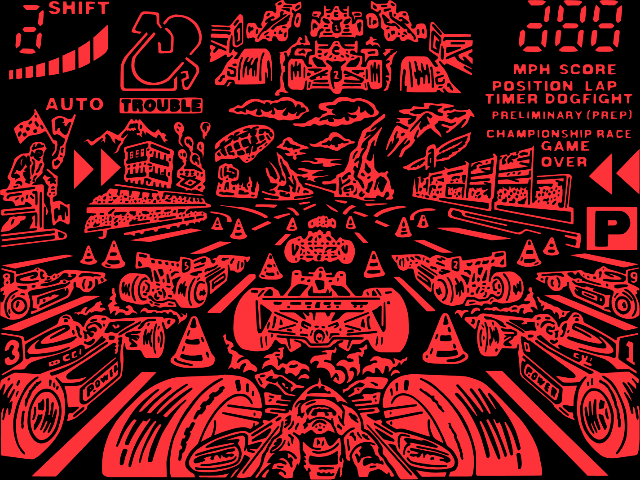
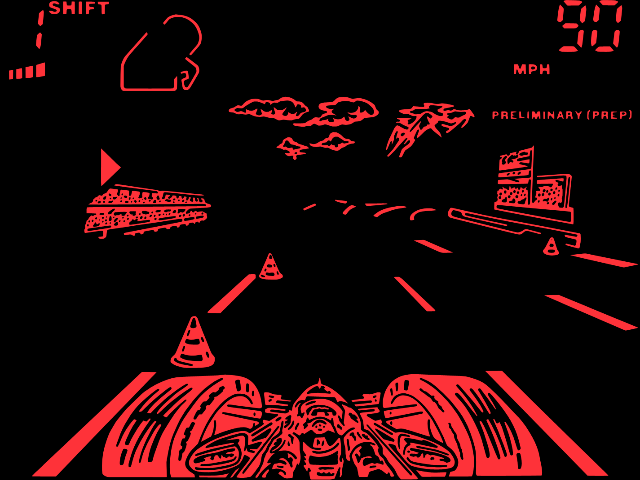
Konami handhelds
Konami also put their name on a number of these handheld games, again often based on popular TV shows or other IP of their own, basing them on arcade games and such. Some of them boot with all the game elements turned on like most of the ones above. These include
Blades of Steel
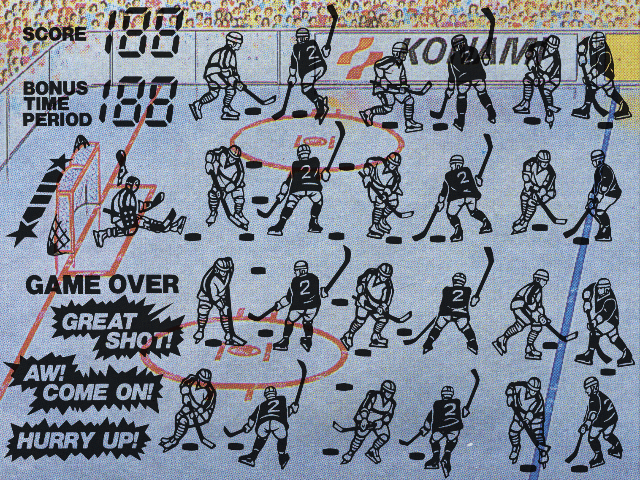
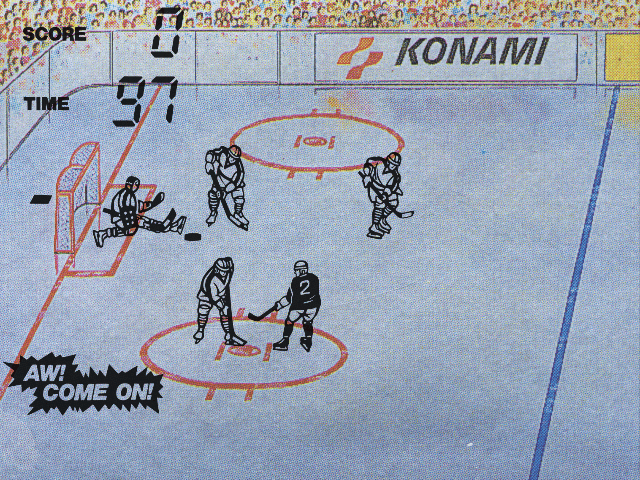
Bucky O’Hare
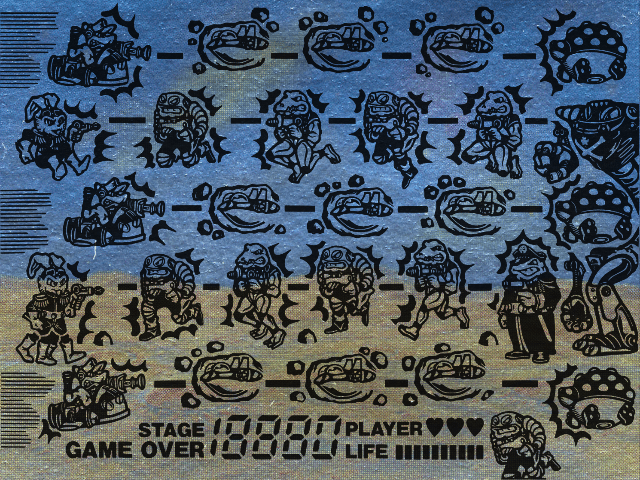
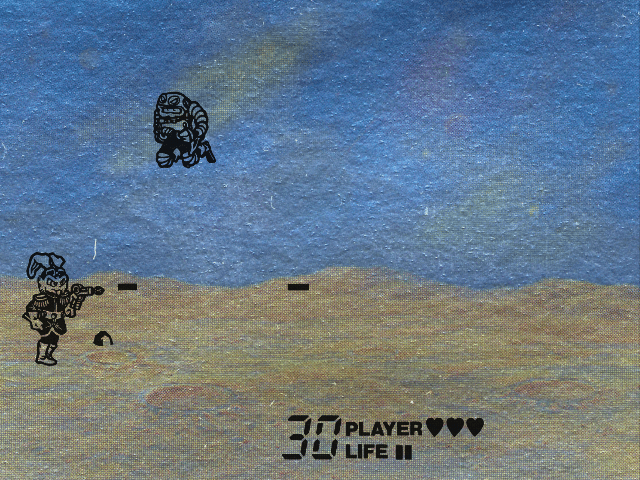
Garfield
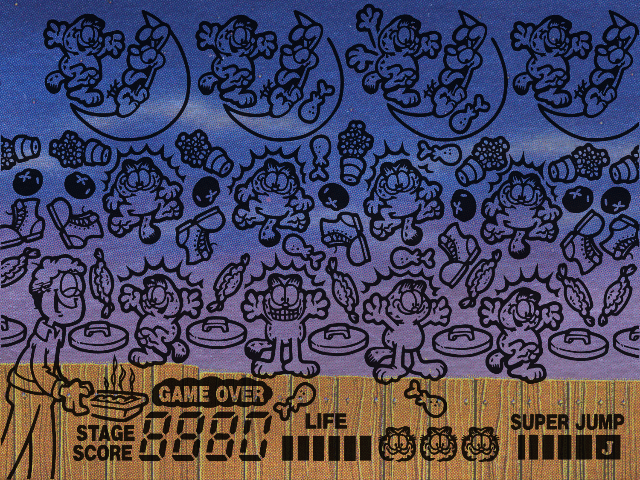
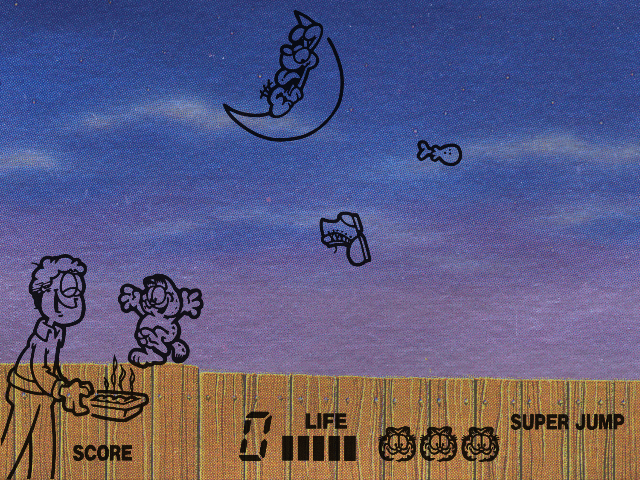
The Adventures of Bayou Billy
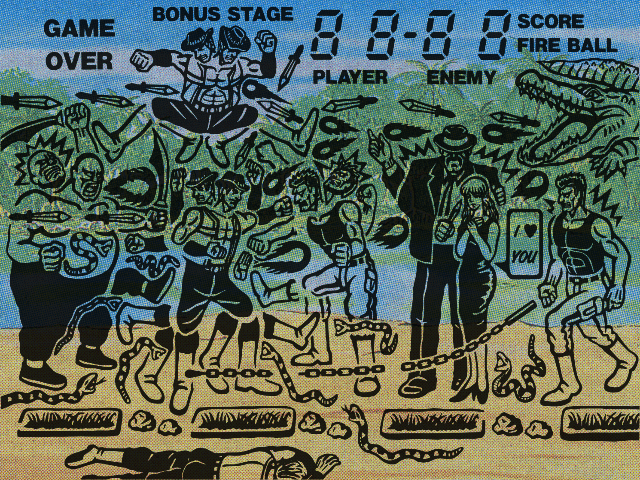
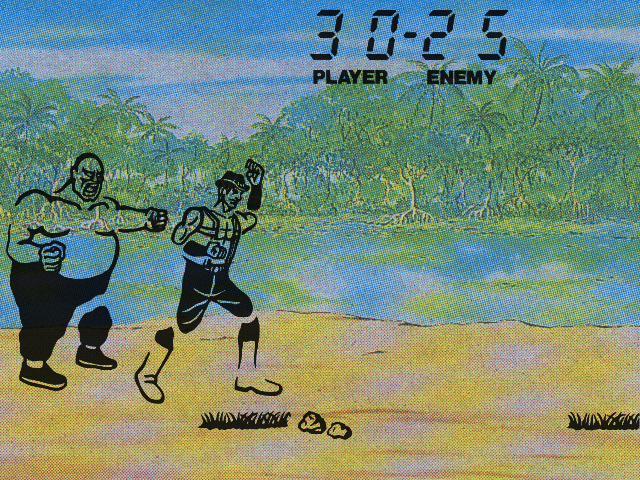
NFL Football
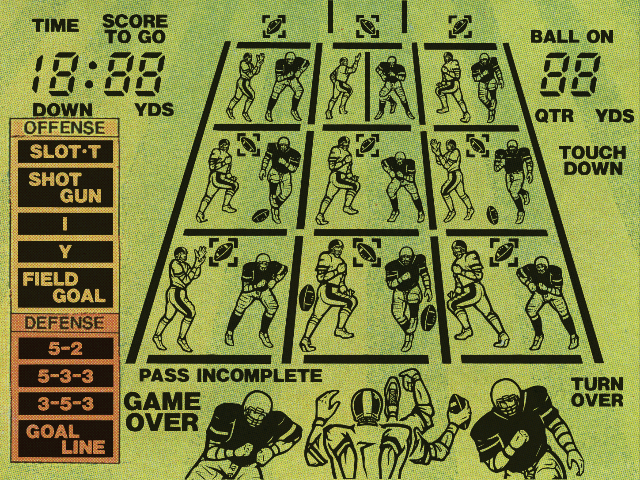
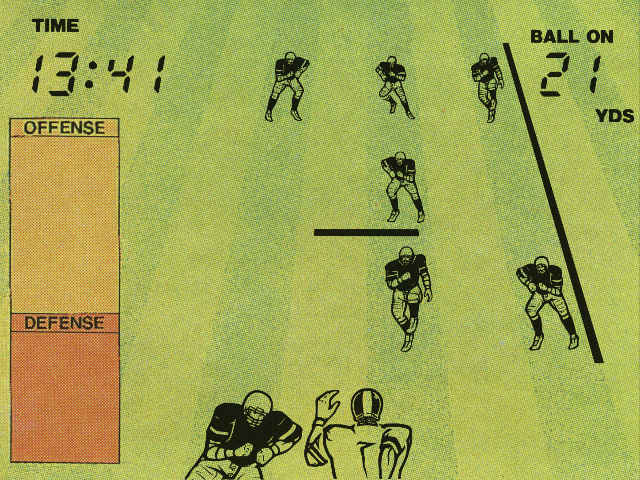
Others don’t show the full screen of images on boot.. these include
Double Dribble
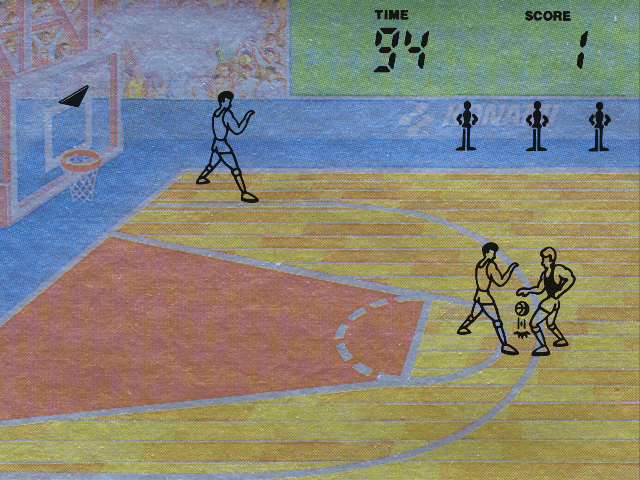
Contra
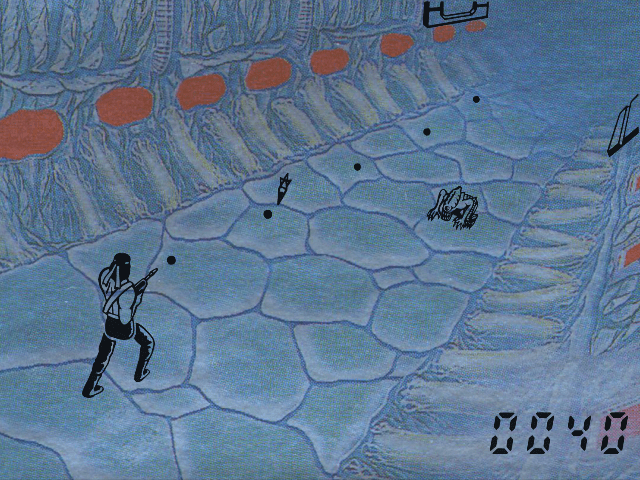
Gradius
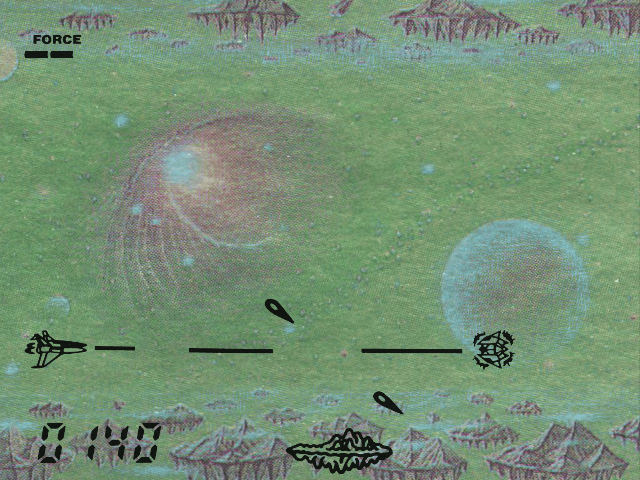
Lone Ranger
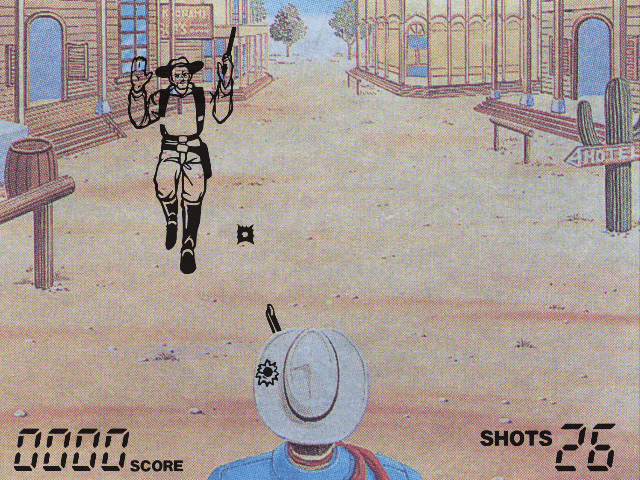
Top Gun
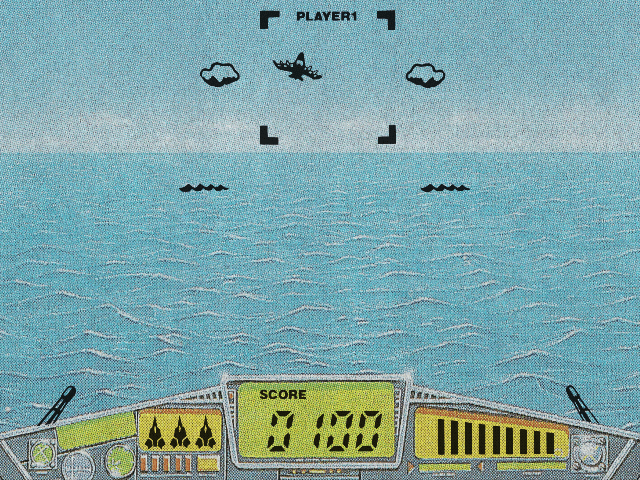
Teenage Mutant Ninja Turtles
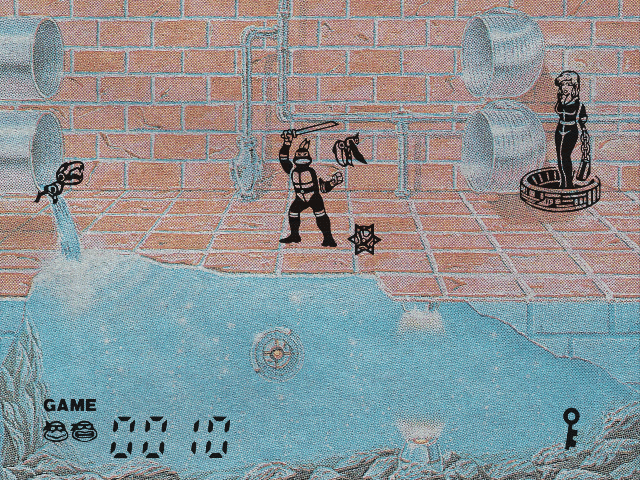
Loose Ends
There are times when we’ve been fairly sure something exists for a while, but unable to track it down. In the case of the Sega Megaplay driver that something was the last known remaining game, a version of Gunstar Heroes. Like all Megaplay games it’s received a number of tweaks to make the game less fair and keep play time down compared to the original Mega Drive / Genesis release, but is otherwise mostly intact. There’s still the long-standing bug with the Megaplay driver where the start buttons don’t register properly, causing the ‘Press Start’ text to often stick on screen during gameplay, as a result of this the driver was actually demoted to NOT WORKING as there doesn’t seem to be an easy fix and has never worked any better than it does now.
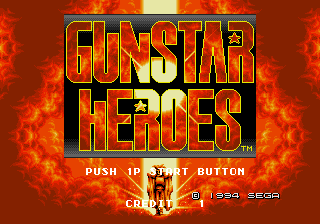
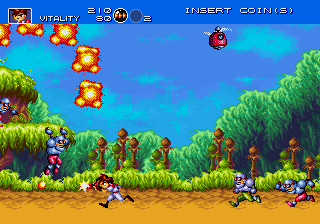
Rare
Omori games seem to be rare compared to those produced by many other manufacturers so it’s always good to see a new one turn up. DodgeMan is one such title and runs on the same board type as Battle Cross and shed some new light on the driver, allowing for emulation improvements. This walk-along shooter is very playable and its existence certainly dodged our attention for a very long time.
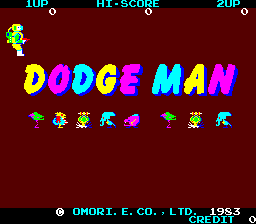
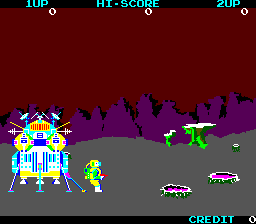
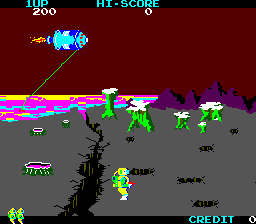
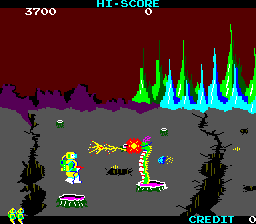
EPOS boards aren’t exactly common and have a habit of turning up with broken ROMs, so finding a working Revenger ’84 was another highlight from 2017.
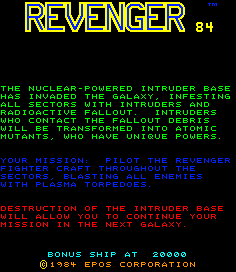
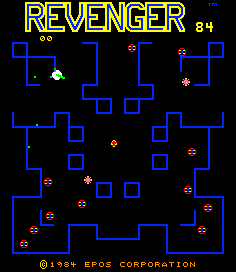
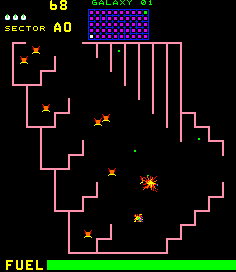
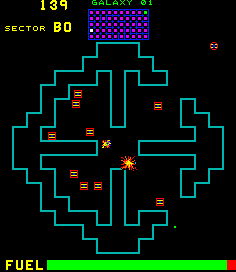
Omega is some kind of sequel / official modification of Gigas, with new levels and the ability to curve the ball by holding down fire and moving the mouse without requiring any additional powerups.

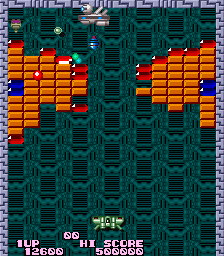
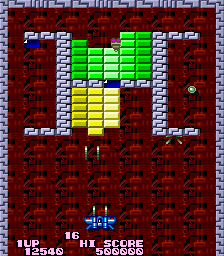
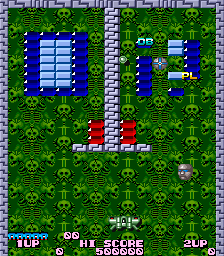
Prototypes are obviously rare too, and a Jaleco prototype of a basketball game called “In Your Face” was a surprising find. The game was only known to exist on the Game Boy up until that point, so to see a full arcade release was unexpected. Sadly the priority PROM was missing even from the original board, so one had to be handcrafted in order for the game to appear correctly. Given the rarity of the item it’s highly unlikely the original PROM exists anywhere.
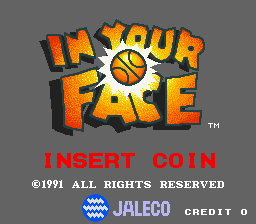
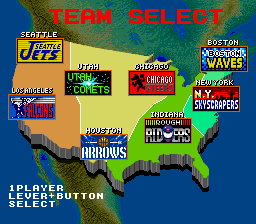
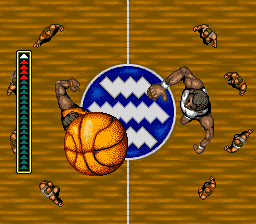
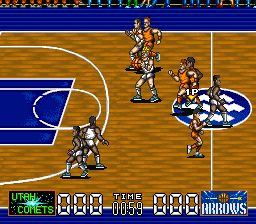
Calcune is another prototype, this time a puzzle game running on hardware with VDP technology licensed from Sega. The VDP used, actually a pair of them, are the same as the one on the Sega Genesis meaning this board actually has double the video capability of a Genesis. The game doesn’t really make effective use of this, if anything it just seems to have been used to get over some of the palette size limitations of the Genesis without resorting to raster tricks etc. It’s fairly easy to see why this one was cancelled, the game feels laggy and unresponsive, rounds tend to drag on, and planning a strategy doesn’t really ever seem intuitive or fun. It’s got an interesting art style tho.
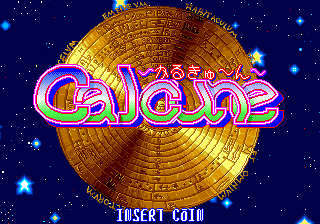
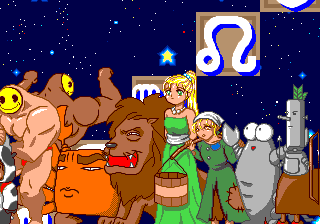
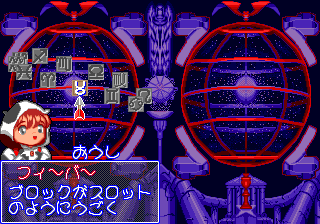
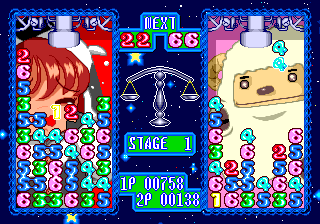
Another prototype, Jump-Kun is a bit more of a mystery as to why it never saw release. We believe the game to have been developed by Kaneko (although no copyright is shown) on Taito hardware. The game is a single screen multi-layout 8-bit platformer in the classic ropes/ladders and platforms style and all elements of it feel well thought out and properly balanced. It’s as good as many any of the games that attempted this kind of formula and a lot better than many of the ones that did actually get released. Maybe it just got tested in the wrong places at the wrong times and was ultimately cancelled.
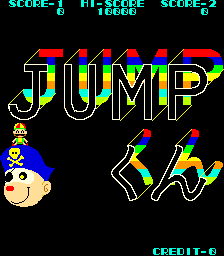
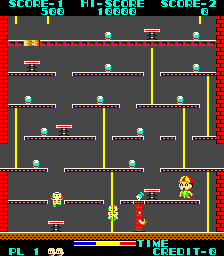
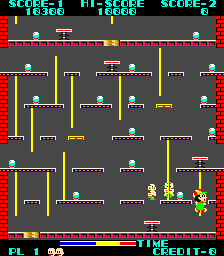
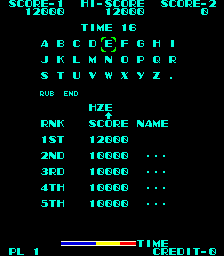
The later Galaxy Games ‘Star Pak’ titles are also uncommon, with the 4th possibly never seeing release. Data for these was actually sent to us by the original developer. The 3rd game has Centipede as the main attraction, as well as a host of other simple touch-screen driven titles.
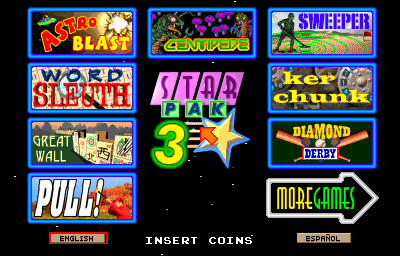
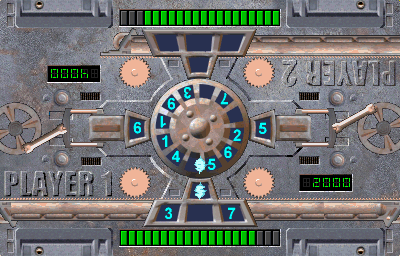
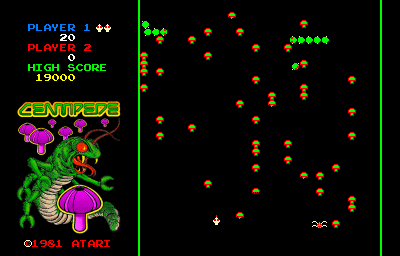
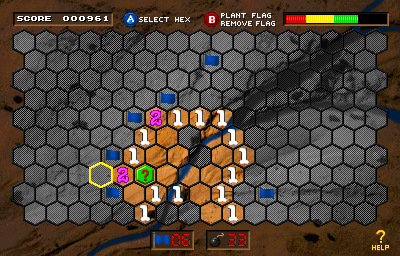
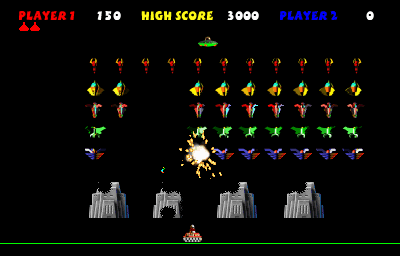
The 4th in the series uses Berzerk as a centerpiece, although a number of the titles in this one exhibit graphical problems that could either be due to a data/code version mismatch, or errors in the blitter emulation. It is considered a prototype, but it looks like the correct data is there and the game is using slightly incorrect addresses for the sprites it actually wants.

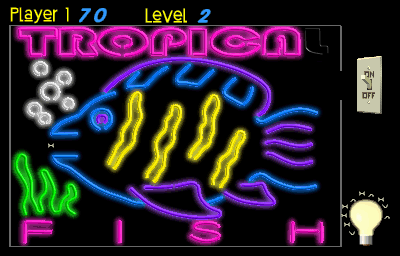
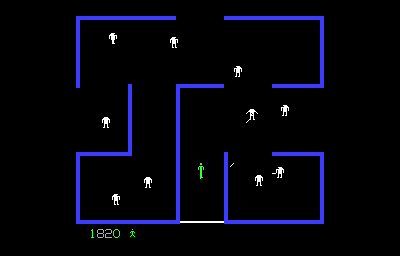
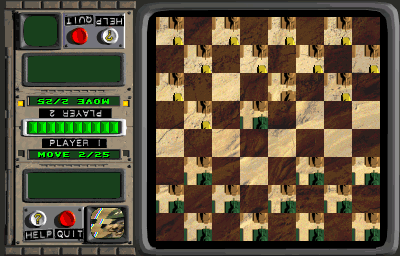
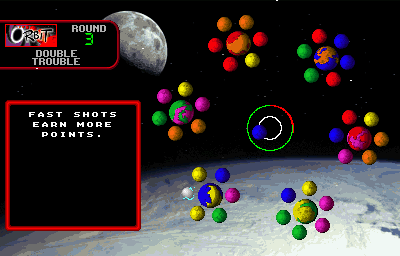
Time Attacker is a Breakout / Super Breakout clone where the manufacturer experimented with different elements such as areas of the screen that cause your ball to have random movements. The game feels just like that tho, an experiment, somebody playing around with the Breakout formula without ever really understanding what made it work.
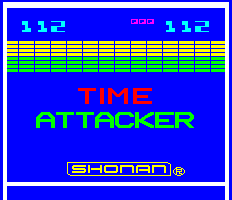
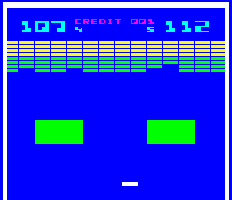
The Stern games Mazer Blazer and Great Guns seem uncommon these days, to the point where we still haven’t managed to locate a Mazer Blazer PCB that actually still has the speech ROMs intact or even managed to source one to dump a missing PROM. It’s also been annoying to emulate, and still isn’t quite right. Both games are playable now, with varying degrees of visual accuracy.
Mazer Blazer looks good apart from the UFO escape animation, which doesn’t clear previous graphics properly
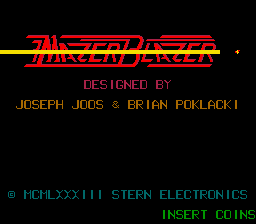
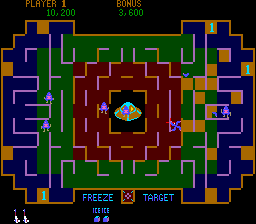
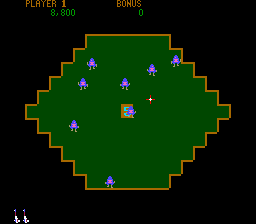
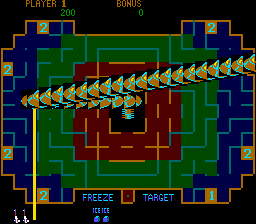
Great Guns looks good, although without a reference video I’m not sure if there are some priority issues or not. Aiming doesn’t seem very accurate tho, but maybe it just needs tweaking.
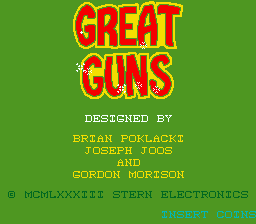
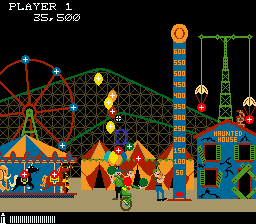
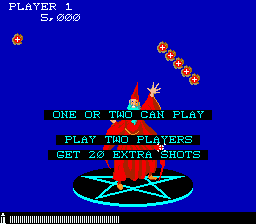
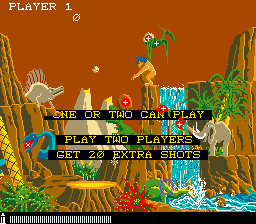
Victory by Comsoft is another uncommon title, probably because it was sold as a conversion kit for Galaxian type hardware, but with Galaxian being a classic game and there already being a flood of conversion kits for similar hardware it didn’t get used much, or got converted back. It’s actually basically the same game as Orbitron but with a different theme. Presumably Comsoft licensed the game to Signatron but Signatron didn’t like the original theme.




A genuinely rare original is Taito’s Space Cyclone. The hardware is a heavily souped up version of Space Invaders style hardware, but with sprites, hardware collisions, speech samples, and a complex starfield which is not yet properly emulated.
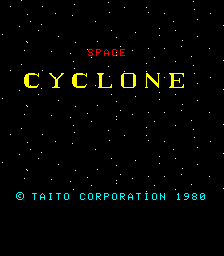
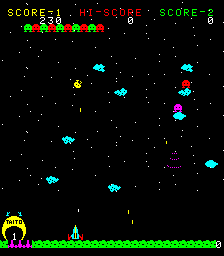
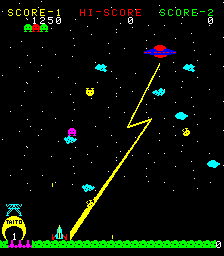
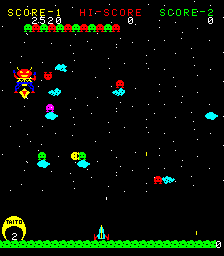
I’m not really sure if Korean hacks can be counted as rare, especially not when the source game was a very popular arcade releases, but Kick Ball – a hack of Power Spikes, is certainly interesting due to the extensive nature of the hacking that was done to the original code, and like many Korean games that take this approach, the total replacement of most of the game graphics, leaving just enough in to make it obvious that it is still Power Spikes at heart.
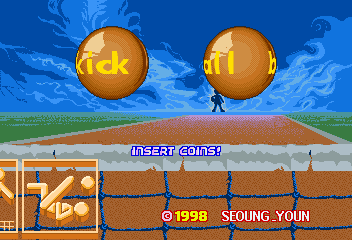
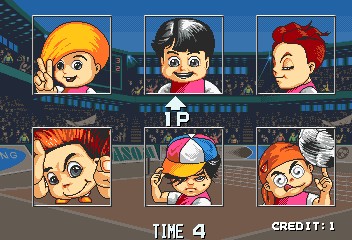
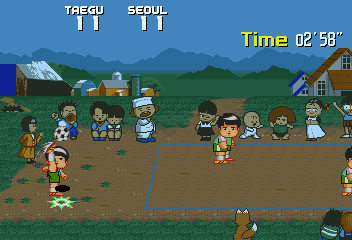
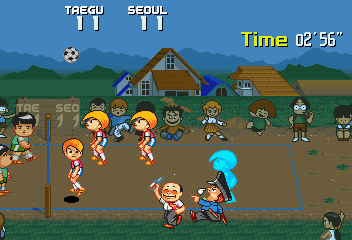
Jumping Break is one of my favourite Korean titles on Hyperstone based hardware, a cute take on the breakout formula. Poosho Poosho is an updated version of that game, offering a new selection of levels and some gameplay tweaks too.
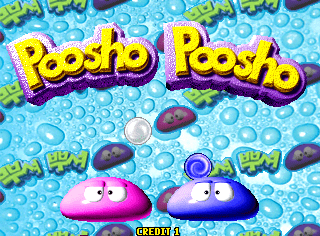
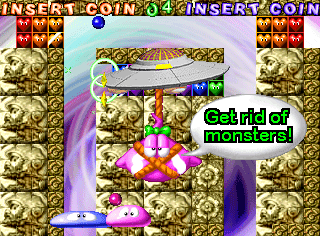

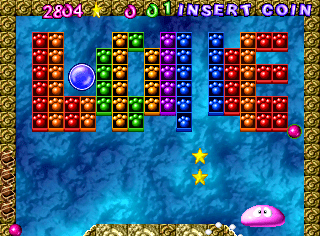
A prototype for which a driver was submitted at the end of 2017, so didn’t make the final MAME release of 2017 is Atari’s Cyber Storm. Cyber Storm appears to take elements from Time Killers and Mortal Kombat then dress them up in a Robot vs. Robot theme.
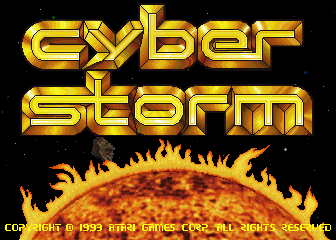
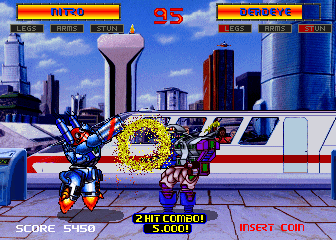

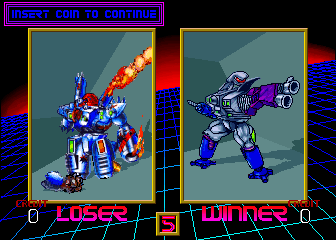
Misidentified
Sometimes we’ll be given things to work on that have been misidentified, and sometimes that mistake doesn’t get corrected until somebody points it out after a release. That’s what happened with “Pata Pata Panic” which we’d been told was “Acchi Muite Hoi” It’s a flag raising game, like Captain Flag which was added last year, although without the mechanical flags in this case making it a bit easier to emulate.
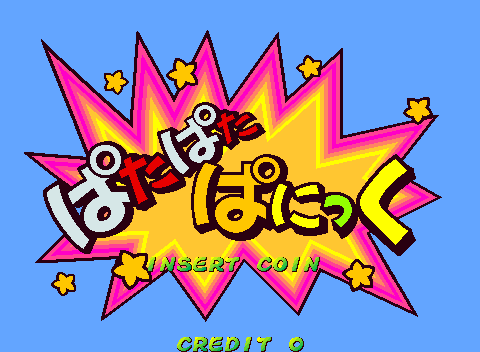

Another that has been a source of confusion is Gaelco’s Football Power. A PCB was purchased that we thought was Football Power but actually turned out to be “Gaelco Football” running on SH4 based hardware. However later in the year an actual Football Power PCB turned up and it runs on similar hardware to Surf Planet so MAME was able to emulate that one. The custom controls (you must kick a football) make it a bit tricky to play in an emulator, and there are still some graphical issues, but overall it runs well.
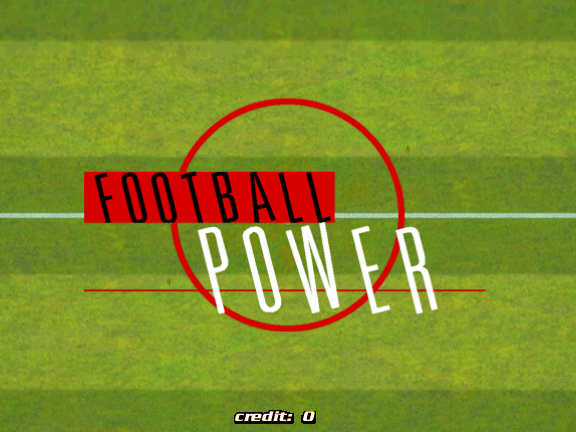

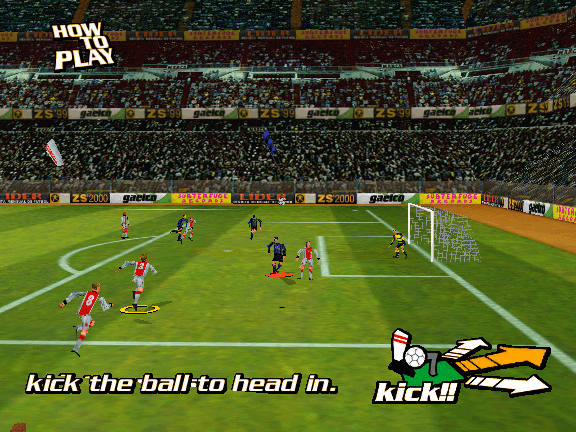
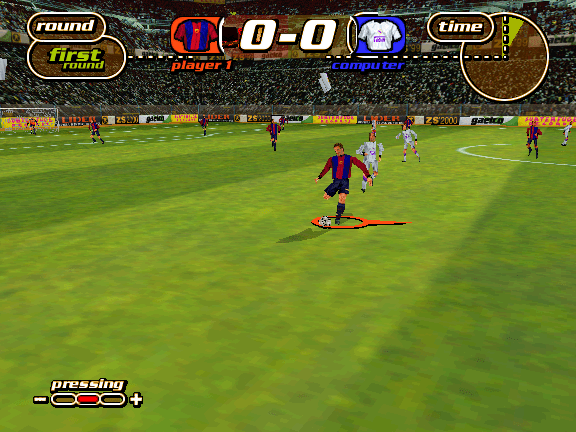
Solar Assault is another game where there was some confusion. Two versions of the game were dumped in 2017 but much of the excitement was directed towards the discovery of the ‘Japanese Onnly’ ‘Solar Assault Revised’ which was said to be an updated version of the original game.
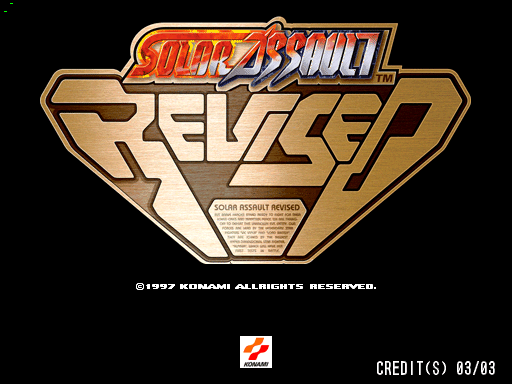
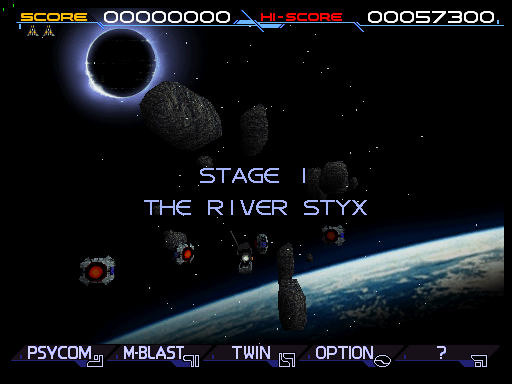
The other set that was dumped was the original Japanese release of ‘Solar Assault’ and at the time was considered the least significant of the two discoveries.
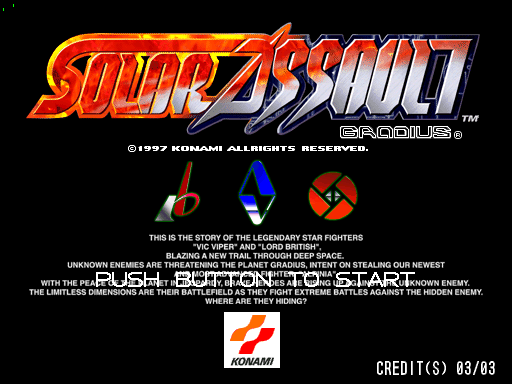
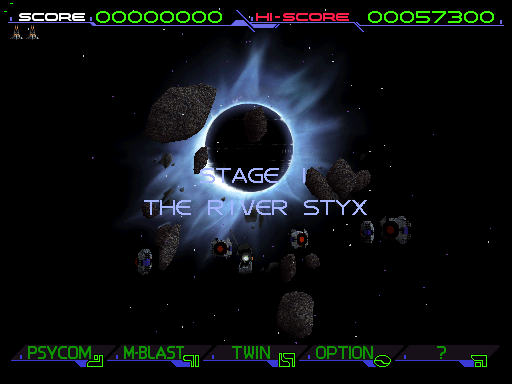
Now what ended up making this interesting is that the existing USA dump of Solar Assault was already based on the ‘Revised Edition’ code with the tweaks already in place, meaning the real discovery here was actually the original pre-revised Japanese edition instead. It seems that because the original version of Solar Assault was never released outside of Japan there was no need to put ‘revised’ on the title screens of the non-Japan releases. Here are some screenshots of the US version for reference, you can clearly see from the background on the first level, and colour scheme of the HUD that this is based on the revised revision. Note, the game should probably still be marked as NOT WORKING as it crashes on level 3 and always has done.

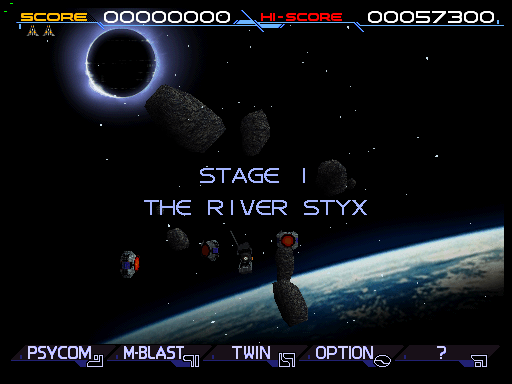
Deco Cassette
I’ve stated many times over that Deco Cassette games are rare and fragile and that new dumps are always good to see. In 2017 a version of Flash Boy was dumped. This game, also known as ‘The Deco Kid’ was released in both Vertical and Horizontal versions, the version dumped is a vertical one, for Japan.
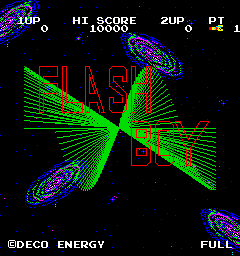
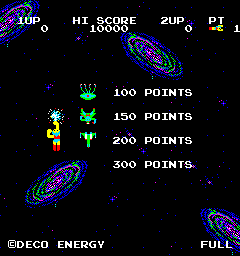
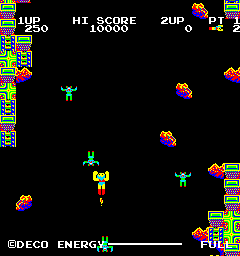
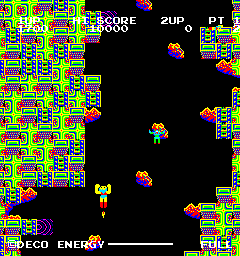
but that’s not where Deco Cassette news ends, different versions of Graplop and Lock ‘n’ Chase were also dumped and a set of Treasure Island that has been in MAME for many years was finally decrypted, with a bit of a surprise, it has a region code of ‘D’ and expects a bios that checks for that region code, so while the set is otherwise unremarkable and seems close to the existing sets it must be very rare as we weren’t even aware there were more than 2 regions for these.
The Japanese version of Lock ‘n’ Chase is actually one of the most interesting versions of the game as it shows the influence Pacman had on the development of the game a lot more clearly than other versions, with a maze layout closer to that of Pacman and sound effects lifted almost straight from it! It was also highlighted to me that this version has cutscenes every few levels, again, just like Pacman, while the wider release did not.
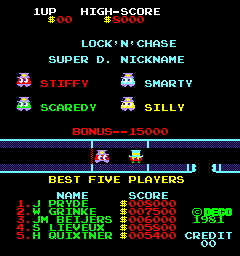
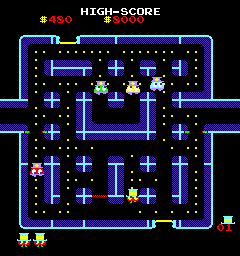
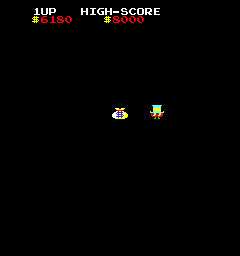
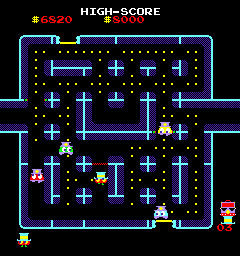
The Japanese version of Graplop actually has a title screen showing the name of the game unlike the early US version which lacks a title screen and later US versions, released as Cluster Buster, that change the game in other ways (actually making it a lot closer to the later released Flying Ball) This is the first time we’ve actually had a set showing the Graplop title.
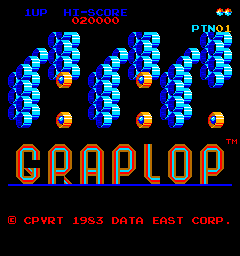
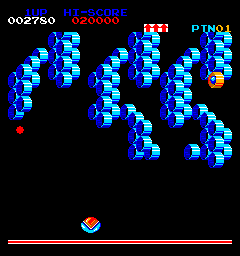
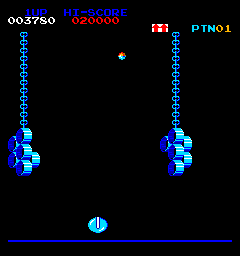
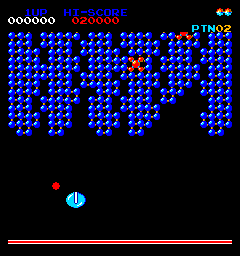
Maybe the biggest surprise with Deco Cassette was when a ROM board turned up for Explorer. This rom board is needed in addition to the cassette for the game to function, and while the cassette had been dumped 16 years prior, no rom board had been located. It actually turned up by complete chance, sold as something else entirely.
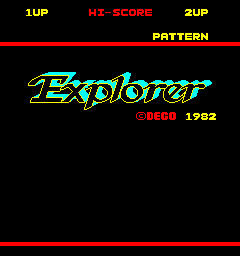
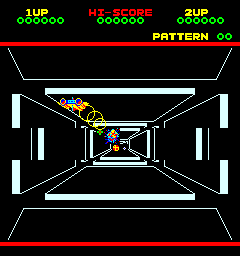
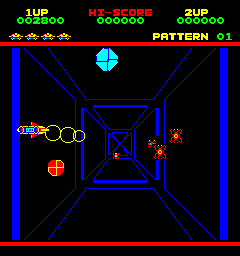
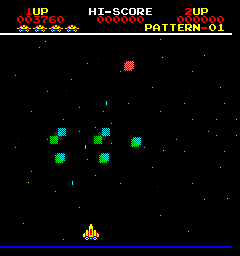
The final piece of Deco Cassette news that involves new dumps is a probably a little less interesting, but the unofficial ROM-based multigame kit was also emulated. The kit is from around 2008 so a lot of the more recently dumped games aren’t included in it, but it’s a piece of history now like everything else. Loading times are quicker than the cassette, but some of the games required significant code changes to get them working in this setup so it’s an interesting one to study, also Treasure Island was changed to require diagonal inputs for whatever reason.
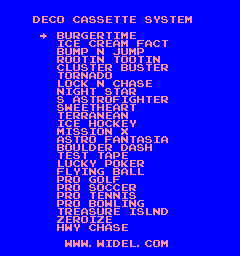
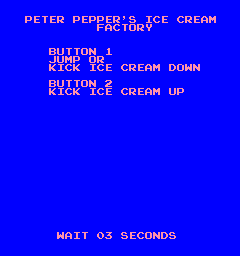
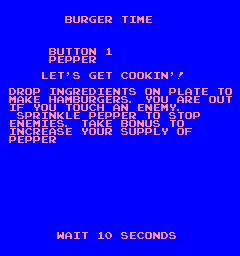
So, that’s it for new Deco Cassette dumps, but 2017 was a big year for Deco Cassette emulation in general and in addition to the new dumps there were actually a number of driver improvements too. One thing that had plagued the Deco Cassette driver for many years was the imperfect palette emulation meaning a number of games were not showing the same colours as the original PCBs would. Actually figuring this out was somewhat hindered by a lack of real resources many years ago and the fact that the *correct* palettes for some games are rather illogically not always the best looking ones. The good news is that the MAME emulation now matches the PCB colours in all cases, both the ones where the games look better, and the ones where the original design choices are somewhat questionable. One place you can really notice this is with “La Pa Pa” where the two revisions of the game use different background colours; presumably with the change being made based on player feedback. Previous versions of MAME had the same background colour in both game revisions which was incorrect.
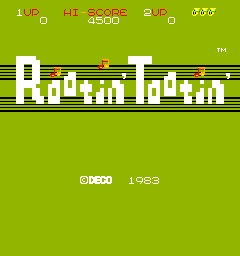
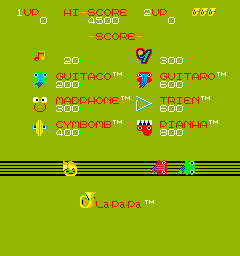
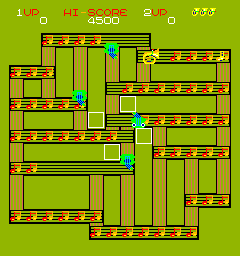
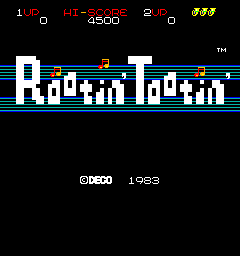
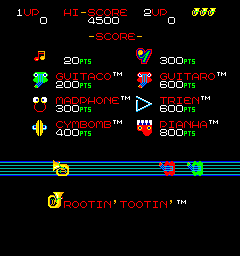
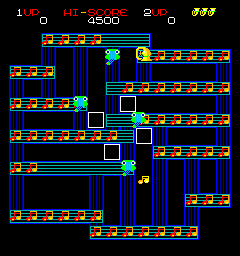
Other Deco Cassette video improvements resulted in the tunnel highlight effects used by HWY Chase working correctly. Interestingly the only reference video for this we have fails to show the center line of the road so it’s unclear if that reference is based off a different revision, the reference hardware is broken, or in fact the center line was never meant to be shown despite the game code clearly wanting to draw it.
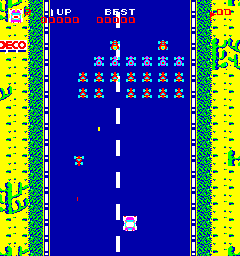
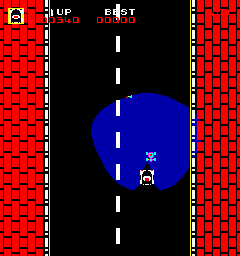
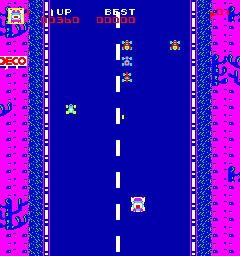
Restored Drivers
During the license switch-over a number of drivers had to be dropped, a very small number, but those drivers would eventually need rewriting to restore the old functionality. That’s what happened with Popper, where we saw the driver full rewritten and the game restored to working state, so while this isn’t actually new news for 2017 it’s progress because without the rewrite people wanting to run this would have been stuck with old versions forever.
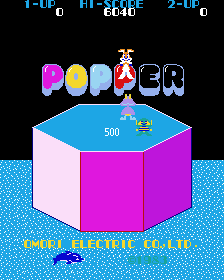
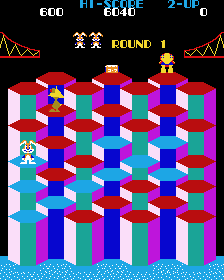
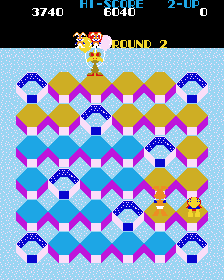
Another driver that was restored after being rewritten was Marine Date. The new driver is still marked as NOT WORKING but is actually an improvement on the old driver nevertheless. The reason the new driver is marked as NOT WORKING is because new reference material has come to light since the old one was written which shows that the emulation in MAME was never quite right, not even back then. What the new driver does boast over the old driver however is proper emulation of the background gradient and some palette effects used by the game; these contribute to actually making it look like a proper underwater scene.
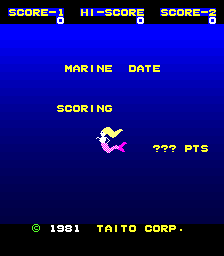

Finally the driver for the obscure Komax shooter “flower” also received a rewrite and restoration meaning it too now works better than ever


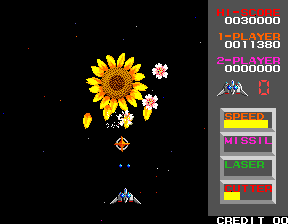
Ticket Games
One thing that is unlikely to stop any time soon is the trickle of redemption games that gave out tickets, there are thousands of them not yet sourced or emulated in any way. This type of game is not limited to the smaller arcade companies and was a big part of the business of even the larger manufacturers such as Konami. One such game from Konami is Pirate Ship, a polished sprite scaler where you steer your ship to pick up coins while avoiding obstacles; visually it could easily pass for a real game.
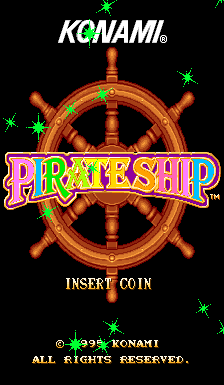
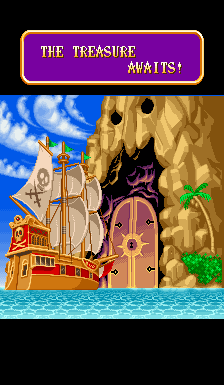
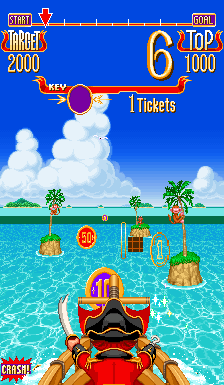
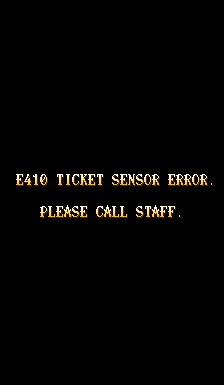
Sega’s ‘Titan’ Video (STV) platform, which was based on the Sega Saturn was used in a number of different ways, and one of those was in cabinets running novelty games or redemption titles. Microman Battle Charge is one example; you hammer a button to build up a ‘firing charge’ then press fire, at which point you’ll either hit the targeted enemy, or the enemy will move out of the way. That’s the entire game, there’s no skill involved at all.
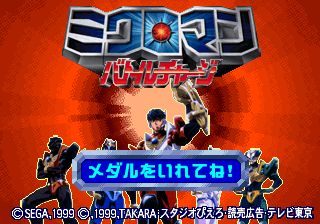
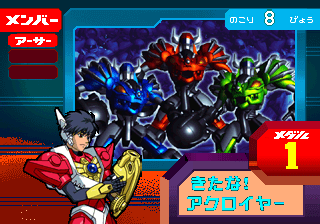
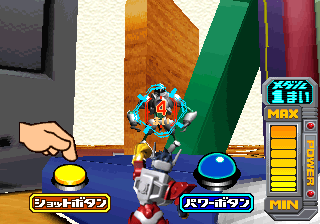
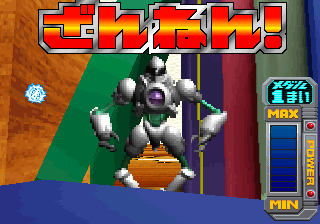
Technical Bowling is another STV based redemption game, and presents a non-skill based bowling theme, you’ll either get a strike, or you won’t, and then you’ll take a second go and hit a predetermined number representing the amount of tickets to be paid out.
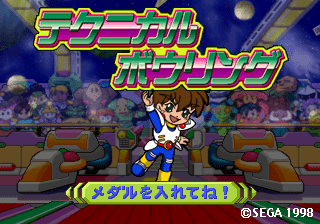
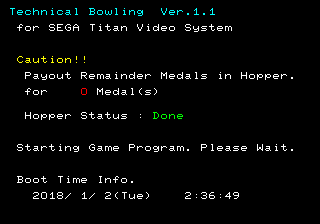
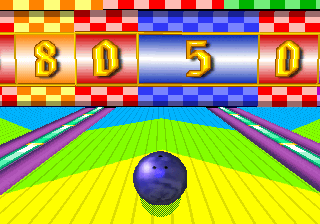
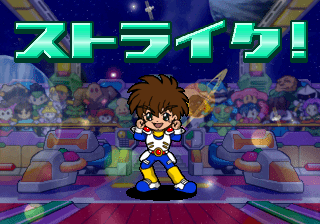
Hashire Patrol Car is yet another STV redemption game, and like the others offers a similar lack of real gameplay, you can hammer some buttons / a trackball to attempt to stop another car during a highway chase. The outcome seems entirely predetermined.
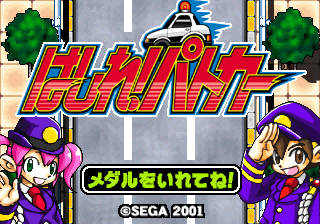
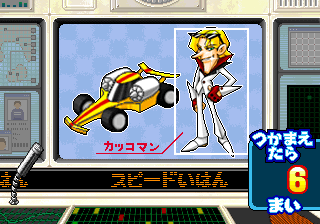
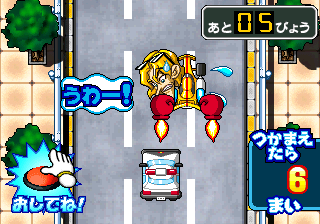
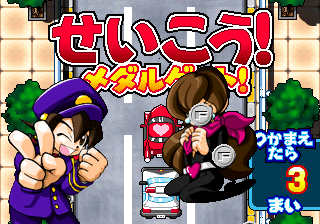
Sammy also produced a lot of Ticket games. Go Go Cowboy is one of them. It’s really quite similar to a video version of a Crane game; you try to reel in a cow, they have a chance of escaping. You know the formula.

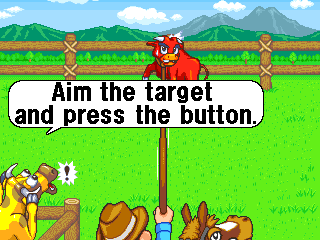
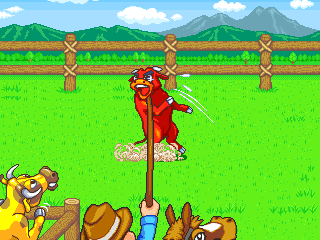
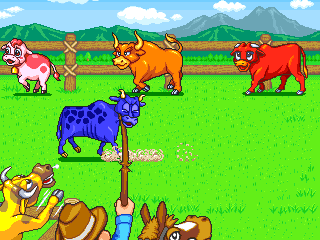
Soreike Kokology Vol. 2 – Kokoro no Tanteikyoku is an odd combination of hardware, it uses a Sega System 32 board for most of the game, but bolts a CD drive on in order to play various audio clips. It’s not exactly a redemption game, but is still not quite a real game either, instead the game is more like a psychology test, it asks a series of questions while attempting to profile you, the player, giving a report at the end. Entirely in Japanese of course.
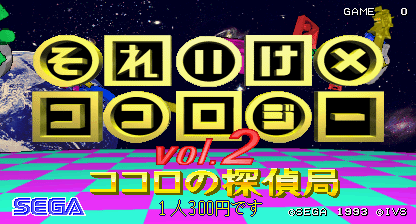

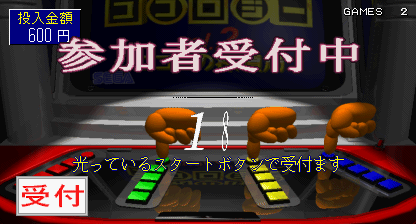
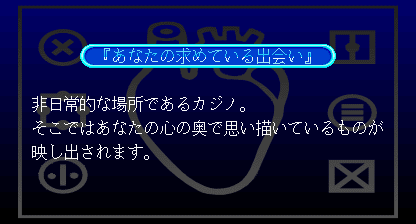
Rides
Waku Waku Ultraman Racing is a kids ride, designed to keep kids entertained for a short period of time and give parents a break.
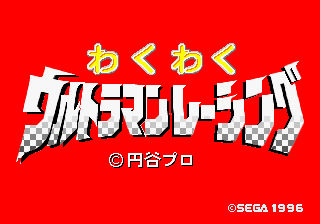
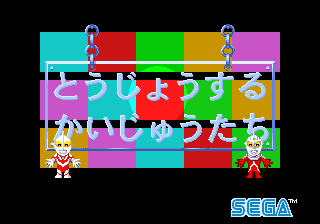
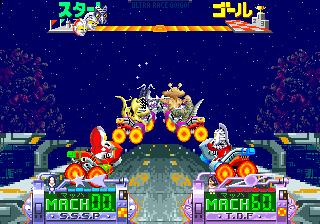
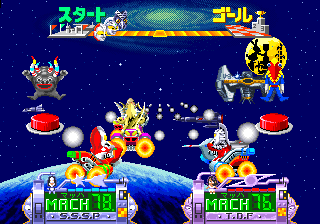
Sega Sonic Cosmo Fighter is another kids ride, similar to Waku Waku Patrol car that was emulated the previous year. This time it takes Sonic and places him in a shoot ’em up type scenario. The game is very simple and you can’t lose, you’ll just be graded out of 5 stars once the experience is over; there’s nothing especially challenging about getting all 5 stars either.
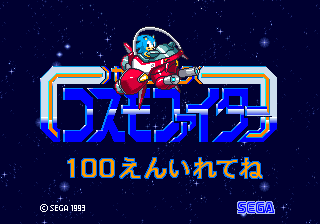
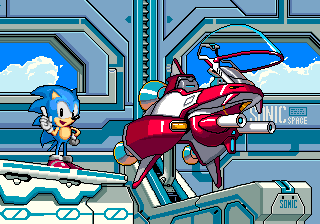
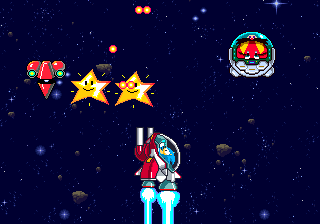
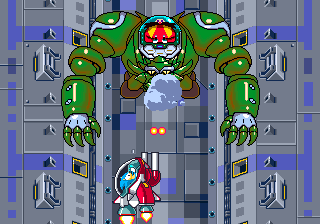
Also following on from last year, another Sega Popcorn machine was dumped. This one isn’t Sonic themed but instead uses characters from the Soreike! Anpanman series, a popular cartoon for children in Japan. No real gameplay to speak of here as it existed only to allow you to select which popcorn you wanted and pass the time until it was ready.

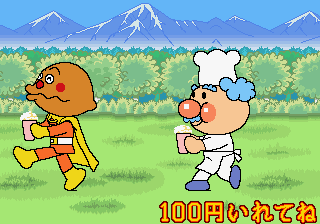
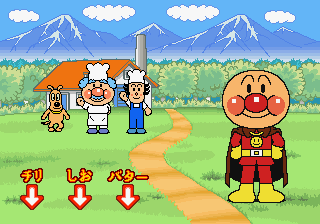
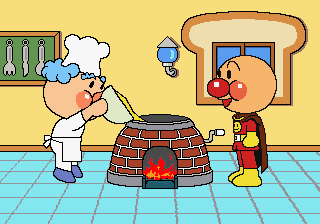
Fixes from unexpected sources
Sometimes when you’re fixing one thing a completely unrelated thing ends up being fixed too, that’s what happened with 7 Smash, an otherwise unnoteworthy video slot game running on Wing hardware. It uses a Z180 type CPU and required correct DMA behavior so in the process of implementing that for another system this one started working.

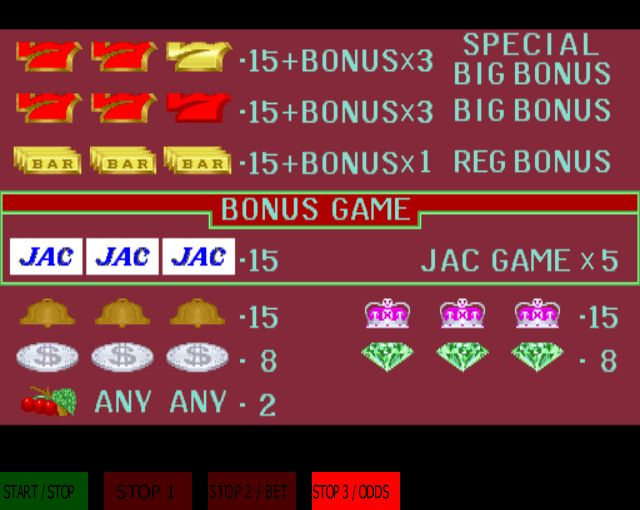
Years of Work
The Seibu protection systems have caused problems for MAME for many years with various developers chipping away at them over the course of the project. In 2017 it was decided that the simulation of these devices had reached the stage where both Legionnaire and Heated Barrel (both games from TAD) could be marked as working as they no longer had any obvious faults due to the protection. Seibu Cup Soccer however remains non-functional.
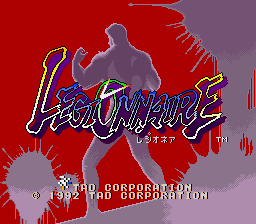
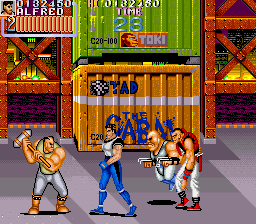
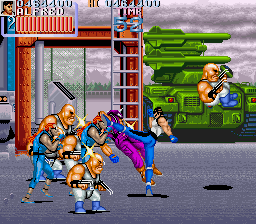
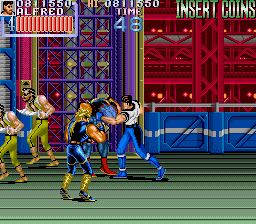
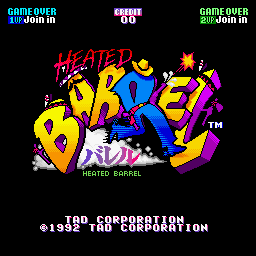

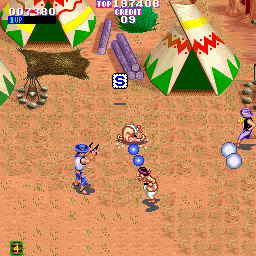
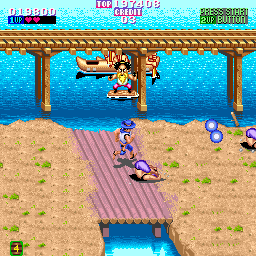
Another game that has been lingering in the NOT WORKING pile for a while is Tecmo’s World Cup ’94. This is another case were an improved protection simulation has allowed the game to be promoted to working state. Ideally the actual MCU will one day be dumped allowing the protection to be emulated rather than simulated, but it’s a H8 type MCU that nobody has a proven dumping method for yet, and the functions of the protection are now fairly well understood.
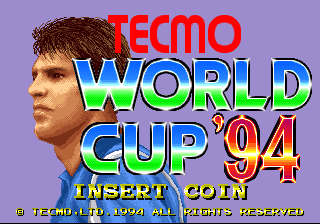
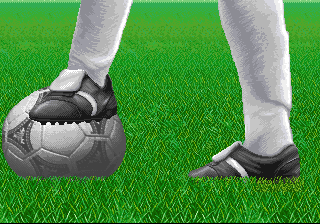
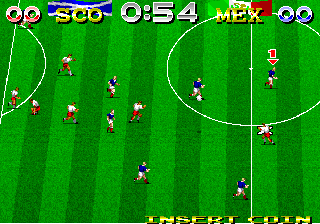
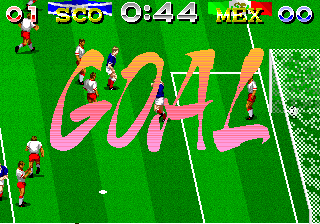
68705 Dumping
The 68705P5 security MCUs were used to provide protection functions for many arcade games. In 2017 a way to read out even the ones with the security fuse set was found, meaning the internal ROM of the chips could be dumped and in many cases protection simulations replaced with emulations.
Larger manufacturers as well as smaller ones used 68705 chips, they provided a cheap way of adding security to a board or an upgrade kit. Blitz’s Mega Double Poker for example, was a conversion of Golden Poker boards but in order to stop people making copies of the conversion they used such a chip.
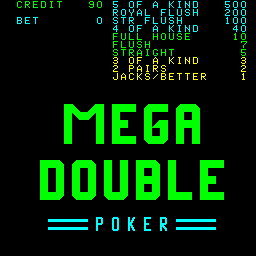
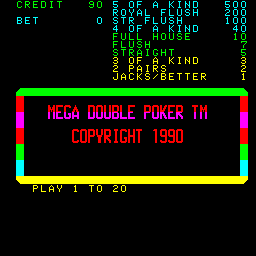
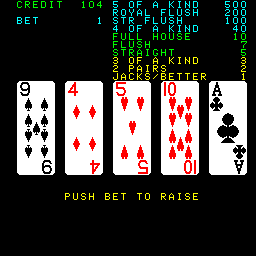
One of the larger manufacturers to make extensive use of 68705 MCUs was Taito with a large part of their 80s catalogue protected by such chips. Many had been dumped previously from chips where the security bit was not set but there were still a number that we’d been unable to read out previously. For many of these MAME required code to simulate the protection functions rather than running the original (undumped) code but simulation is rarely 100% accurate so having the proper dumped code from the PCBs running means the emulation can be trusted a great deal more.
One case where we knew the previous simulation wasn’t quite correct was with Rumba Lumber, an underrated Taito game from the 80s. The MCU was involved with enemy movement, scoring and level progression.
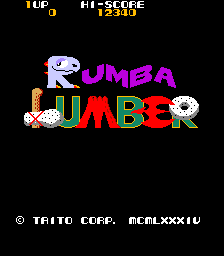
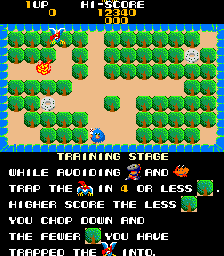
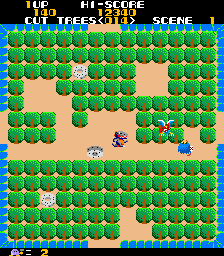
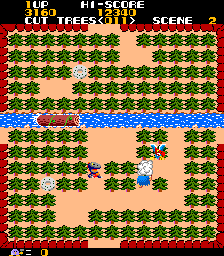
(Rumba Lumber benefited from having the 68705 emulated, various aspects of gameplay were fixed)
In other cases, again with Taito it turned out that older 68705 dumps we had were actually from bootlegs; with Return of the Invaders the MCU code that MAME had been using for many years was from a bootleg and had been completely reprogrammed by the bootleggers from scratch; the actual MCU code was an entirely different piece of code. We’d long suspected this as the MCU dump we had did not handle the flipscreen commands correctly and having access to the real code confirmed these suspicions.
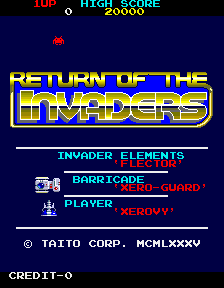
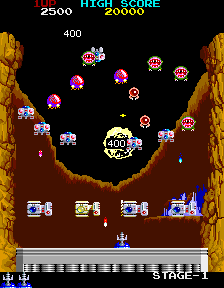
(Return of the Invaders was previously using a bootleg reproduction 68705 program which was entirely different)
Sometimes we had simulations of an MCU based on the MCU dump from a different version, or based on code patches made in bootlegs without the MCU. That was the case for Nekketsu Kouha Kunio-kun where the simulation previously being used was based on the reworked US version, Renegade, and a bootleg of the Japan version. Having the original MCU dumped removed any ambiguity about the correct values to be using, and ensures the game is now properly emulated.
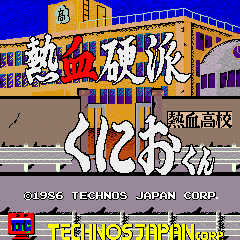
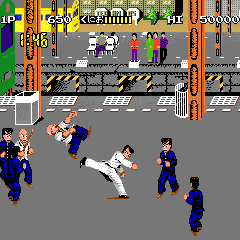
(The Nekketsu Kouha Kunio-kun MCU simulation was replaced with proper 68705 emulation instead of being guesswork)
Other cases verified that the behavior we’d been using for the simulation were correct (usually the less complex ones) but had the benefit of allowing us to clean up the code in MAME, and instead of relying on custom simulations, run the actual MCU code. Having these dumped also opens up the possibility of PCB repair using them. This was important in the case of Chack’n Pop where the PCB is very rare and valuable. There was at least one reported case of a PCB where the MCU had failed, requiring a fresh MCU to be reprogrammed with a new copy of the MCU code, without a dump this wasn’t possible, having a dump available allowed the PCB to be restored to working condition.
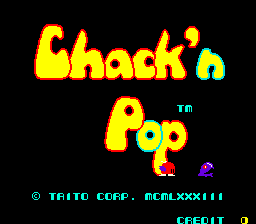
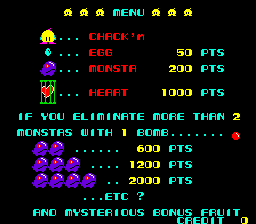
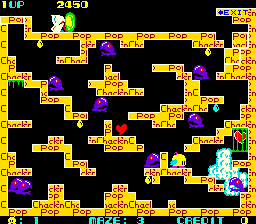

(The rarity of Chack’n Pop PCBs meant the MCU dump was essential for repairing a dead one)
For some cases having MCUs dumped from genuine PCBs simply helped verify the existing images we had, that we were previously lucky enough to obtain from PCBs where the readout had accidentally not been disabled. Confirming these is good because there was always the chance of them being bootleg reproductions like Return of The Invaders was. The Fairyland Story and Legend of Kage are examples of where this happened.
Unfortunately the technique used to dump the 68705s did fail in some cases, so we were unable to obtain correct dumps for some games including Metal Soldier Isaac II. Likewise, some games, such as Cycle Shooting I believe were not yet sourced for dumping, so some Taito games using 68705 chips for protection still have simulation code for the time being. I imagine this will be looked into again in the coming years.
DS5002FP Dumping
While it concerns a far smaller selection of games there was one piece of protection related news from 2017 that from a preservation point of view outshone even the Taito MCU dumping. That news was a method to dump the SRAM used by Dallas DS5002FP MCUs so that the proper protection code could be used on games using them. The only arcade manufacturer known to be using these chips was Gaelco (although a gambling game exists from another company, but the hardware is the same as Galeco’s boards)
The reason this was such a big piece of news is that these devices have anti-tamper suicide logic built in and rely on batteries (that can’t be replaced) to keep the content of the SRAM alive. We’re talking games from the mid 90s and batteries that were meant to last around 10 years so the situation wasn’t great. Gaelco had actually kindly provided the DS5002FP code for one of their games, World Rally, many years ago as part of a promotion they were doing on their website, but for the others we had no way of emulating them.
Fortunately with a method to dump the chips the situation became a whole lot less worrying, and World Rally 2 was the first of the previously non-working games to become playable in MAME.


TH Strikes Back (aka Thunder Hoop 2) followed shortly after World Rally 2, again filling in an important part of Gaelco’s back catalogue that was previously unemulated.
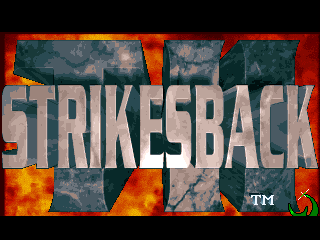
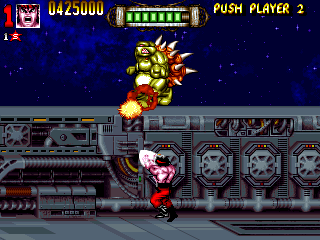
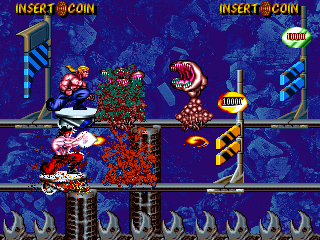
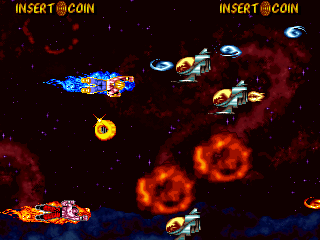
Another important one was the ‘proper’ version of Glass. Previously only an unprotected version sourced in Korea was emulated. The unprotected one censored, had the images between rounds replaced, and also was based on the ‘1994’ 1.1 release of Glass which was easier and stripped away some gameplay elements. The 1.0 sets are much more interesting to play.
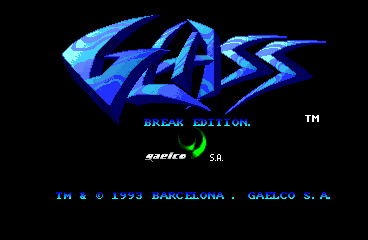
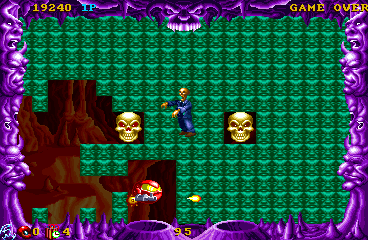
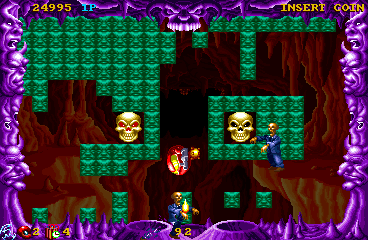
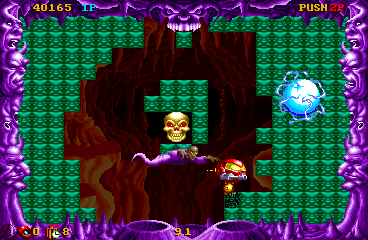
Target Hits was the final previously unemulated Gaelco game to be promoted to working.
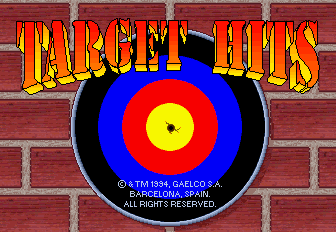
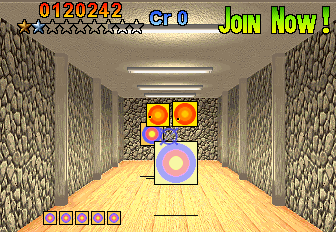
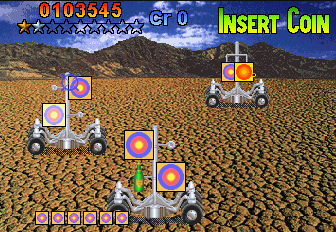
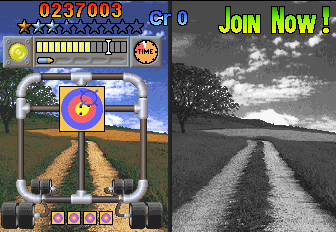
Maniac Square, Touch and Go and Alligator Hunt also benefited from this, and while there were previously playable versions of those games the protected ones can now be emulated.
Alligator Hunt actually turned out to be slightly more interesting than expected, because it turned out the only protected set we had at the time actually had Spanish win quotes between levels rather than the English ones of the unprotected set. An English protected set showed up shortly after too once this had been noticed and somebody else checked their board and found it was in English despite showing the same boot checksum on the startup screen (it’s always worth checking the ROMs on your PCBs) The protected versions of many of these games also use the SRAM and battery facility to store highscores when the board is powered off while instead the unprotected sets lose them. Alligator Hunt was no exception so it was quite funny seeing all the scores of previous players when the CPU SRAM content was first dumped. The data MAME expects is factory defaulted at this point tho so that others can get the same results more easily.
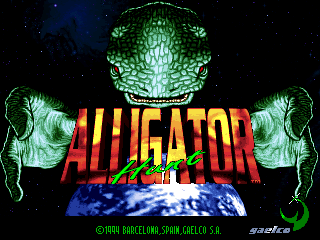
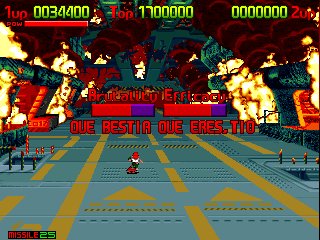
Maniac Square is just Maniac Square, it’s indistinguishable from the unprotected version so unless you like the geeky knowledge that this version is passing a bunch of commands to a sub-cpu to process, and know how difficult it was to actually get a dump of that CPU, and might one day be curious to work out what some of the apparently unused commands in that sub-cpu code were meant to do then it’s probably not of major interest.
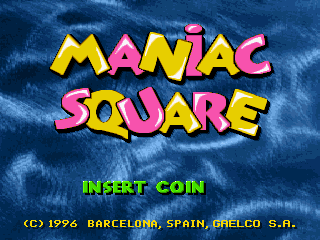
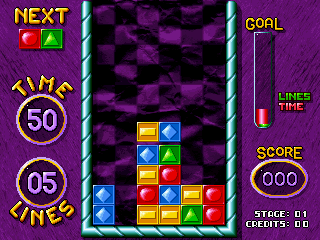
Touch and Go likewise doesn’t really seem much different, it saves scores this time, like Alligator Hunt, but otherwise you can’t really tell it’s different aside from some sets having a slightly different copyright notice. One thing it does do is attempt to make use of the DS5002FP’s random number generator, although I’m not sure that’s properly implemented right now meaning behavior might change if that happens and if it actually uses the values. Sound is still rather broken, just like the unprotected set, but that isn’t surprising.

I previously mentioned a gambling title using Gaelco’s hardware. Unfortunately a working copy of it needed to dump the SRAM is proving to be elusive, although some work was done on trying to simulate the protection instead, however, based on the complexity of the protection used on the other games this might prove impossible without a real dump from a working board.
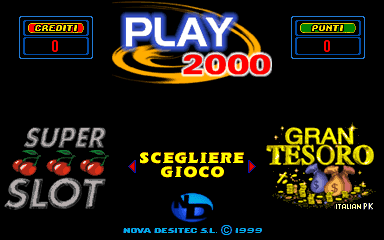
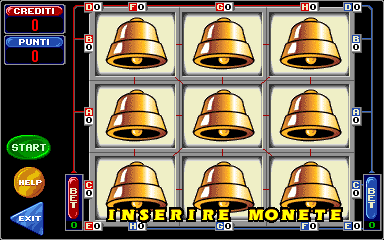
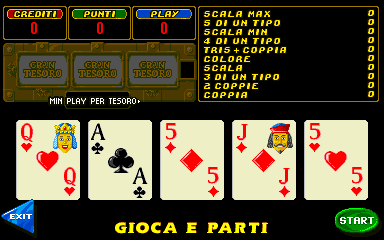
Another pleasing piece of news with regards the Gaelco work is how many previously undumped clones turned up in the process of sources the boards for DS5002FP reading, including a rather odd Alligator Hunt set with some level ordering changes and a slightly different title screen background; it actually seems to skip the first two levels and jump you straight to the launch sequence and levels after that, but with a higher difficulty. It looks for all the world like it’s a hack on the surface, but it’s a completely new revision of the code, clearly recompiled from source. Ironically enough that set is unprotected, but the board was one of the few where the original DS5002FP SRAM content was still perfectly intact.
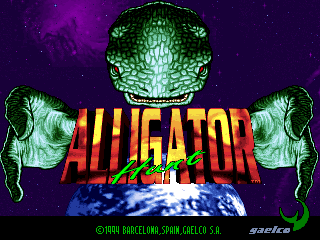
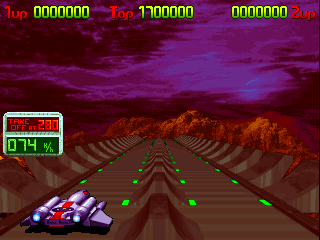
HD647180 dumping
After the dumping spree in 2016 there were only 2 Toaplan games left with undumped HD647180 MCUs. Those games were Ghox, and the original Japanese release of Pipi & Bibis / Whoopee. Continuing where things left off, those two were dumped in 2017 giving full sound and music to both games, as well as in the case of Ghox fixing a number of subtle issues that were caused by the device also being used for protection (backgrounds on the high score table and end sequence)
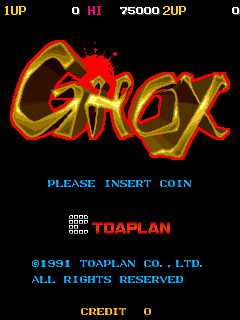
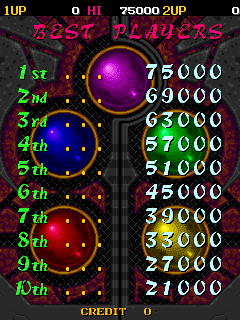
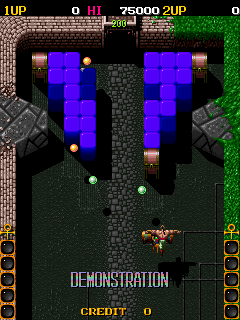
IGS036 dumping
The IGS036 is a custom ARM based CPU used by IGS on the PGM2 platform and a number of video Mahjong / Slot titles. It’s effectively the part that replaced the older IGS027 CPU that was used on PGM1 and the previous generation of video Mahjong / Slot games.
Strangely, aside from stronger encryption of the external program roms the actual security on the IGS036 was weaker than the security found on the 027, because while the later (3rd generation) 027 chips had the first section of the internal ROM set to ‘execute only’ meaning even once we had code execution we could not read part of it out, the 036 had no such functionality, or at least if it does have such functionality it wasn’t used.
While we didn’t have access to any of the Mahjong or Slot games to dump the internal ROMs from those we did have access to a number of PGM2 titles which allowed for progress to be made on the emulation of that platform.
First up is Oriental Legend 2, one of only a handful of new games on the platform, and not the same as the PGM1 game where the ‘Oriental Legend 2’ name was strangely used for the Korean release of ‘Oriental Legend Super Plus’ Internal ROMs from both World and Chinese PCBs were dumped, with interesting differences between the versions. The Chinese version uses a card system, one of the new features of PGM2, while the World / Overseas version does not incorporate this feature. This significantly changes the gameplay balance between the two versions of the game. It was also confirmed that a Japanese version exists on a single PCB setup, although hasn’t yet been confirmed if it also differs by only the internal ROM region byte.
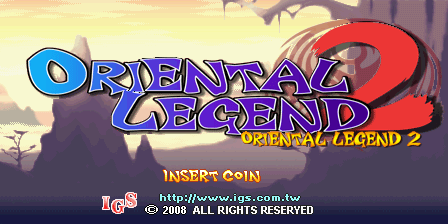
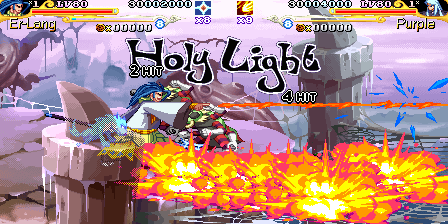
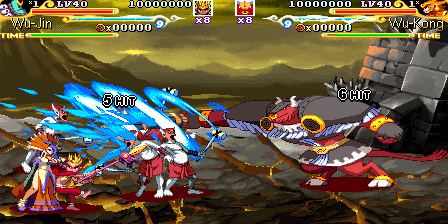
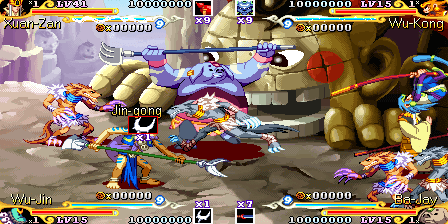
Secondly there was Knights of Valour 2 New Legend. A Chinese version internal ROM was dumped for this, although it was also confirmed that Overseas and Taiwanese PCBs exist. This one actually uses the card system for all regions. It’s a less interesting game as it’s just the 3rd release of Knights of Valour 2, offering some updated content and extra modes but is still essentially the same game.
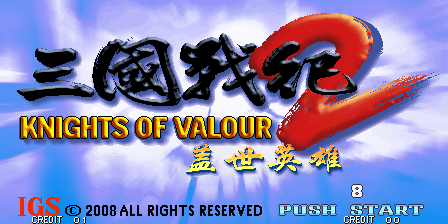
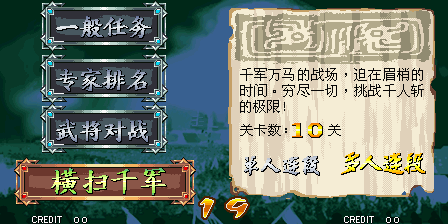
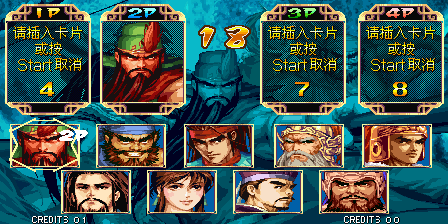
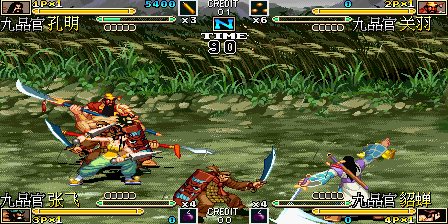
The third PGM2 game to be tackled was The King of Fighters 98 – Ultimate Match Hero. This is an odd one, it’s an updated version of King of Fighters Ultimate Match, which was released on some home systems and PC based arcade hardware, but in terms of visuals it’s a bit closer to the original NeoGeo King of Fighters 98 release due to running on the PGM2 board. As far as we know it was only released in China, but the service mode gives the option of running it in either English or Chinese, with the title screen changing to reflect the language selection. This game doesn’t make use of the card system.
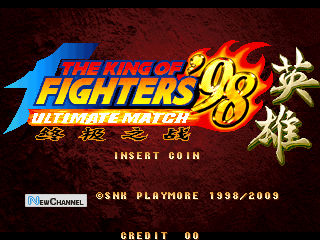
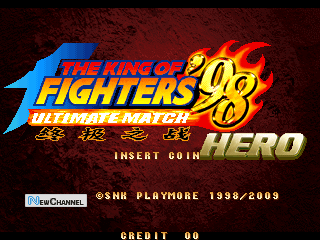
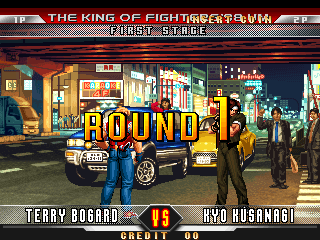
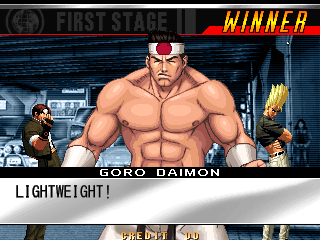
PGM2 also had a re-release of Cave classic DoDonPachi Dai-Ou-Jou, this time with a subtitle of Tamashii. This is a version of the game released to China. It adds an Easy mode (with it’s own score table) and obviously runs on newer hardware so instead of the main CPU being a 68000 here it uses an ARM instead for example, but it seems like it’s otherwise untouched from the original ‘White Label’ Japanese release. A number of people have actually said it’s the definitive version of the original release to play because the PGM2 hardware is slightly more powerful, although others have said there are slight errors in the way the sound was moved from one hardware type to the other (although the PGM2 hardware should also allow for higher quality samples, and in emulation at the moment it actually sounds slightly better than the PGM1 release)
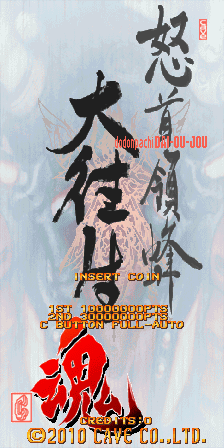
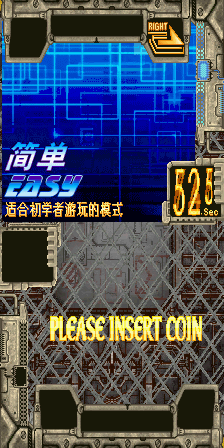
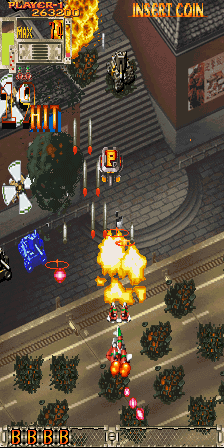
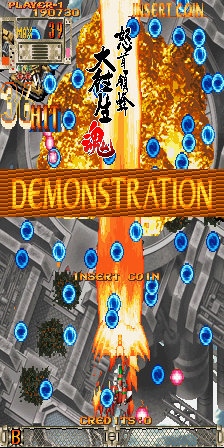
Now, I’m cheating here a bit because the next thing isn’t a PGM2 title, but rather a variation of the same game that was released on PGM1 based hardware and easily one of the rarest things to show up outside of actual prototypes in 2017. DoDonPachi Dai-Ou-Jou actually got a World release, for territories other than Japan under the title of “DoDonPachi III”. What’s interesting about this version is that it offers a full English translation of the endings etc. as well as other parts seeing slight localization (although strangely the ship type selection boxes after continue never got translated) It’s also rather interesting in the sense that it looks like despite this work done on localizing the game back in 2002, this version was NOT the version used as the base for the 2011 Tamashii release above, nor was the Black Label version, which was also newer than the one they settled on using as the base.
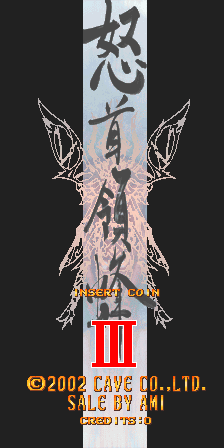
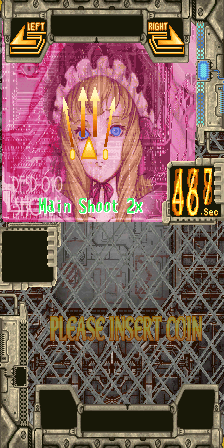
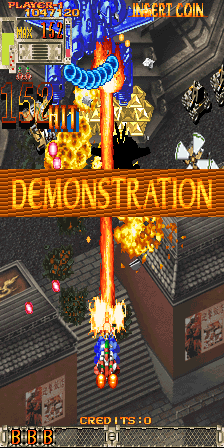
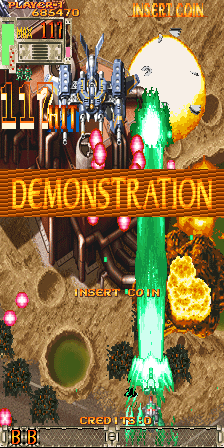
The final PGM2 game was also one of the last submissions of the year, narrowly missing the 0.193 release deadline and so not appearing as supported in a public build until 2018, but nevertheless was progress made in 2017. That game is Knights of Valour 3, the 3rd major installment in the series, and the first that was only released to the Chinese, Taiwan and Hong Kong markets rather than seeing a wider release. It changes the gameplay around a bit, becoming more heavily dependent on the PGM2 card system to store player progress and offering multiple paths through levels as well as splitting the game up in a way that means you play 1 set of levels per credit rather than the entire game.
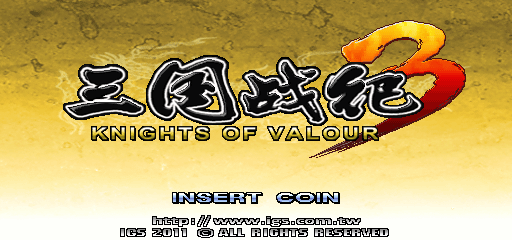
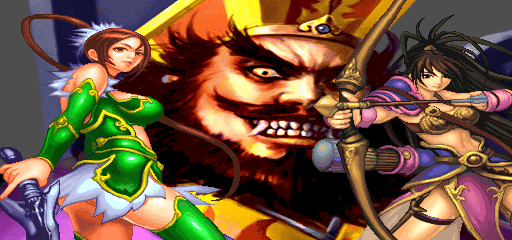
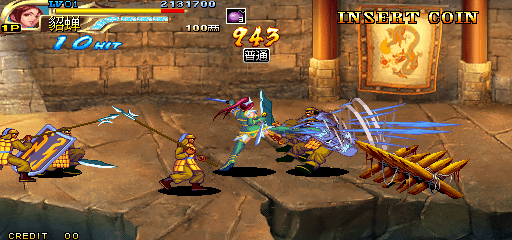
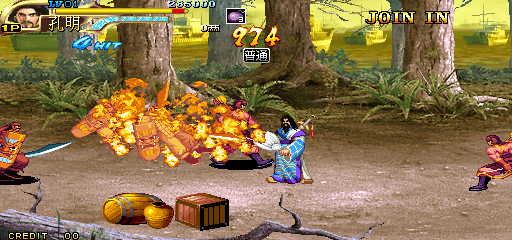
Obscure Protections
Some games used uncommon methods for protection, rather than relying on known MCU types they instead opted for custom programmed logic chips; simulating them can actually be even more difficult than working with MCUs sometimes because you don’t know what you’re up against. Future Flash, which is also known as Laser Base is a title employing such protection methods. The code actually makes various reads ands writes to the protection device, but it turned out from testing the chip that it seems only the reads, and read address actually altered the internal state so the writes were there to throw you off.
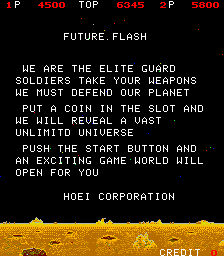
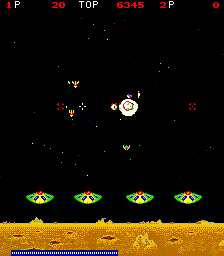
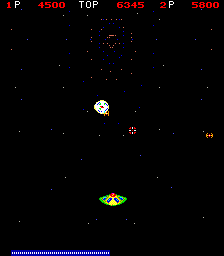
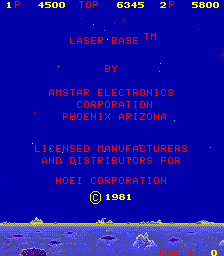
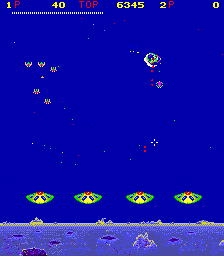
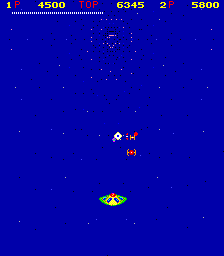
Redumps
Sometimes the reason a game doesn’t work is because the only known copy of the roms available for the devs to work with is known to be a bad dump. Luckily this is usually a lot easier to fix than having to work out how to extract the internal ROMs from protection devices. This more simple problem was what was holding back the emulation of Gallop Racer 2, which didn’t boot because several of the roms had bad data in them (actually due to a really obvious issue which should have been picked up and corrected a lot sooner) Now both the English and Japanese versions of the game run just fine.
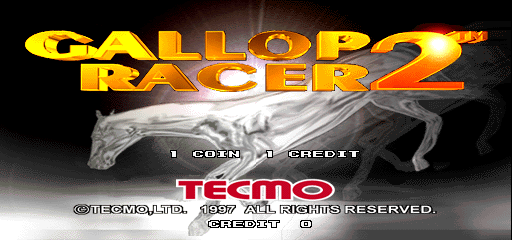
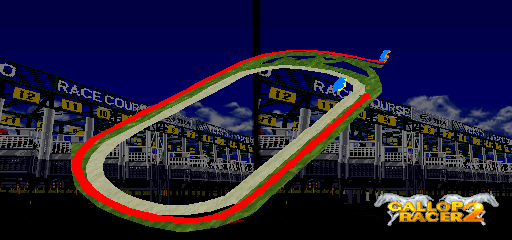
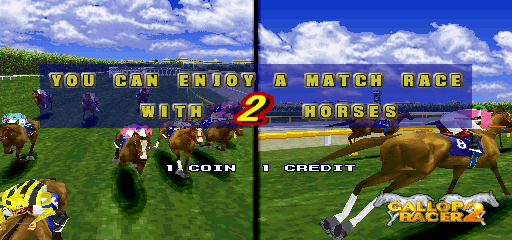
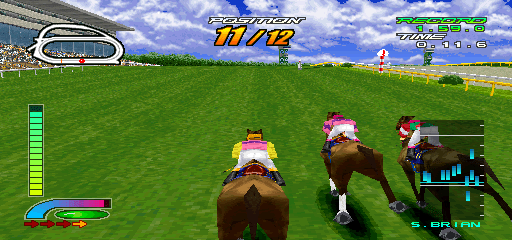
Several Aristocrat MK5 games were also redumped, resulting in many more titles in that driver booting (although problems with the base Acorn Archimedes emulation means it’s still marked as NOT WORKING)
Bad Dumps
Sadly there are also times when the only PCB we can locate for a certain board has roms that have already gone bad. One game where it seemed impossible to get consistent reads from the devices was an arcade bootleg of the SNES game Legend, which has been modified to use coins etc. like a number of other SNES games that were bootlegged and re-purposed as arcade titles on dedicated bootleg PCBs. The corrupt tiles you can see in the backgrounds and some sprites are likely the result of the broken data. It is not known if any of the data relating to the actual gameplay is broken or only the graphics.
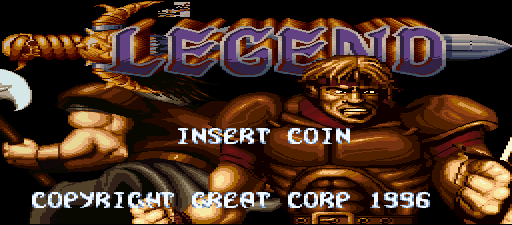
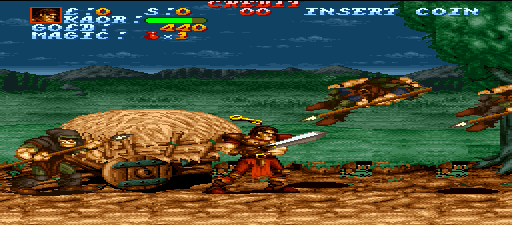
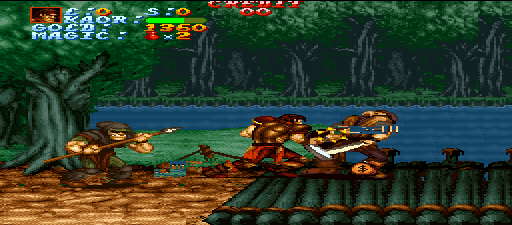
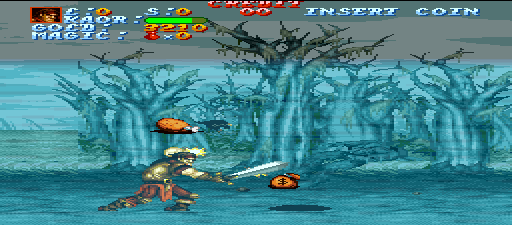
TelePachi Fever Lion is another case where the PCB was in such a condition that getting a good read was impossible, one of the graphic roms was physically broken, with the protective window smashed, the data read out was always nonsense. This results in bad colours as one of the graphic bitplanes is missing.
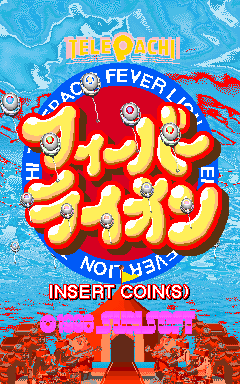
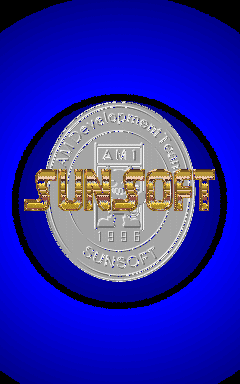
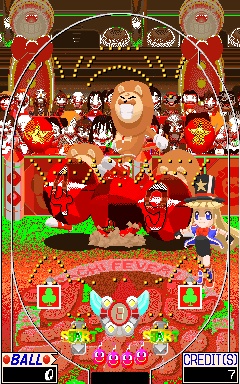
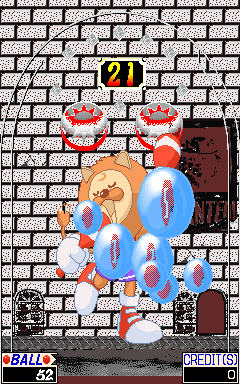
More Hunting
While Alligator Hunt mentioned earlier in this write-up is a fun game reminiscent of the likes of Cabal and Blood Bros, there were also some more serious themed arcade games designed to give the same sensation as actual hunting. Of these the Incredible Technologies / Play Mechanix ‘Big Buck Hunter’ series was one of the most popular. Three games in that series were promoted to working in 2017.
First there was “Big Buck Hunter – Shooter’s Challenge” which seems to be the first game in the series, and only runs in low-resolution mode.

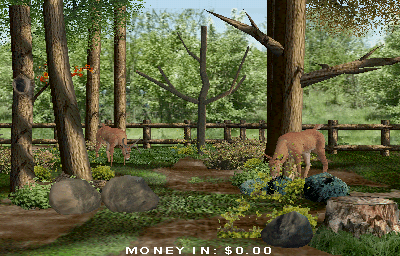
Then there were two sequels, the first of those is “Big Buck Hunter II – Sportsman’s Paradise” (although it seems like sub-title was only displayed on the cabinet) This one runs at a medium resolution, although oddly the staff list still seems to have problems rendering.

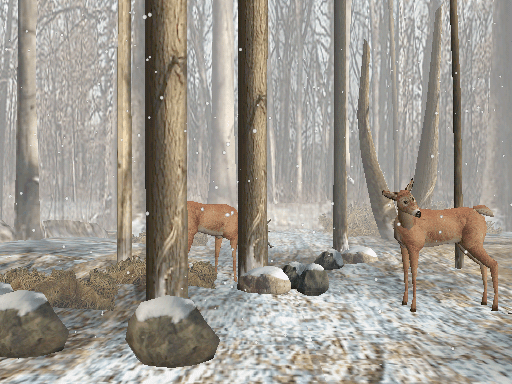
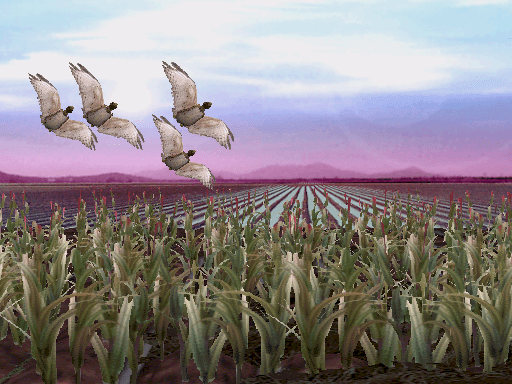
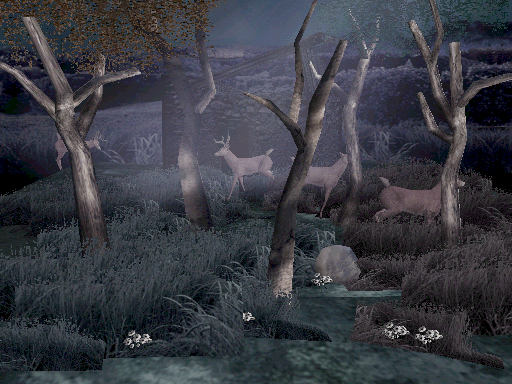
Finally there is “Big Buck Hunter 2006 Call of the Wild” which despite the title shows a 2004 copyright. This adds a bit more polish with FMV sequences and the like.


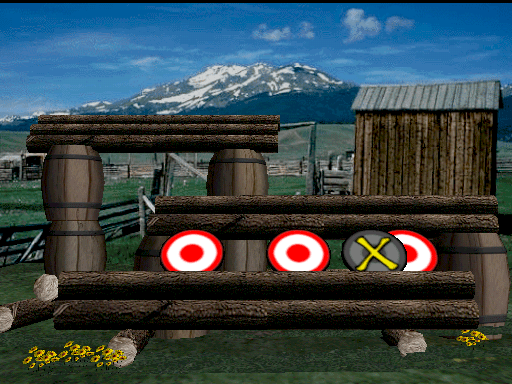
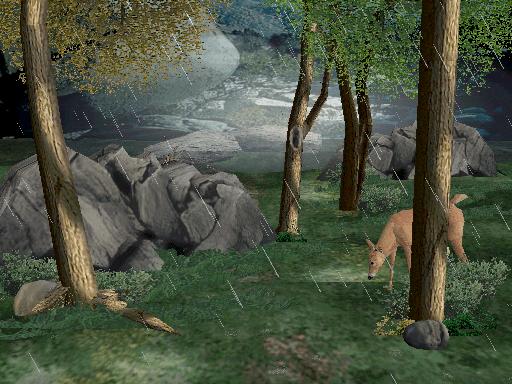
By the Gods!
The Midway Zeus / Zeus 2 emulation also received improvements in 2017 (although some of the groundwork for this was in 2016) meaning that games like ‘The Grid’ are in better shape than ever. While ‘The Grid’ is still marked as NOT WORKING, and has a number of obvious graphical issues (as well as no support for the linked cabinets) it is possible to play it in current builds.
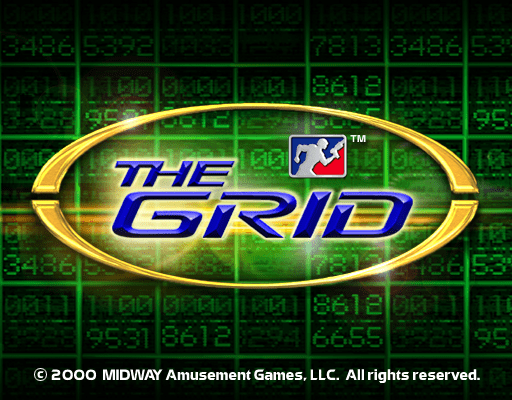
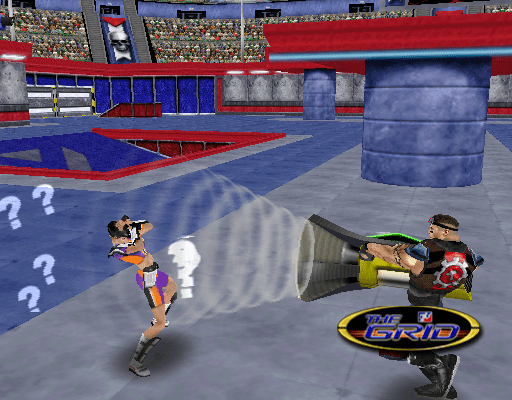
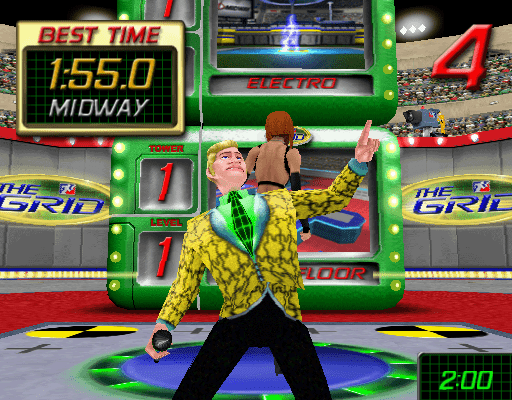

The Midway Skins Game is also playable, although again lots of visual glitches and poor performance. This is maybe interesting because it appears the hard drive image we have contains a whole bunch of photos of players from back in the day; the default characters you can select are all CG renders, so presumably anybody with a real picture in the high score tables stored on the hard drive we have had their picture taken by the game back when they played it.

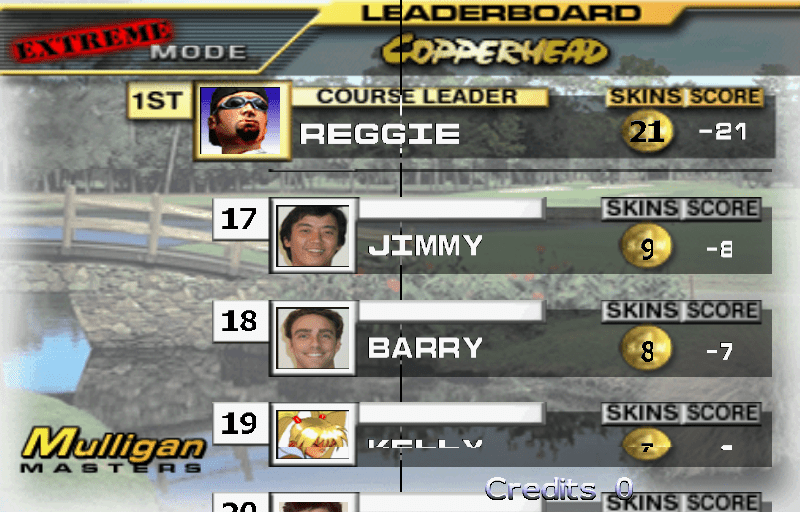
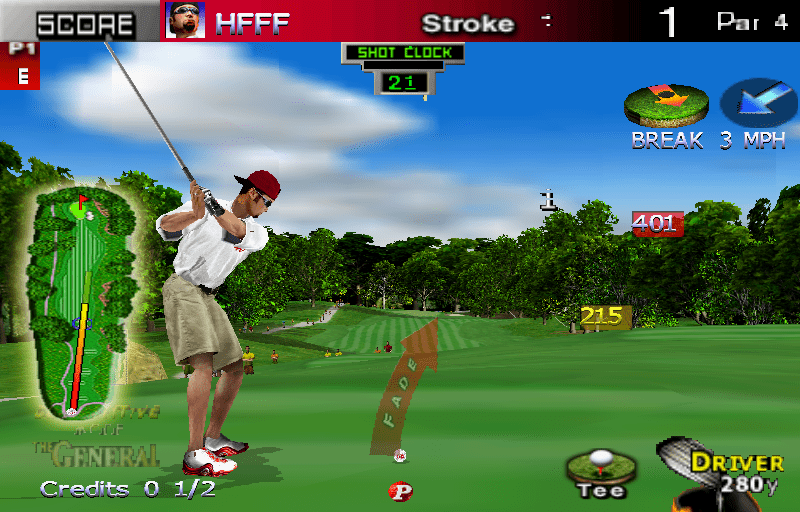
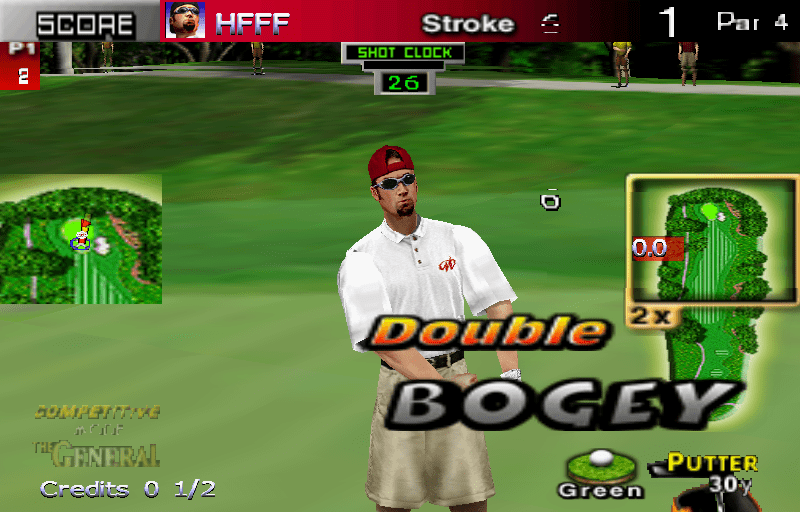
Cruis’n Exotica was also improved, with many transparency effects now working, but the road is invisible much of the time meaning it’s still more or less unplayable, still, progress.

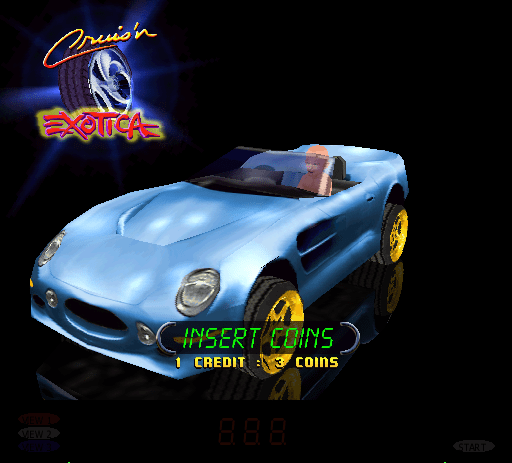
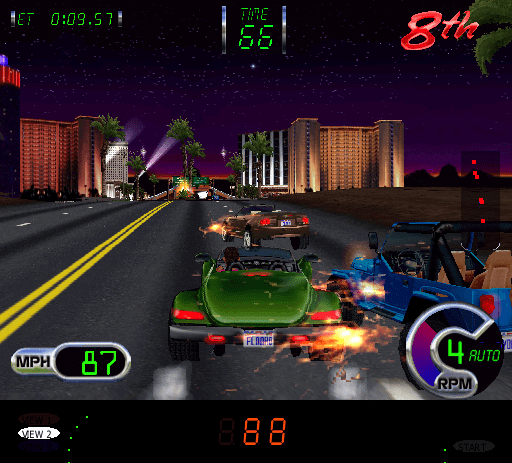
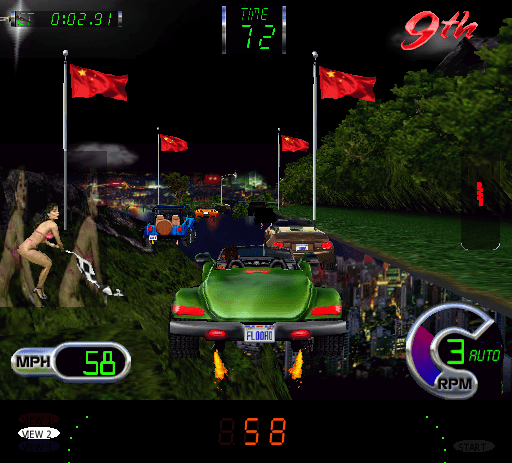
Invasion – The Abductors is also much better these days than it was some time ago.
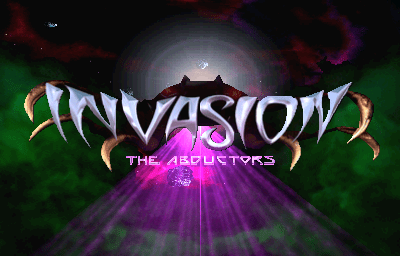
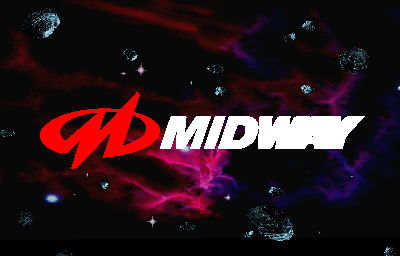
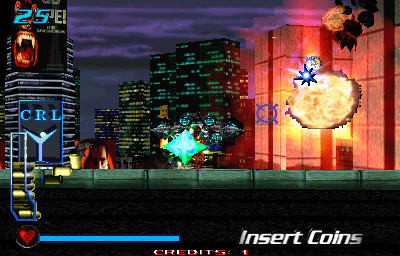

Steady Progress
2017 also saw steady progress being made towards a number of other 3D titles being properly emulated, of note, a number of the remaining Voodoo 3DFX based ones. Rush The Rock gained working status.
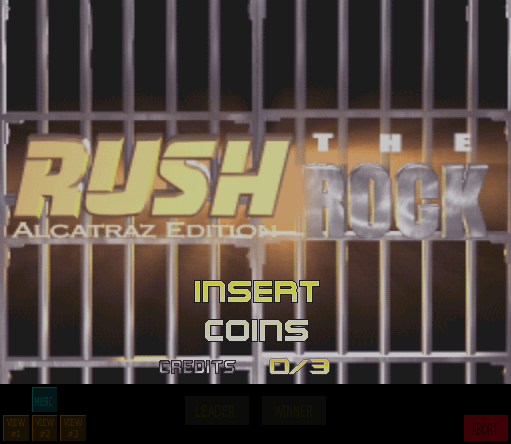
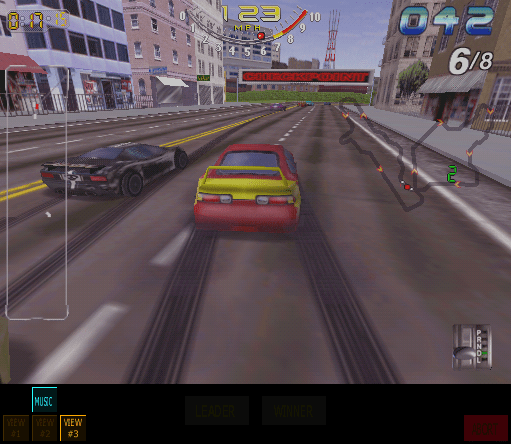
The ‘Wavenet’ version did not gain working status, and I suspect it actually needs a different CHD because once you reach the title screen it reports a ‘missing texture’ error, indicating that maybe it should use a different drive containing a new logo. Unfortunately I’m not optimistic the correct drive even exists anymore, finding original drives for any of these that haven’t just been make from the MAME images seems to be near impossible. It’s one unfortunate case where I think people using the MAME images have been more destructive than helpful when it comes to the preservation cause.
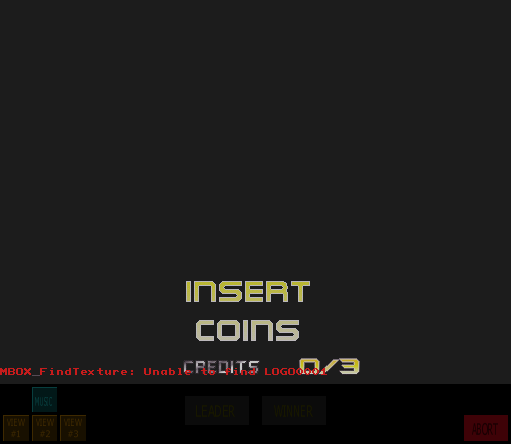
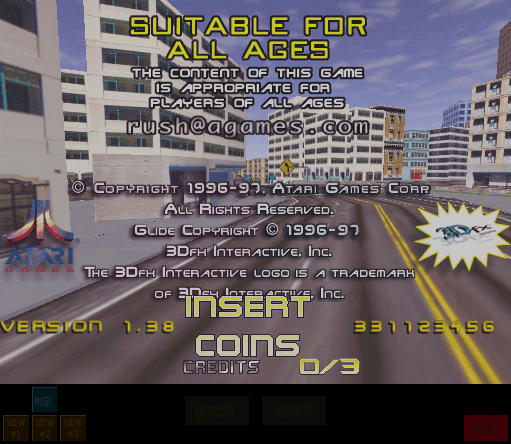
and while Cart Fury has not yet been promoted to working, the changes made throughout the year also appear to have made it playable, although being the most advanced of the Voodoo based titles, performance isn’t great yet even with all the optimizations made throughout they year. (Just remember to calibrate it in service mode)

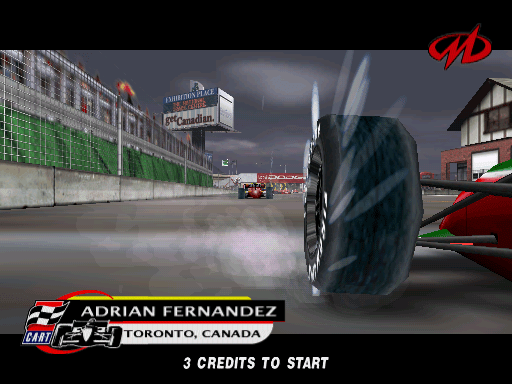
San Francisco Rush 2049 – Tournament Edition also improved, and can be played to a point, but is still marked as NOT WORKING. The non-tournament edition crashes when it reaches the title screen or if you attempt to start a game.
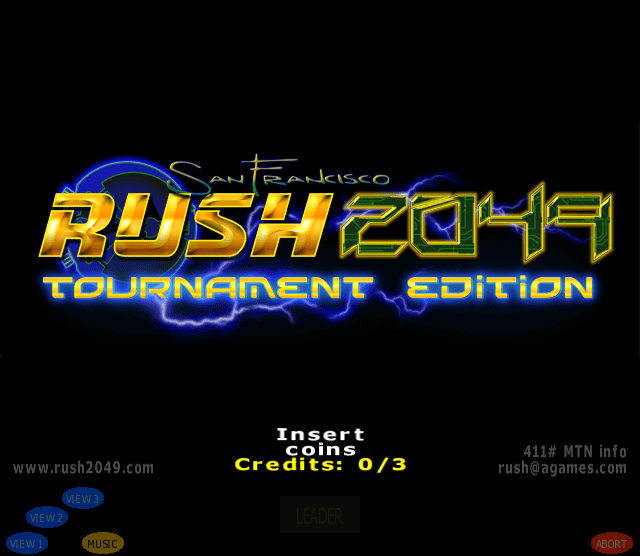
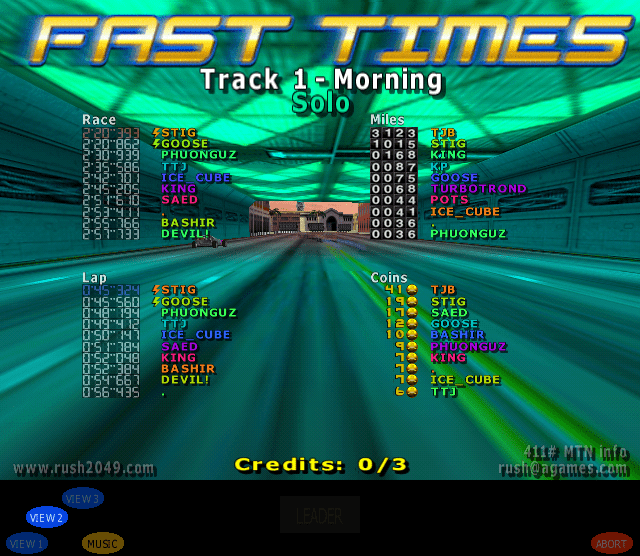
Road Burners also boots now, but is not yet playable.
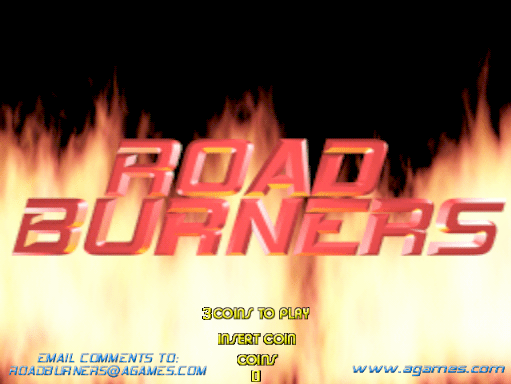
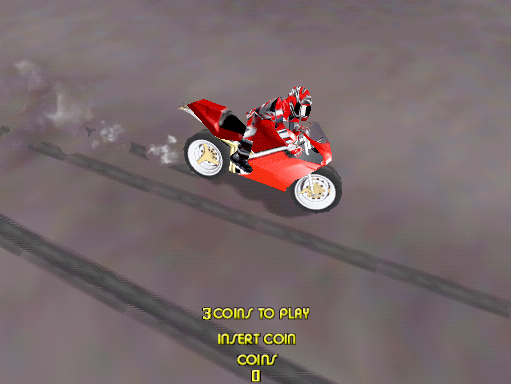
War Final Assault also boots, but the textures become corrupt quite often, often resulting in blank squares being rendered instead of text etc.
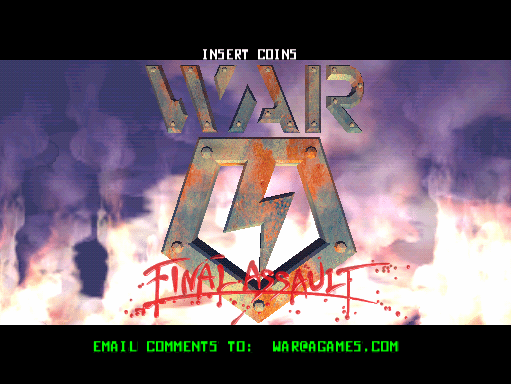
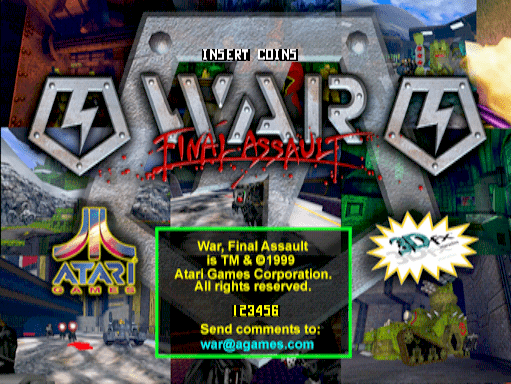


PC Based Hardware
A lot of people still seem to be living with the misconception that if something is PC based hardware then there’s “nothing to emulate” because the software was designed for a PC and said people are running on a PC. That couldn’t actually be further from the truth; PC hardware needs emulating from the ground up like any other piece of hardware. Any view that all the games can just be hacked to run natively is very short-sighted as PCs themselves are a moving target, everything from operating systems to the actual hardware evolves over time and often isn’t compatible.
The MegaTouch XL games are very much PC-based hardware, as you can see from the following start-up screens.
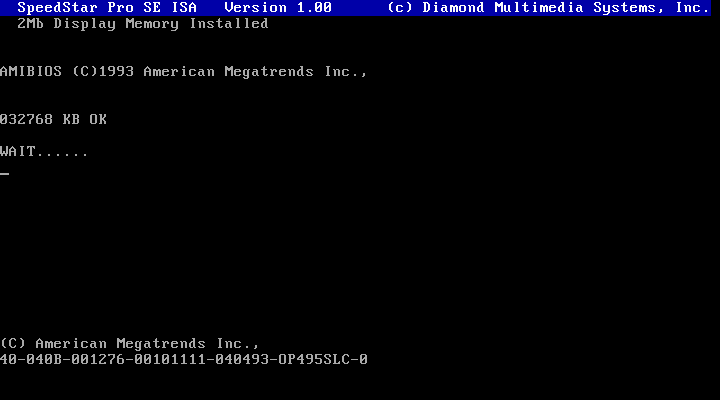
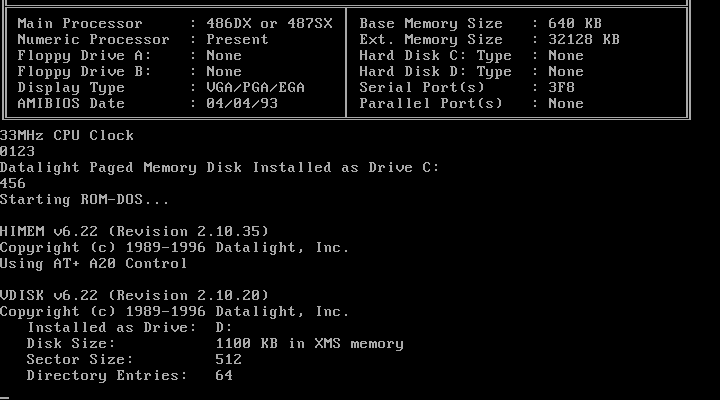
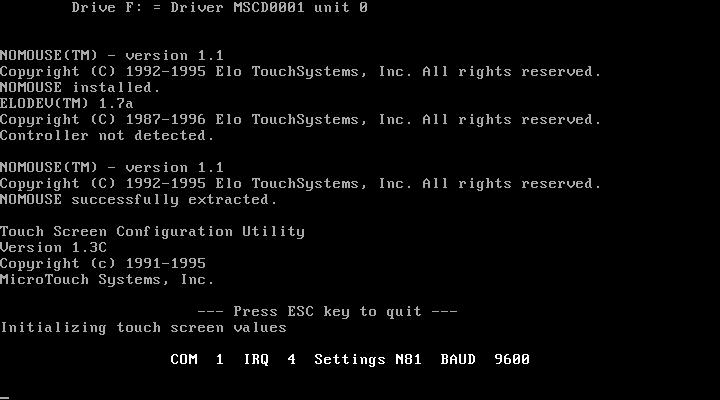
These games ran on DOS based PCs with custom touchscreen interfaces. In 2017 the security was mostly figured out, so quite a few in this series are now playable, although some will still crash and have weird defaults that need correcting. Mega Touch 5000 is still especially crash-prone and marked as NOT WORKING for good reason.
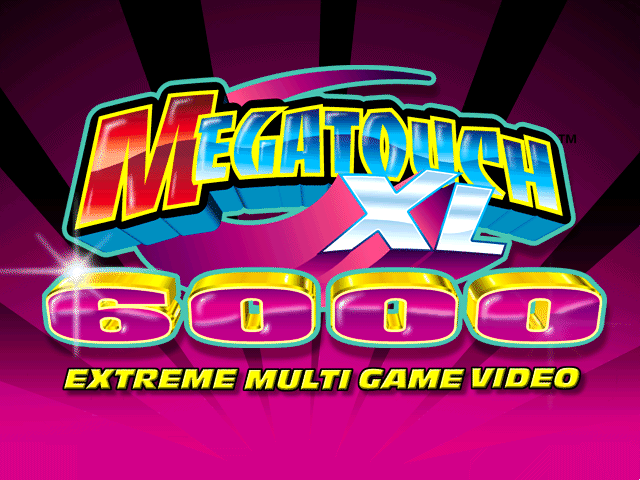
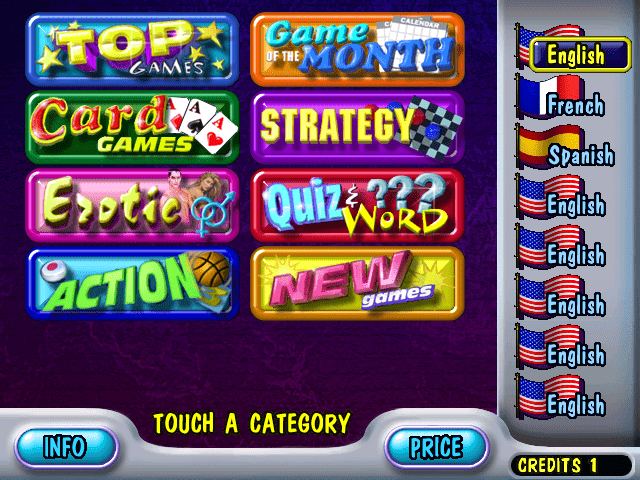
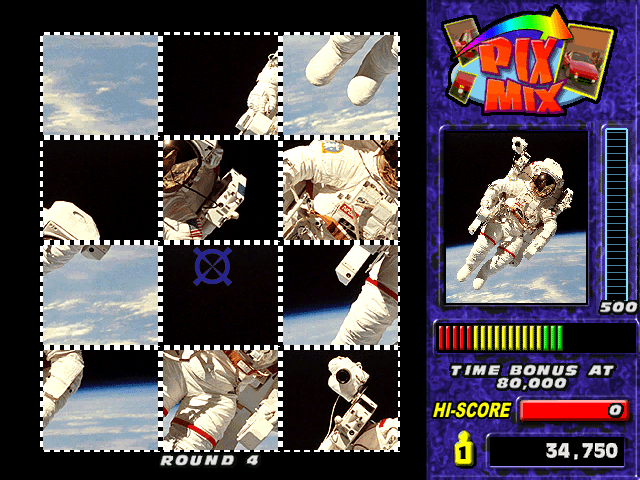
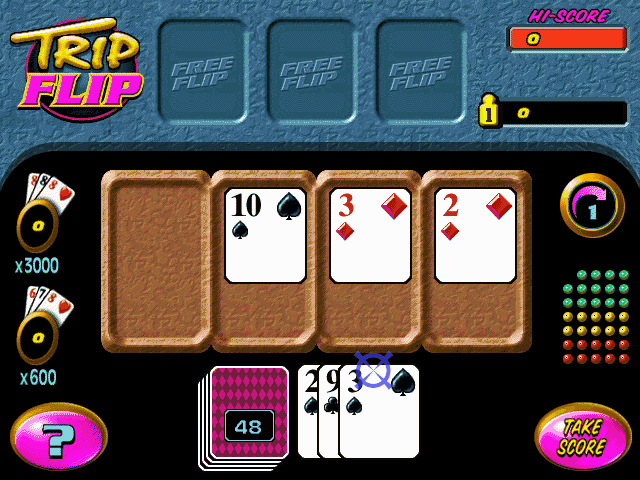
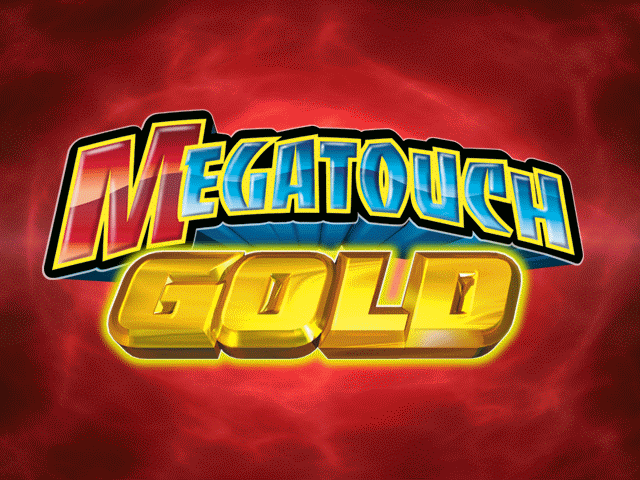
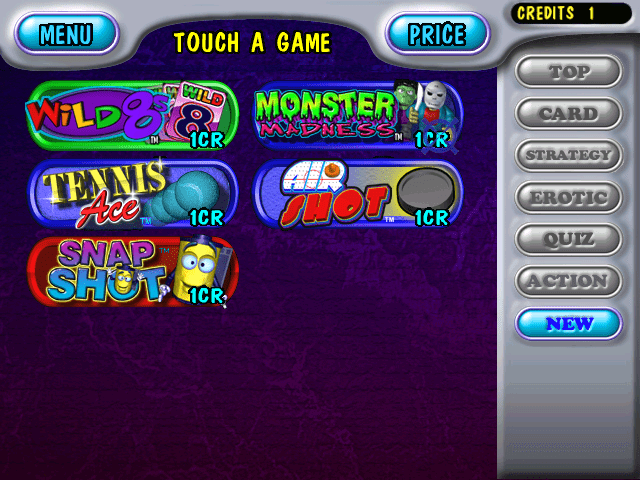
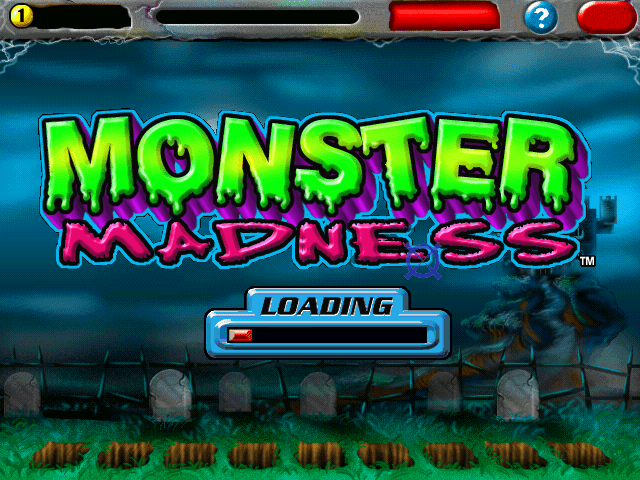
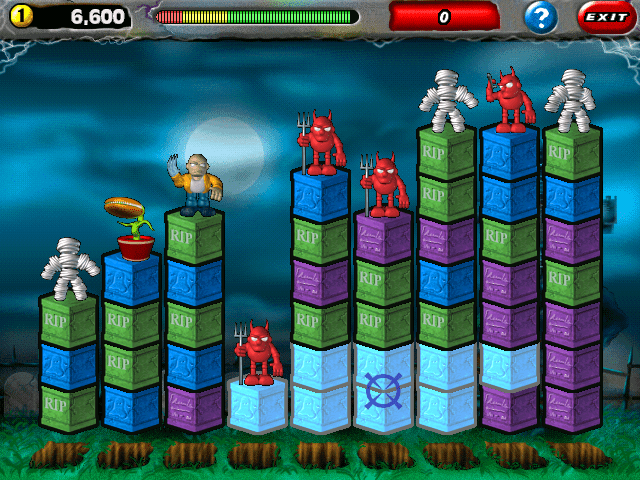
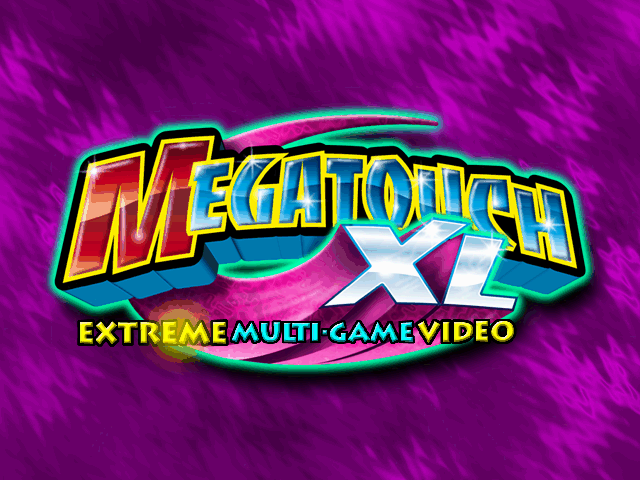
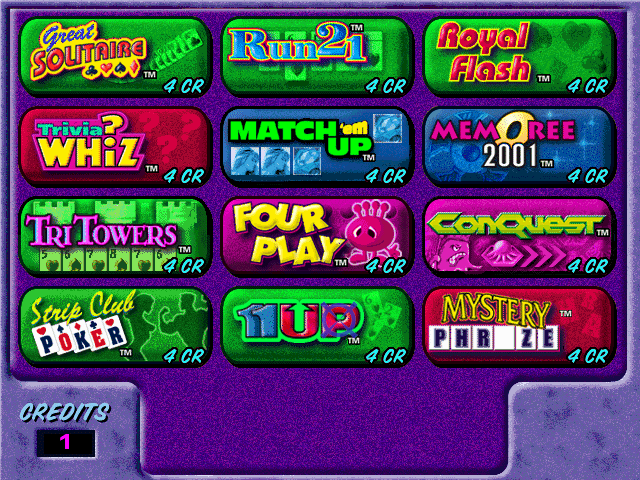
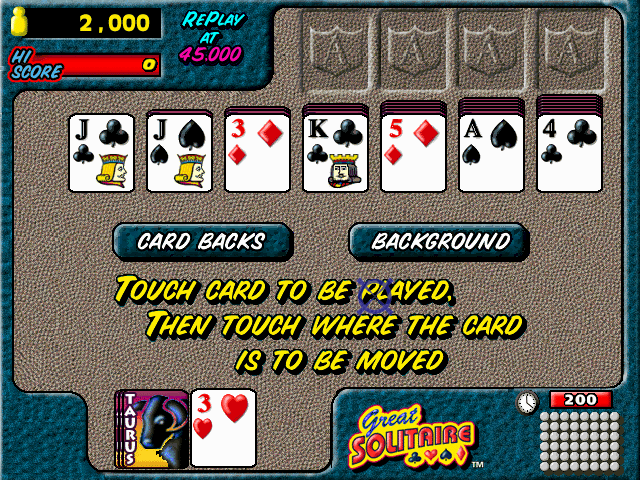
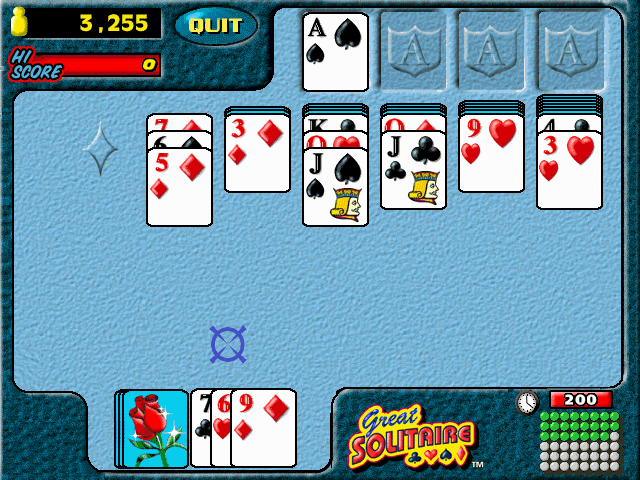
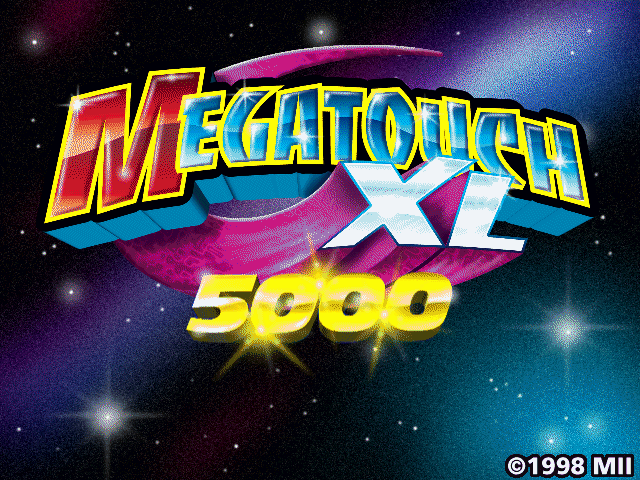
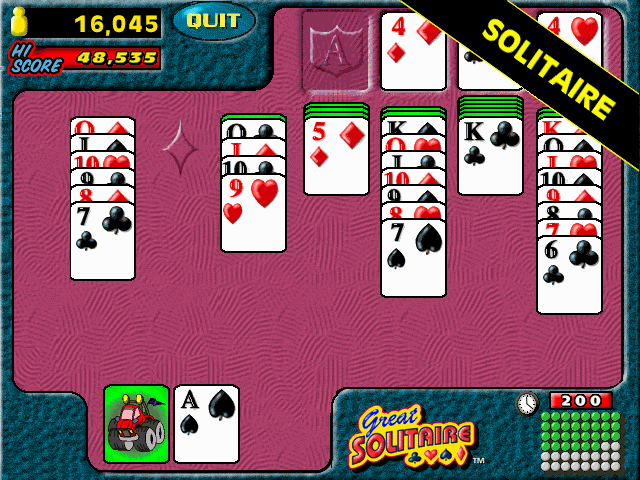
Various Gambling Titles
Sometimes there’s a long gap between a bootleg version of a game being emulated and the original getting the same treatement. Often this is due to protection, or the original version being very rare, but sometimes it’s because the original version used substantially more complex hardware. That was the case for Seta’s Jockey Club II where a bootleg called Dark Horse had been emulated for many years, but the original had not. The original uses a complex Seta sprite setup, while the bootleg parsed all that and converted it to use regular sprite sand tilemaps, also the original is a lot more fussy about the rest of the hardware, requiring valid serial numbers in the EEPROM etc.
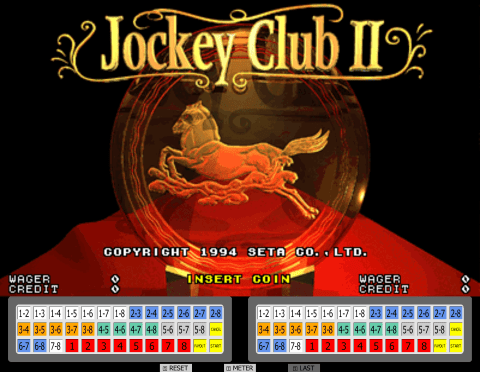
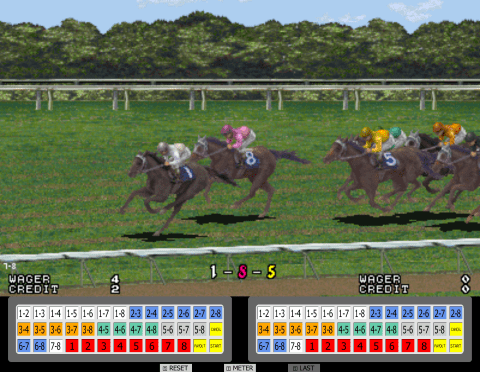
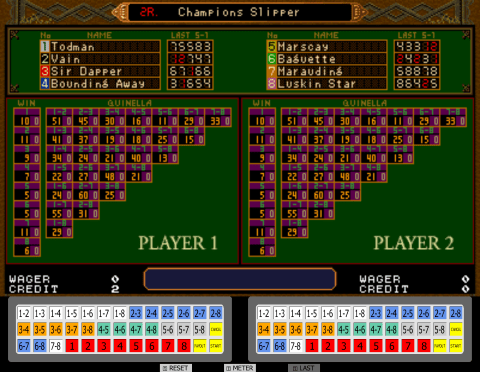
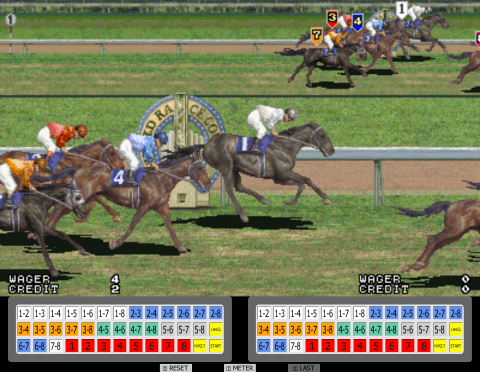
A roulette game on Seta hardware, actually developed by Visco and known simply as ‘The Roulette’ also attained working status in 2017. One thing that was noteworthy with Jockey Club II above was the sheer number of inputs and relative complexity of the internal layout that was created to handle them. In that sense, The Roulette is similar, every possible bet location was a different button so to best emulate this an internal layout with clickable buttons was used.
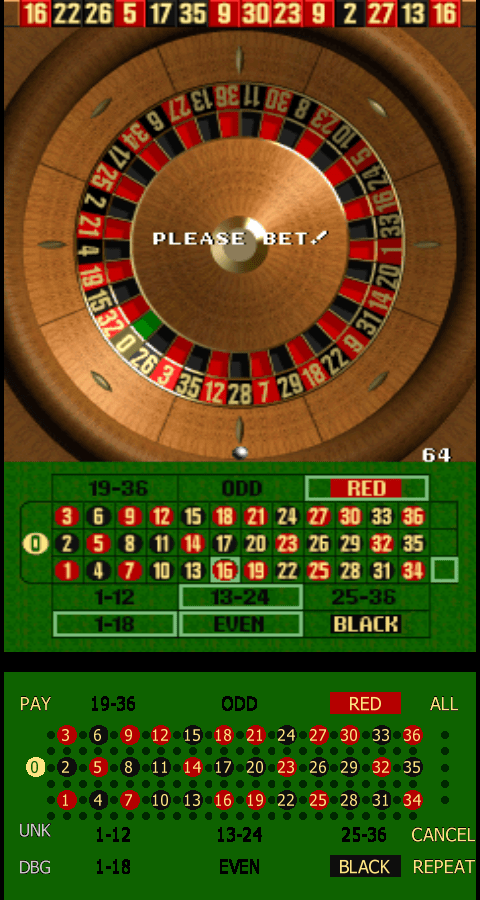
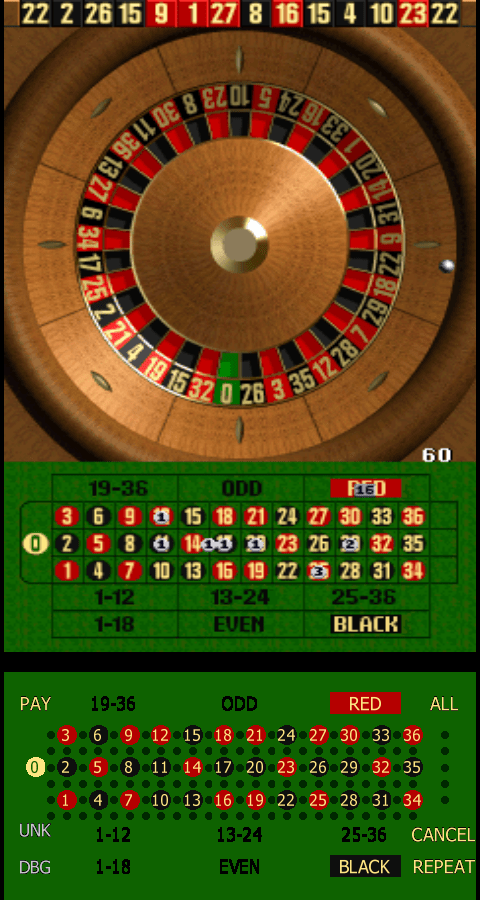
You know a game is of high quality when the manufacturer manage to misspell the title. Poker Genius is one such game.
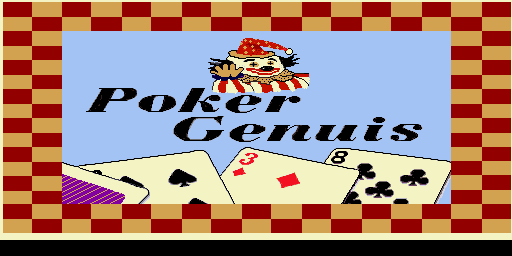
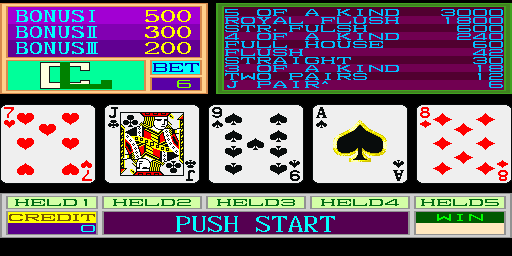
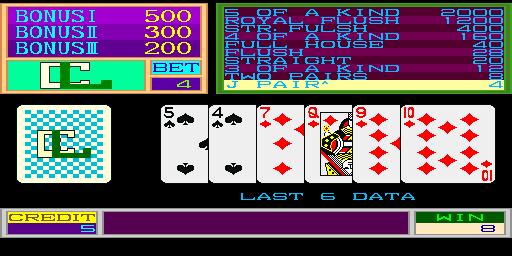
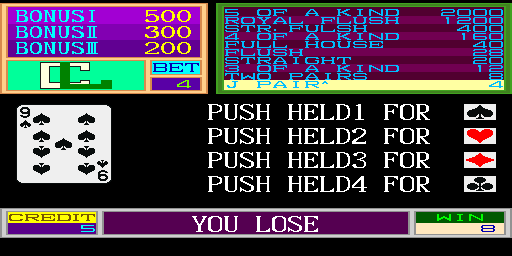
Of course sometimes Gambling games form part of the history of better known IP. For example Namco quite openly used many of their popular characters in Gambling and Redemption style machines. A set of three games running on the same hardware were emulated in 2017 (none of them have a real title screen) The first of those makes use of the PacMan character, and is called Pac-Eight. It’s an 8-liner with heavy Pacman themeing and double up games that fit the expected Pacman theme (instead of Higher / Lower you’re got a ‘random’ chance of eating a fruit or being eaten by a ghost depending on what appears in the box)
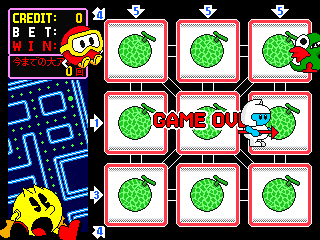
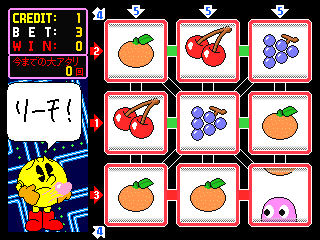
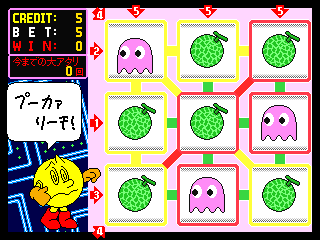
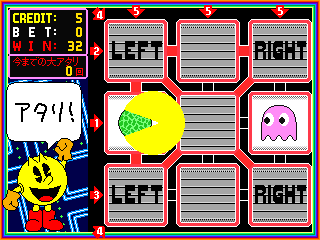
The next two games were both Tekken themed. The first is maybe a bit more interesting as a concept because it’s based on a ‘Scratch Card’ idea, although in reality you just wiggle the stick left and right to reveal the ‘random’ card, which determines what move the character you have does, which in turn determines if you win or lose.
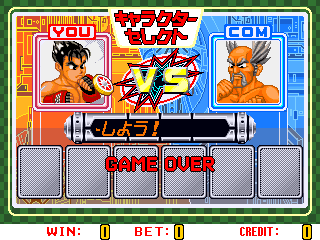
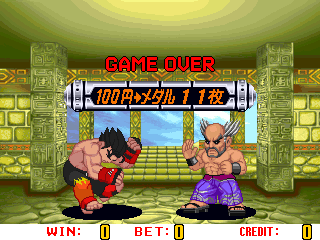
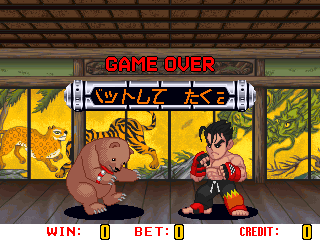
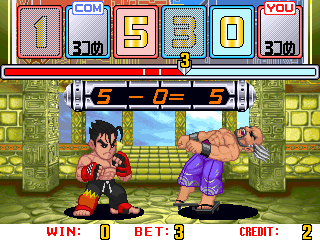
The other Tekken themed game is based around a board game, we’ve seen other gamblers very similar to this. It’s called Tekken Card World
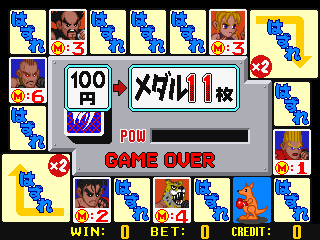
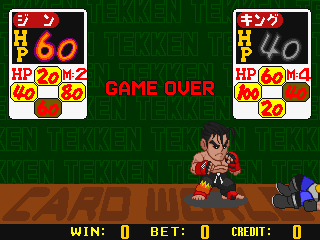
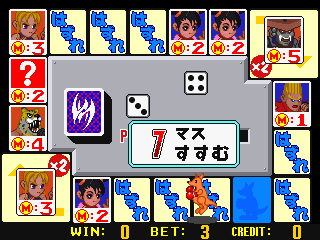
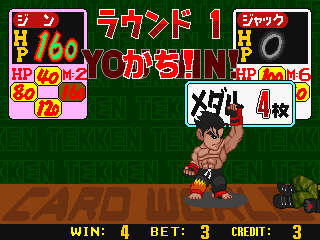
Playmark, based in Italy were heavily involved in bootlegging, but also produced a number of original titles including several gambling games. Shiny Golds is a video 8-liner similar to Cherry Master, running on the same hardware as Super Derby.
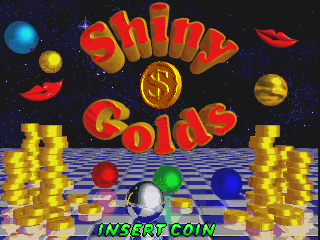
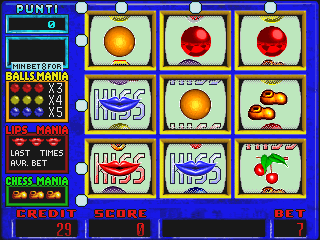
Every year sees a few Players Edge Poker series games added, 2017 was no exception. This is “Player’s Edge Plus (PS0239) Jackpot Jewels Slots”
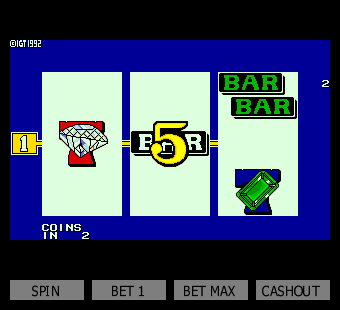
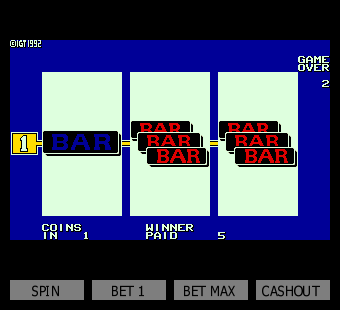
Amusement Only
Some gambling themed games aren’t payout machines at all, just designed to recreate the same experience. Status Games made a number of these. Big Casino is one.
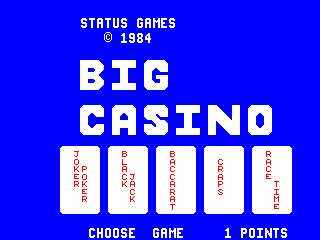
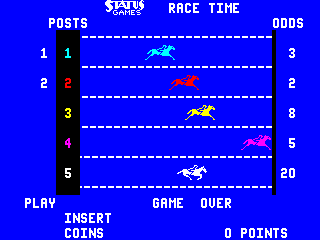
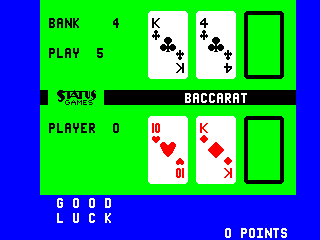
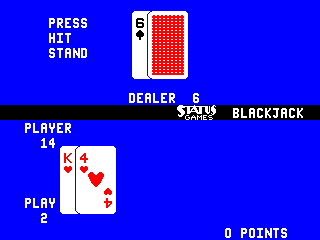
Best Forgotten
Some games don’t exactly paint the best picture of the past, highlighting times when maybe people thought entirely inappropriate jokes were somehow funny. As MAME exists to document history, rather than attempt to change it, these things inevitably get dumped and added from time to time. One such example is a game called “The Big Joke” which is a quiz game full of some of the most offensive and poorly thought out ‘jokes’ you could possibly think of. In all honesty I’m not even sure anybody would have found most of these funny even at the time. This probably shouldn’t have existed.
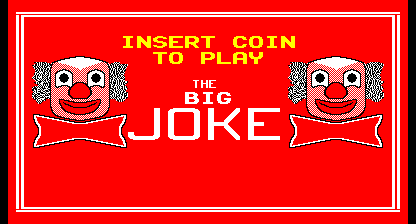
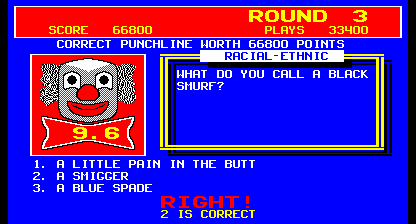

Mahjong
In the past a MAME users outside of Japan unfairly considered Mahjong games to also be ‘Best Forgotten’ too, because they didn’t understand them or thought they were all the same. The number of Mahjong games emulated in recent years has slowed to a snails pace, but new (or in the first case, old) ones do sometimes still show up.
Here is Ron 2 Mahjong
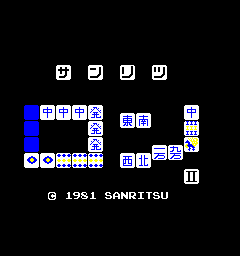
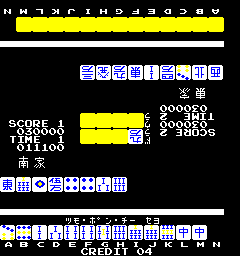
Early Dyna titles are becoming quite rare too, so Jang Taku was a nice find.
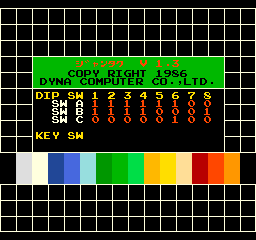
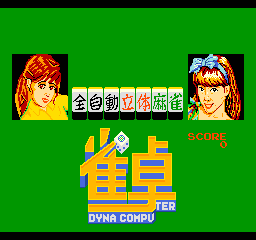
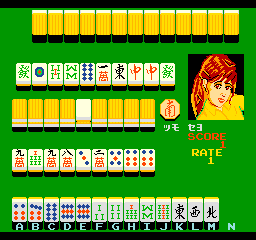
as was Sel Jan, co-developed with Jem
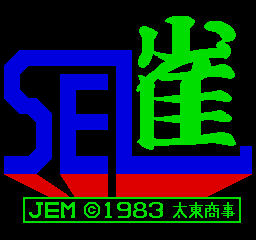
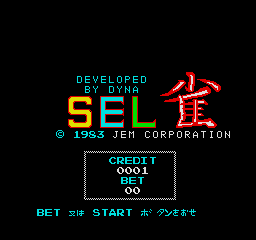
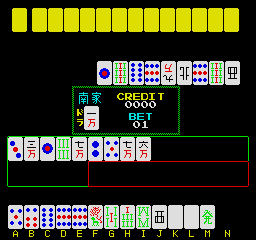
Optimizations
The MAME codebase also saw a number of optimizations and performance increases made to certain drivers throughout the year. One driver that received a large speed boost was the Cave CV1000 driver, the SH3 based platform on which a number of their shooters were released on from around 2003. This was achieved by merging the MAME codebases for the SH1/2 and SH3/4 cores, allowing the SH3 and SH4 cores to make use of the recompiler code that was written for the SH2 (as well as tidying up unnecessary code duplication in general) The plan was also for this to improve Naomi based platforms, but unknown issues seem to be stopping most Naomi games from booting if the recompiler is enabled. The CV1K driver also got a speed boost from some optimizations done to the sound core, although those optimizations were primarily done for the PGM2 emulation which shares the same core.
The Cave CV1K driver also received a new addition around the same time the compiler went in, the original version of Akai Katana; outside of PCB collectors most people seem to know the newer ports that were on PC based hardware better than the original release for whatever reason, so having the original emulated gives a good reference point showing how the game looked and played before those tweaks were made for the newer hardware.


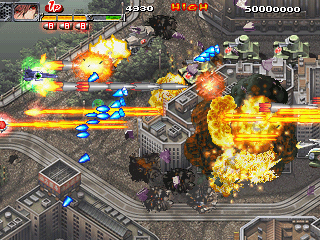
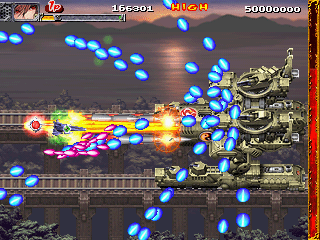
Taito Improvements
I already mentioned some cases where drivers have improved as the result of new dumps of MCUs etc. but sometimes due to rarity of the games, or complexity of the hookups we still end up having to simulate some MCUs in order to make progress. In the following 3 cases the protection devices don’t really act as protection, but more as a way of communicating between the CPUs, so the game logic should be fine. Ideally they would be dumped and emulated properly, but all 3 games are uncommon and nobody seems to be willing to risk putting the chips through a process which will destroy them with no guarantee of success. Taito’s Ping Pong King is the first example of a case where improved MCU simulation has resulted in a playable game.


For the next 2 cases the games were already playable, but the MCUs were involved in passing along sound commands, the improved simulation has given them sound. Sky Destroyer is the first of these
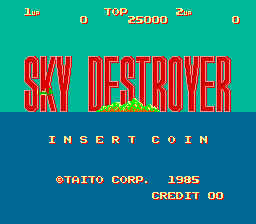
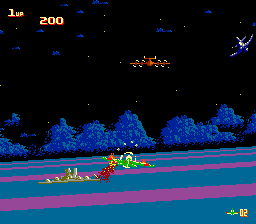
and Cycle Mabou is also no longer silent
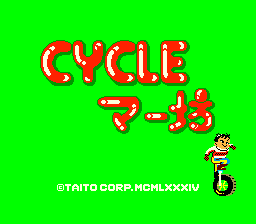
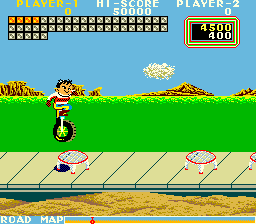
With attention turned to the Taito drivers in general a number of others received noteworthy improvements and modernization. Missing DAC sound was added to several, including Big Event Golf, Wyvern F-0 and obvious Taito hardware rip-off Touche Me.
Other drivers saw more significant improvements with many corrections going into the Buggy Challenge driver to make it actually behave like the real arcade game. That driver was so old it still had a hack for the accelerator to be a digital button rather than correctly treating it as an analog port! Title screen, 3rd stage graphics and sound tempo all saw improvements in that driver.
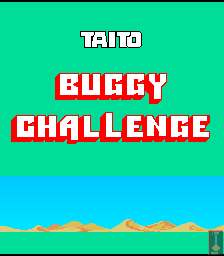
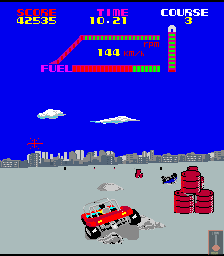
Twinkle.. Twinkle..
The Konami Twinkle system saw emulation improvements in 2017 too, resulting in a number of the more recent beatmania games being promoted to working status (although there are still some reports that they go out of sync during songs) The ones that haven’t been promoted on some cases don’t have complete dumps yet, usually missing one of the components (as they make use of a number of CDs/DVDs/HDDs at the same time) The images below each screenshot are the current internal artwork, showing the lamps. The DVD / VCD parts aren’t emulated yet.
Here is beatmania IIDX 4th style
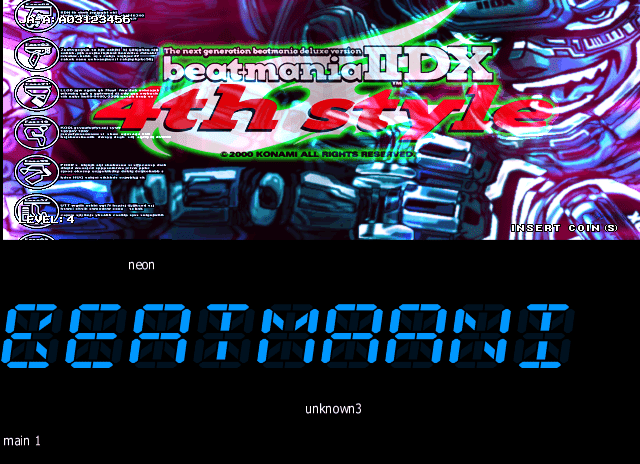
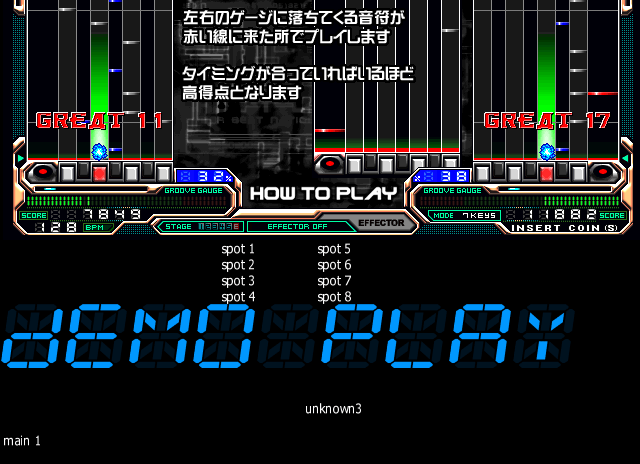
6th style is also playable.
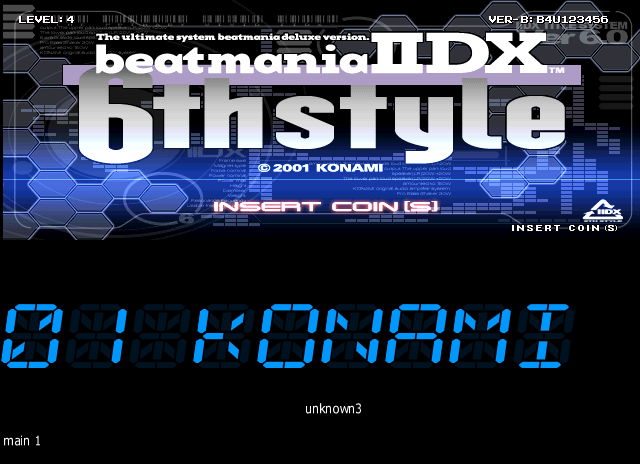
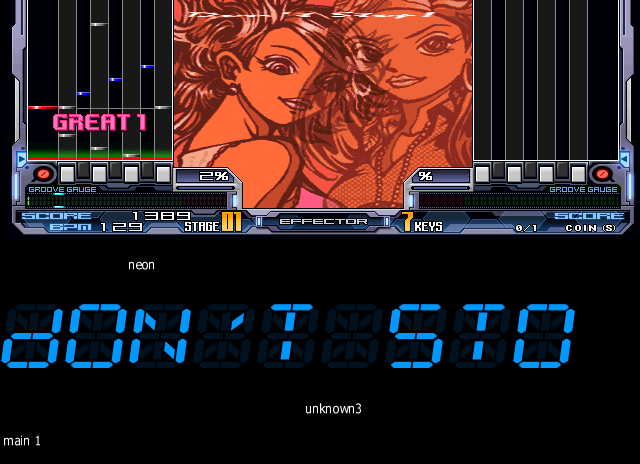
as is 7th
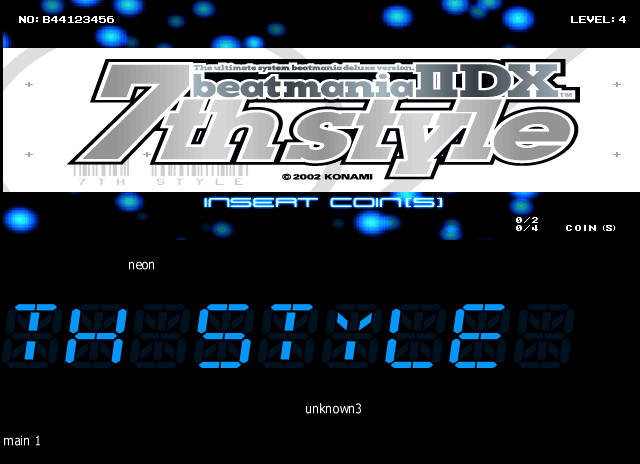
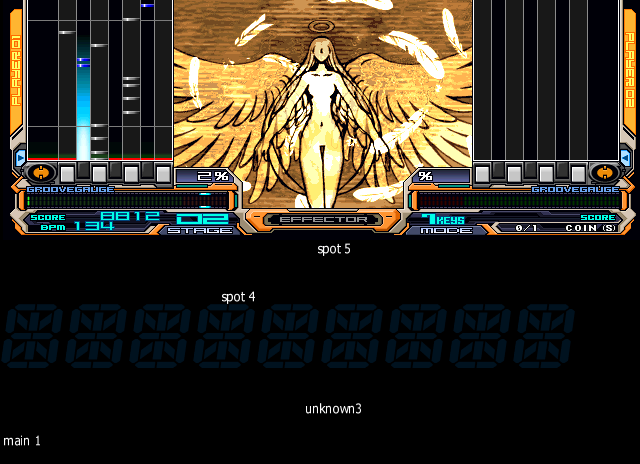
and 8th
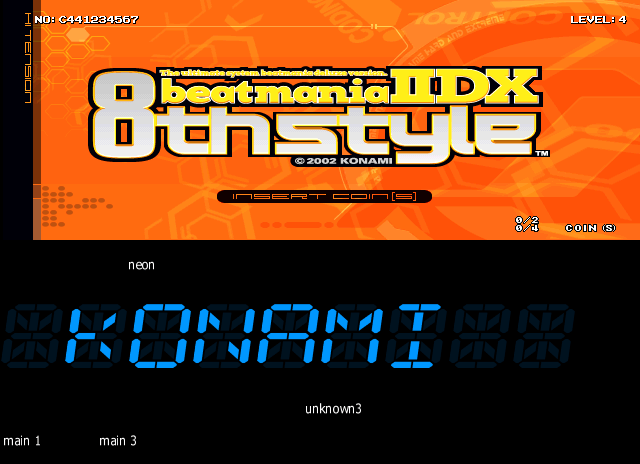
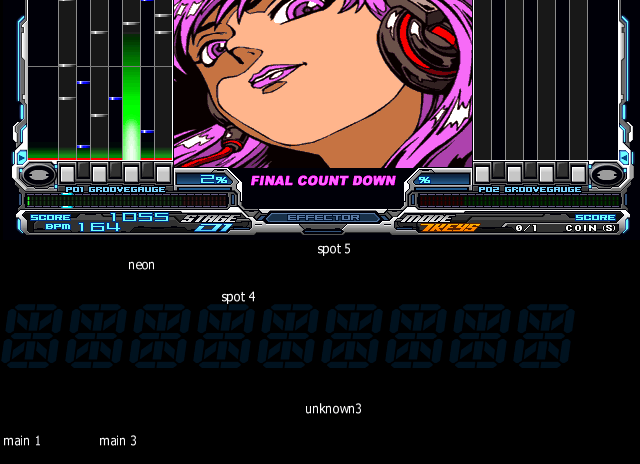
Teaching Us Something
Often arcade boards (and home systems) aren’t used to their full potential, so it ends up being up to other people to write software for them that really pushes them to the limits. The hardware for Dottori Kun on the surface looks like a very simple platform only capable of displaying a monochrome image. The game apparently only exists in the first place due to some kind of legal requirement in Japan requiring it to so that cabinets could be tested.
Of course, such a scenario is the perfect challenge for somebody interested in seeing what they can get out of the hardware, so what we ended up seeing is somebody figuring out the exact timing of everything and abusing it to the point where the board could even output a colour image.
While this is very much a modern production on an older PCB that kind of thing is very useful to MAME because it provides evidence with which to improve the emulation, and a real test case to make sure the timing in MAME matches the findings from the PCB. For such precision work this can be very difficult. For that reason software like this does end up being supported in MAME even if maybe it isn’t of wider interest. In this case the software created was called Dottori-Man Jr.
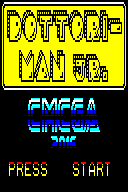
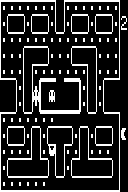
Clones..
Every year has a landslide of new clone additions, which is good, because it means alternate revisions of games are being located and preserved and that people haven’t just slipped into the mindset that because one version of game is emulated the job is done forever. I’ve already mentioned a few noteworthy clones in the article, DoDonPachi III, Lock n Chase Japan version, and a strange version of Alligator Hunt being a few examples, but there are more worth covering even outside of those.
Some really aren’t worth putting pictures up, for example, an alt GunBird 2 set was discovered which changes almost nothing except removing a few voices, it was dated a day after the regular set and we can only assume it was intended for Korea because we’ve seen other games with some Japanese voices removed for the Korean market.
Others are more worth showing, for example an English language version of Star Sweep was dumped, prior to that happening there was no information to suggest the game had been released outside of Japan at all
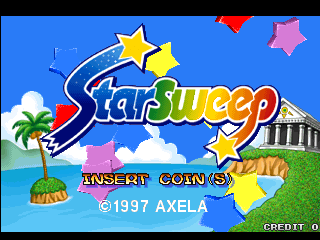
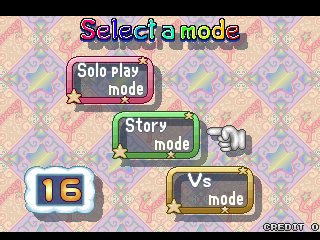

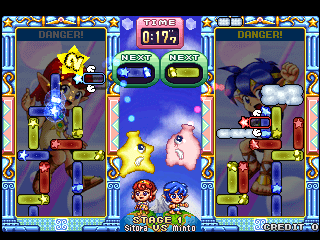
Mach Breakers is another Namco published game for which an English version turned up. The English version lacks the ‘Numan Athletics 2’ subtitle, which is surprising because the first game was released in English too. Everything in the game is fully translated.
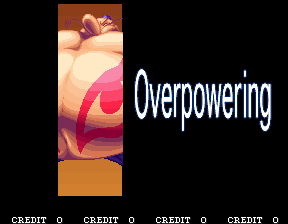
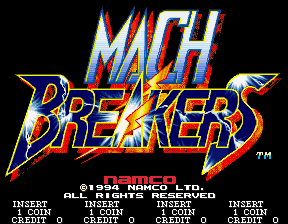
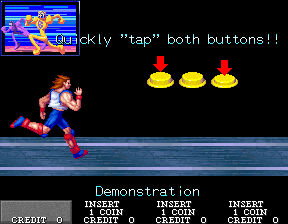
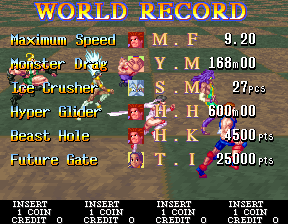
The same can be said for Super Crowns Golf, a version for the World market turned up in full English, when previously it was thought the game had only been released in Japan.
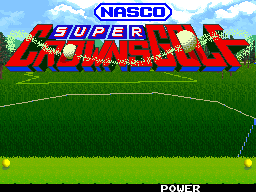
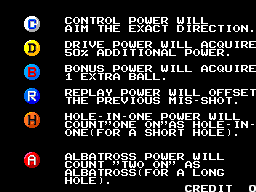
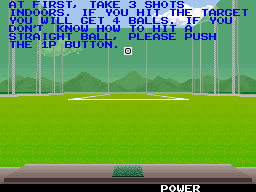
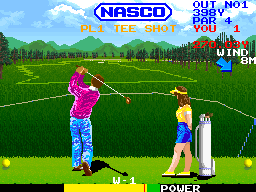
Sometimes the new sets that appear are in languages that indicate they were indented for a very specific country, Italy was no stranger to getting their own versions of things, and a version of Semicom’s Cool Minigame Collection with Italian text turned up. I wonder if the Italian translation is better than the almost non-nonsensical English one. Unfortunately the graphic roms weren’t dumped, and there are white spaces where the usual control panel image is in the instruction screen suggesting it might be referencing tiles that are not present in the existing ROMs.
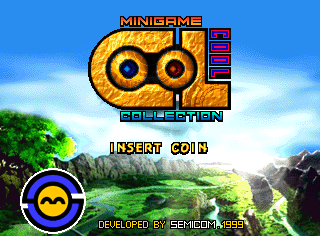
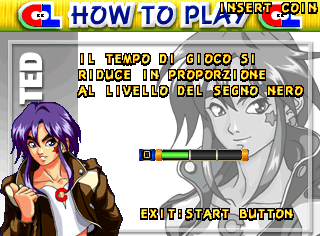
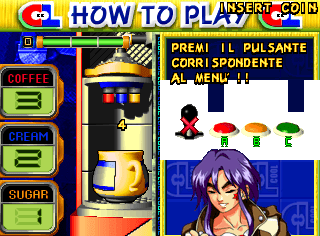
There was also an Italian version of YunSung’s Penky. What’s interesting about this one is that the only screen that has been translated doesn’t actually appear in the other set at all, that being the screen telling you what the powerups do.

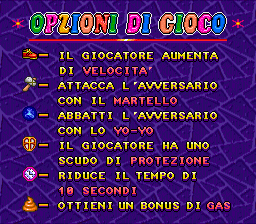
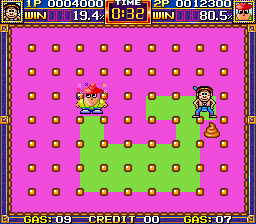
Sometimes these regional variations are obviously bootlegs, with Danger Track being a Spanish bootleg of Rally X
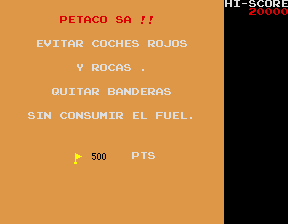
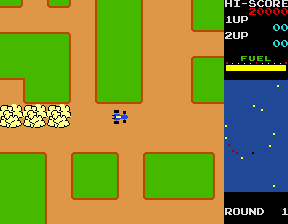
Japanese region releases are however some of the most important, as the majority of Arcade games were developed in Japan and every year seems to see a couple more Japanese originals showing up. One such Japanese original is Alien 3 The Gun.
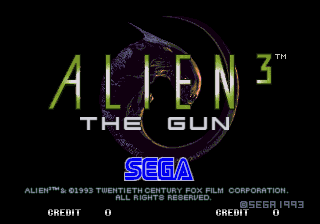
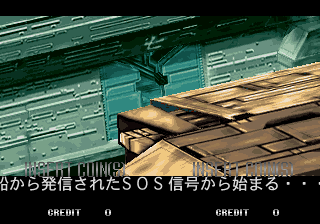
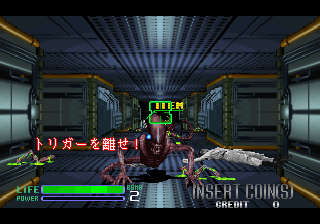
Some Japanese clones are special for other reasons. Taito toyed with the idea of putting some of their Gun games in Shopping Centers, so produced special versions of them designed for a single player, with the difficult toned down slightly, possibly to make them slightly less violent, although only slightly. These versions were known as the ‘SC’ versions, and cabinets for at least Operation Wolf and Operation Thunderbolt existed, each running a unique revision of the game code
Operation Thunderbolt is probably the more interesting of the two because the titlescreen was modified to reflect that this version was only a single player game, obviously Operation Wolf did not require this treatment so there’s nothing really to show in screenshots.
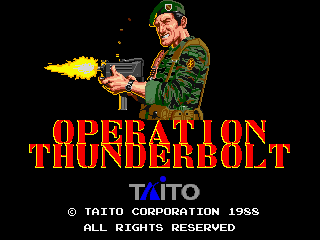
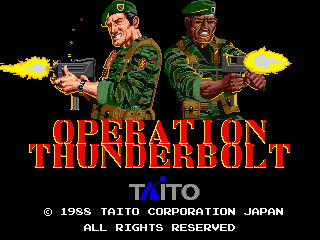
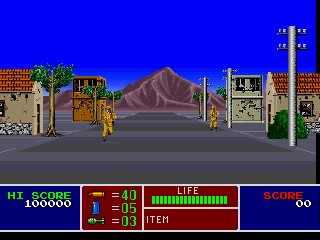
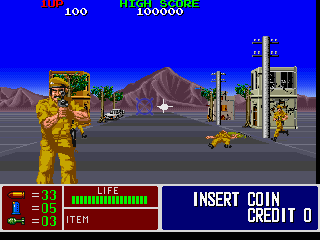
I guess the only downside is how rarely Korean or Chinese original versions show up, with so many 90s and 00s games being developed in Korea we know a lot of Korean originals are still missing in action, we have English language versions of many of them but know that Korean versions exist. Soemtimes when what appears to be an original version for China turns up the situation is still confusing tho, a version of Penguin Bros. known as A-Blast (Hong Tian Lei) showed up, has rom stickers that seem to indicate it’s for Taiwan, a title screen in Traditional Chinese, which you’d expect for Taiwan, but still boots with a Japan warning, and still uses Japanese text which, unless there’s a jumper somewhere to control that is definitely strange.
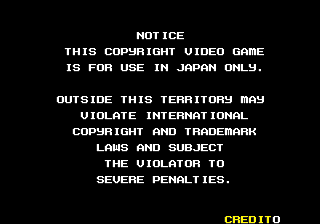

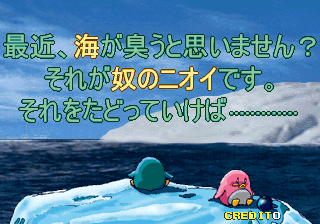
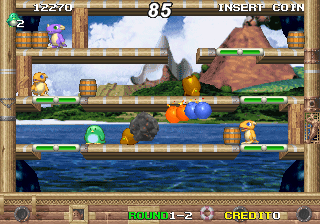
One very unusual case of a game being released in Taiwan is Sega’s Zen Nippon Pro-Wrestling Featuring Virtua, where a Taiwanese version, which only runs with a Taiwanese ST-VI BIOS was discovered. This is the only ST-V cartridge we’ve seen which is exclusively locked to Taiwan. The previously supported version of the game was a Japanese release, locked to Japan. Usually the ST-V carts are multi-region, with all versions stored in the same cartridge. What’s more interesting about this Taiwanese release is that it’s in full English, the Japanese version is Japanese only.

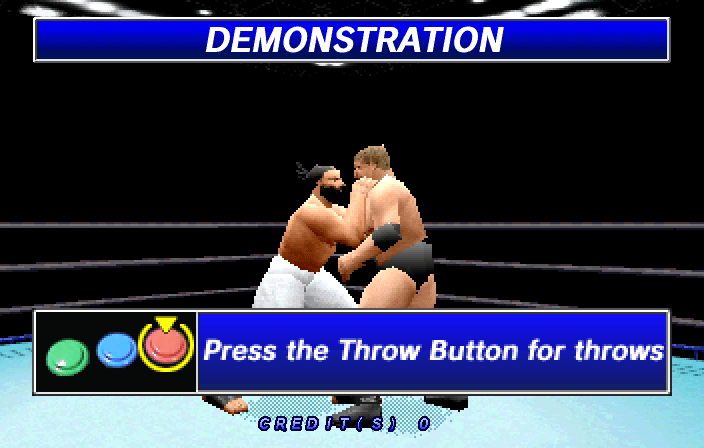
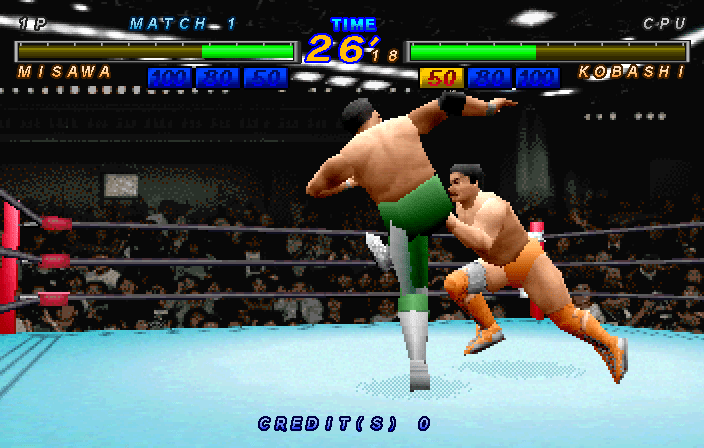
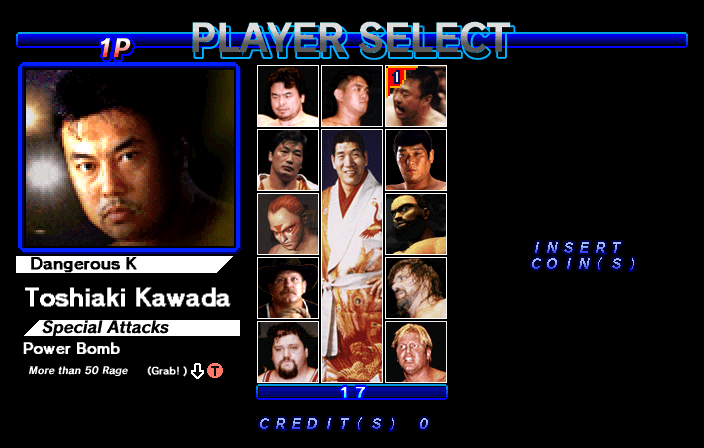
Another clone that showed up was a prototype of Bubble Bobble. The state of development is a curious one, the game is running on a Tokio board, which lacks the final Bubble Bobble sound hardware, and clearly the most unfinished thing about the prototype is the music, infact during gameplay the only music you get is the bassline of what would become the final tune. There are some unused songs that can be played in Service Mode however. The basic game is mostly complete, but is in a state before any protection was added (which alone makes it an interesting codebase to study) It also lacks things like the introduction screen when you start a game and many of the secrets are missing. Visually it’s difficult to see a difference however, most of the graphics were already finished, as were the level designs. There’s a nice piece on The Cutting Room Floor covering it tho Maybe the most interesting thing about this is the built in level editor, which was likely used during the development of the game to test certain layouts / patterns. Nothing gets saved, but it’s a nice insight into how maybe things were developed.
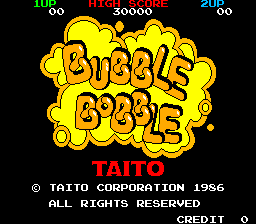
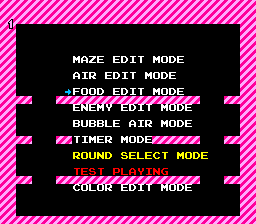
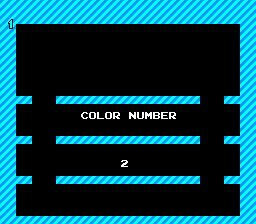
Sometimes games get reissued, we saw that earlier with the PGM2 coverage, but sometimes it happened even on the same hardware as the original game, but for new markets.
Gals Panic DX appears to be a genuine re-release of Gals Panic 4, but for the Asian market. The actual game doesn’t seem to be changed, but the intro screens and title screen have been updated, and the copyright bumped from 1996 to 2001. There’s a small chance this is just a hack, but it does seem like a genuine product, and would fit the weird patterns we’ve seen in general with the naming of these games. (There is at least one other version of it, with the Gals Panic S title, despite this being a different game)
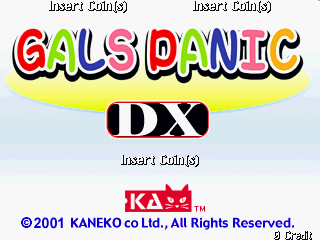
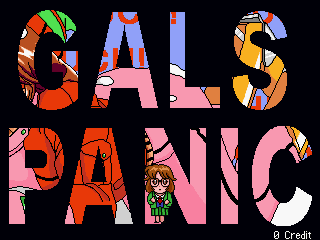
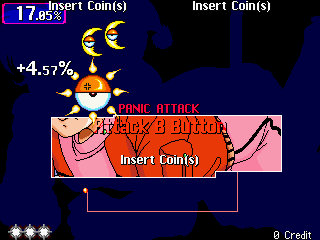
In some cases a prototype is the only version of a game supported in MAME and assumed to be the final state in which the game was left before it was abandoned. That often isn’t the case tho, prototypes tend to leak out / be leftovers from old location tests and in some cases work was done on those games after that point. Grudge Match is an example of where this happened, the version in MAME was and English language “0.80” version, which feels very unfinished (you’ll get a Game Over if you don’t buy items in the shop and instead let the countdown expire for example). A newer version, marked 0.90 showed up.
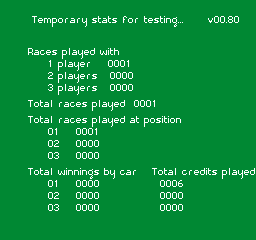
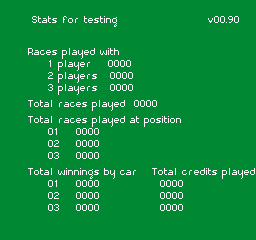
While this is still clearly a prototype it is more finished, the (slight) catch, this one came from a location test in Italy and only contains the Italian language version of the game, as you can see below.
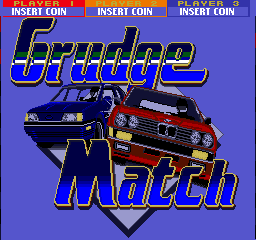
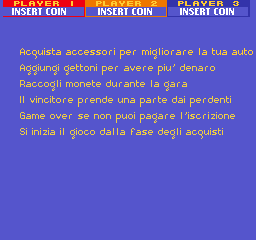
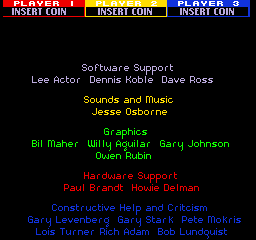
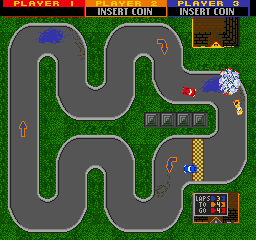
Other time clones are for different cabinet types. With Sega’s Action Fighter we’d had a set in MAME, on Sega System 16A hardware for a long time. This version of the game was designed to use a standard Joystick + Buttons input system, basically so that it could be used in any cabinet. As was often the case tho, Sega had a dedicated cabinet design for this game too, one with analog inputs and separate buttons for each weapon type, clearly influenced by Spy Hunter. Versions for that cabinet type on both System 16A and 16B were dumped.
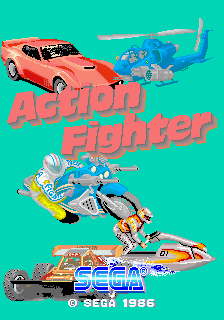
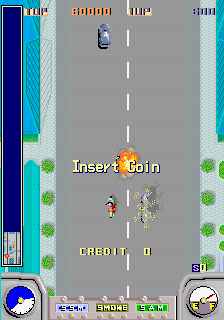
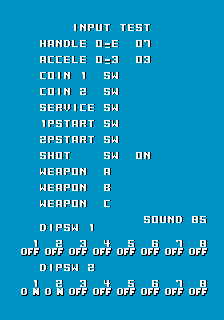
Significant Driver Improvements
Some drivers just languish for a while, waiting until somebody with an interest and the required skills comes along to improve them. One driver for which this happened is the Namco ND1 hardware driver, on which the Namco Classic Collections run. While the driver has been mostly functional for many years a lot of the graphical effects were missing. It was thought the games actually barely used them, but research over the years have highlighted many places in the titles where unimplemented features were being enabled so it was nice to see some real improvements there. Things like the rotation, which is used in various places, including the backgrounds of the Galaga arrangement bonus stages, is especially noticeable.
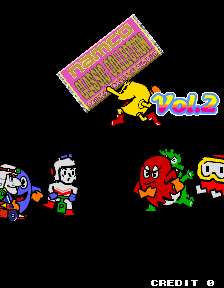

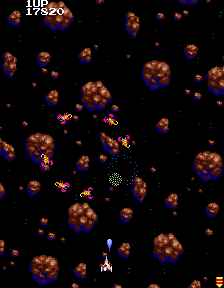
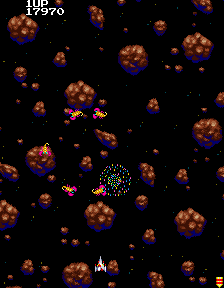
Even with all these changes a recently dumped game, Abnormal Check, still has graphical issues.
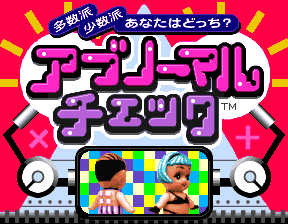
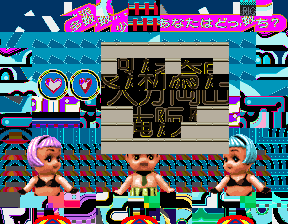
Smaller, but Still Important Driver Improvements
Sometimes the last few details of how a piece of hardware works can be the most difficult to figure out, and sit broken for the longest of times, often without anybody noticing. This can apply even to classic titles.
Pac-Land is one example of a driver that benefited from some fixes after it was pointed out that in some rare situations the priorities did not match the original hardware. This had gone unnoticed for years (the previous rewrite of the driver was meant to have fixed all issues for good, but clearly didn’t) This means that 2017 was actually the first time Pac-Land was ever properly emulate; the shots below show the priorities before and after the fix, note, before the fix Pacman ends up appearing above the Cactus when he has the invisibility powerup, this is incorrect.
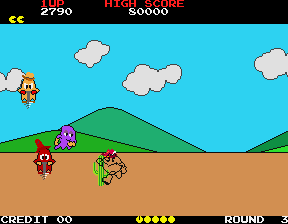
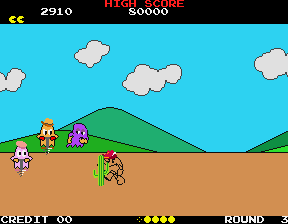
A lot of the Sega / Gremlin Vic Dual hardware boards had custom circuits for additional background gradients and starfields etc. For N-Sub that was hooked up, greatly improving the emulation.
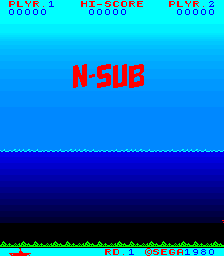
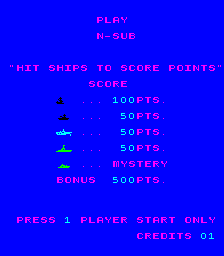
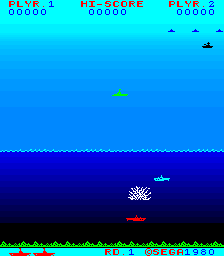
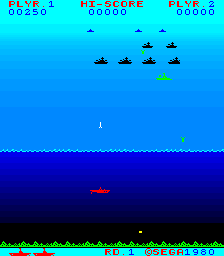
Another similar fix was with Jaleco’s Kick Off, a sample ROM was being loaded incorrectly meaning the game has been missing the crowd sounds from the day it was emulated, not one I can show in pictures, but worth a mention.
..and back to Handhelds
That’s the bulk of the arcade progress covered, so I’m going to switch back to something similar to what I opened with, a handheld. In this case, not the LCD handhelds, I wanted to highlight those first because I feel they’re the most significant area in which MAME has made brand new progress over the course of the year, but instead a handheld that was designed to compete more directly with the Gameboy.
I’m talking about the Gamate, another product that originated in Asia and attempted to go head to head with the original Gameboy, receiving a large amount of promotion via magazines etc. in European territories at least. MAME, to my knowledge, is the only PC based emulator for the Gamate platform, but the emulation had a number of serious issues. The entire driver was rewritten in 2017 and now much more accurately represents the system, with the only glitches found so far being exactly the same as those present on original hardware.
Here is a selection of the games



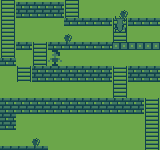
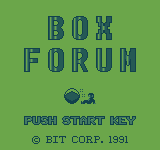
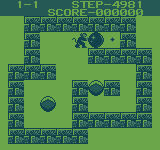
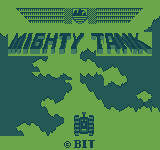
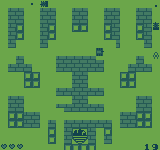
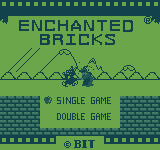

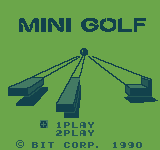
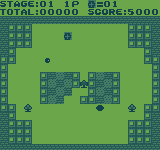
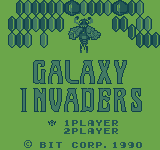
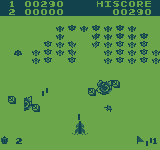
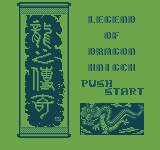
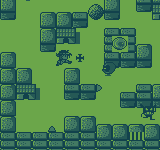
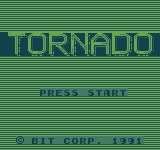
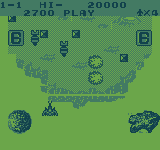
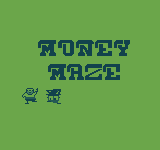
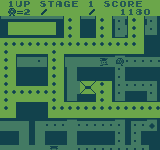
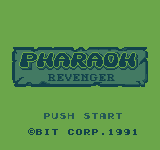
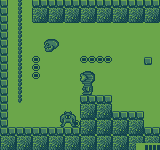
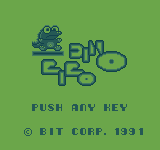
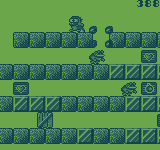
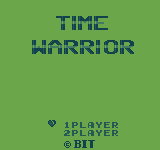
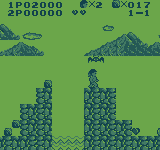
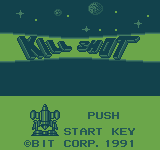
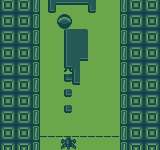
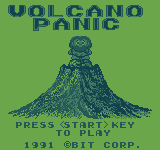
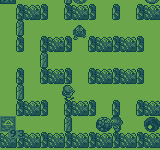
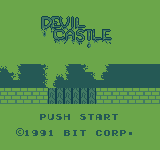
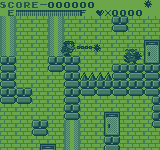
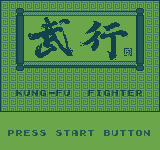
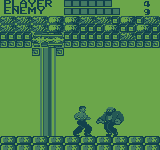
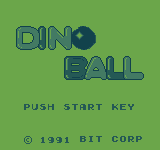
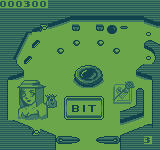
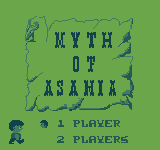
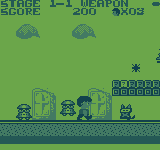
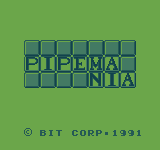
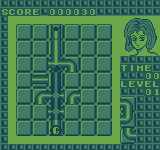
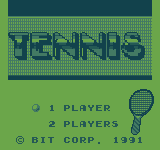
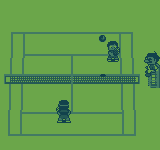
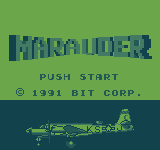
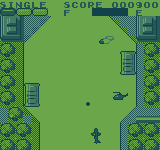

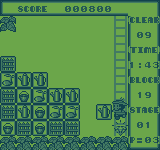
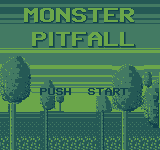

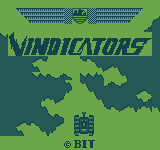
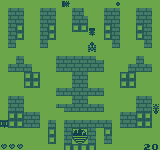

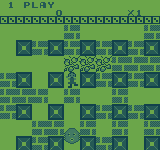
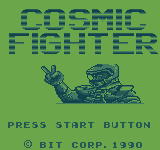
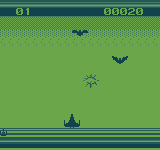
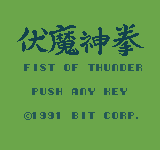
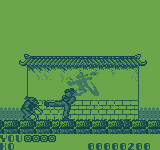
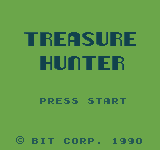
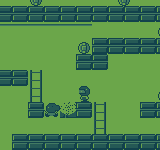
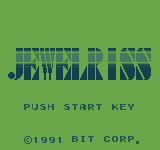
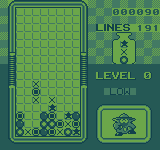
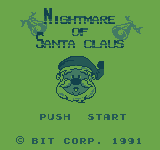
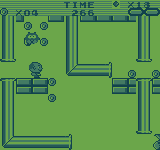
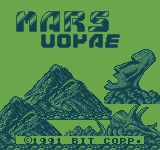
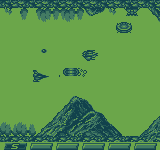
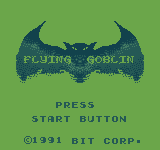
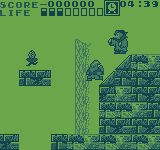
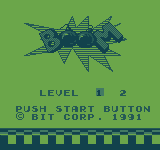
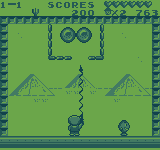
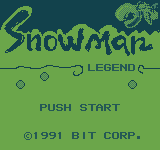

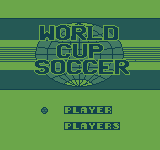
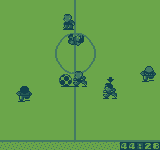
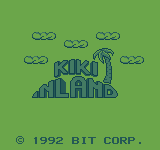
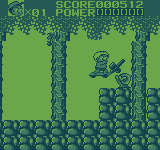
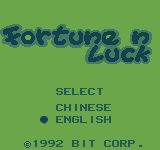
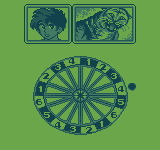
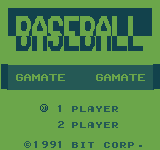
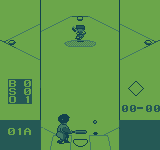
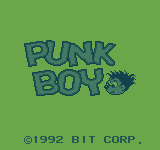
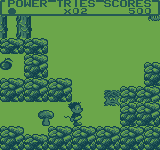

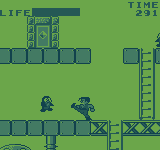
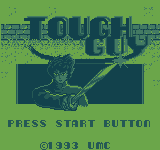
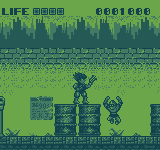
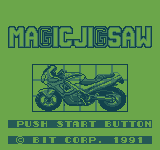
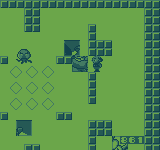
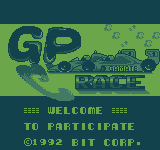

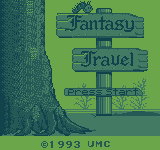
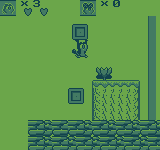
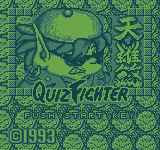
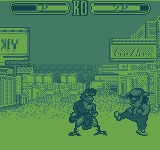
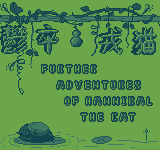
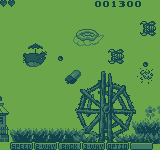

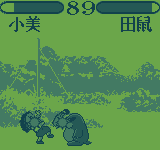
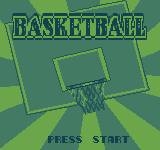
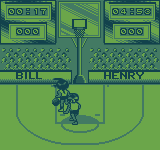
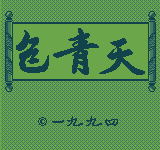
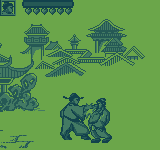
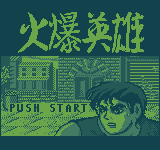
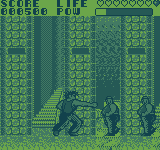
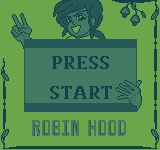
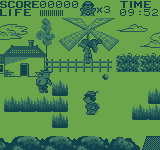
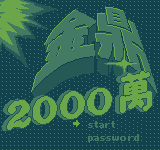
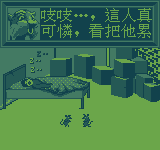
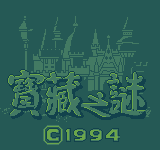
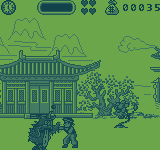
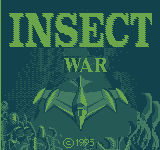
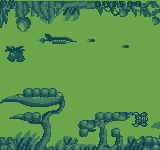
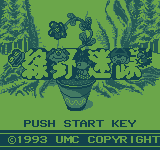

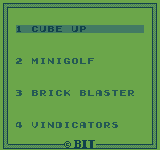
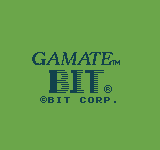
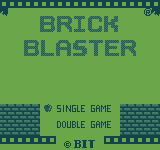
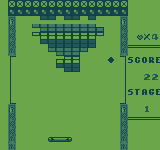
NES rip-offs
If you talk about products made in Asia the subject of Famiclones no doubt ends up rearing its head. Famiclones are knock-off NES units, usually with a fixed selection of games that connect direct to a TV, or in more recent years, act as a portable handheld device. These have evolved through the years from simple NES clones (often with poorer quality sound) to what can only really be classed as a unique class of system, with so many enhancements over the basic NES hardware that the NES support exists mainly as a backwards compatibility mode.
Over the course of that evolution there have been a number of steps, and some of the best known NES clone chips are the ‘VT’ series. In 2017 a basic nes_vt driver was created, and various callbacks added to the NES core to support the extended features offered by some of these clones. Unfortunately the only documentation available wasn’t always accurate, and the only public emulator for them was an illegal closed source hack of Nester, which also didn’t implement everything correctly. A lot of the real games are buggy too, with little quality control going into them, so it can be difficult to work out how to correctly implement certain things. Also it’s unclear at which point various features were introduced, as it looks like each manufacturer customized things slightly, or used features which were not yet meant to officially be part of the chips.
Maybe the most interesting thing about this story is that despite being derived from a NES and being produced in Asia there were actually some properly licensed games on the platforms, for example, the VG Pocket Tablet device came with a 100% licensed version of Frogger from Konami. It doesn’t currently look or work correctly due to issues with the extended palette handling and NES mirroring + raster interrupts, but you can see the beginnings of progress in emulating it.
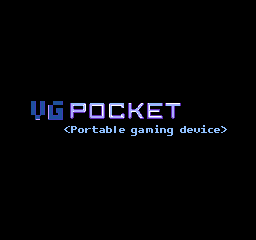
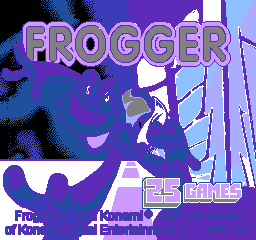
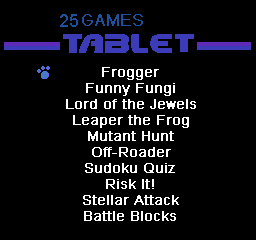

The same company also put out a device simply called the VG Pocket, with a different selection of games.
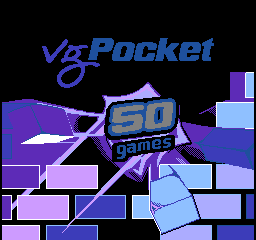
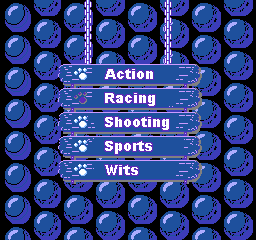

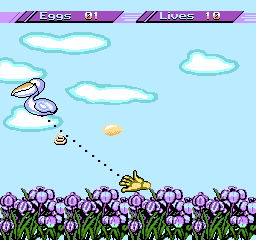
and a VG Pocket Mini with a reduced selection from the above
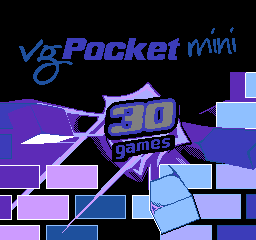
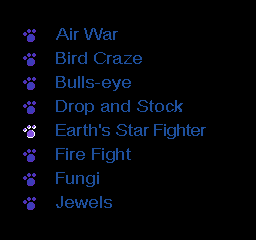
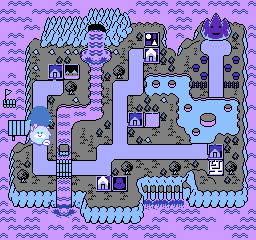
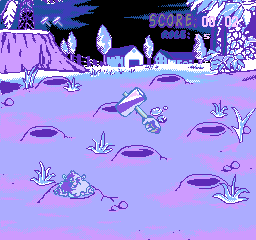
Another company doing this kind of thing were Junglesoft, who put out a 2009 handheld in association with a company called Defender. This was the ‘Defender M2500P 120-in-1’ or the ‘Cybar Arcade 120’ as it’s sometimes known.
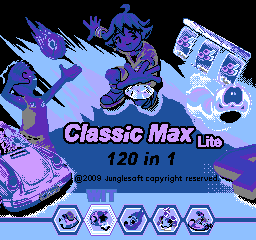

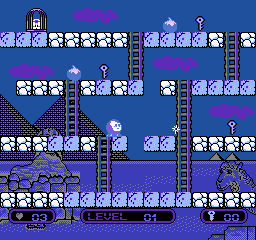
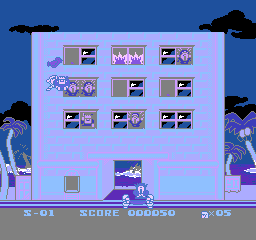
dreamGear have been doing this for longer than most with a whole bunch of XX-in-1 multicarts / systems to their name already, but even they started getting in on the ‘enhanced’ hardware with 3 of the games in the dreamGEAR 75-in-1 using said modes, Shark, Octopus, Harbor and Earth Fighter
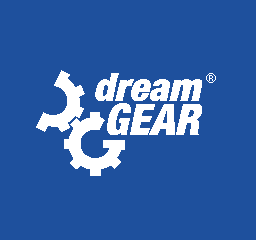
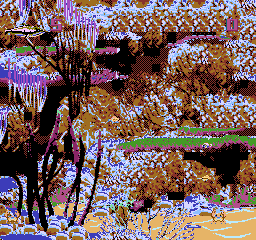
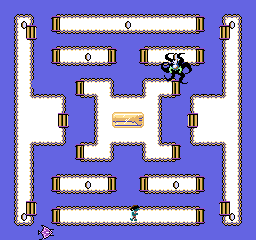
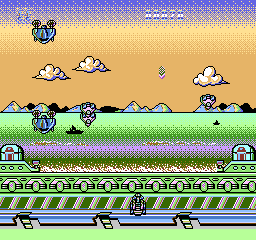
an unenhanced version of Octopus can be found in the ‘Super Arcade 110’ It looks better in MAME because it just uses standard NES palette modes, it’s also less buggy, even on hardware, because when it was updated for the enhanced hardware whoever did the port forgot to update some graphic references on the pause screen.
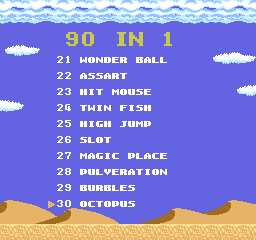
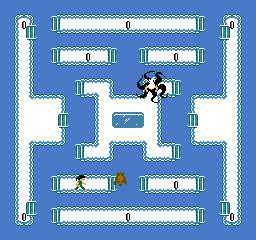
One piece of software using the enhanced modes that doesn’t look as bad as the others (although still not correct) is V-Dog. However, both versions we have dumps of are incomplete demo versions, so again many of the actions are glitchy even if ran on the original hardware, meaning it isn’t a good test case for fixing the emulation. It would be nice to see a dump of the final version.
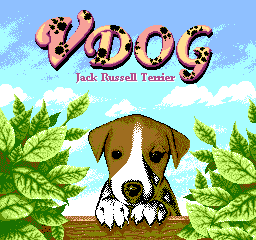
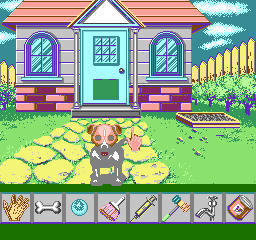
Maybe these will be improved further in 2018, it’s definitely an area in which MAME can do a good job. There are also a number of ones that might not be NES based at all, just use a similar CPU, all of which still need looking at and figuring out.
Toying with us
A lot of electronic toys used very similar technology to the LCD handhelds covered at the start of the article. During 2017 a decent selection of these were also emulated, although without knowledge of the original machines and operating instructions they can appear difficult to make any sense of.
One example, that isn’t really practical unless you have the original instructions / question sheets is Quiz Wiz Challenger, a multi-player Quiz game from Coleco. The machine itself didn’t have the capacity to store all the questions / answers in text form, so relies on you using real question books, such were the limitations of technology back then. All it knows is what is the correct / incorrect multiple choice response for any given question number. The software runs in MAME, and if you can find scans of the questions, then it is indeed playable.
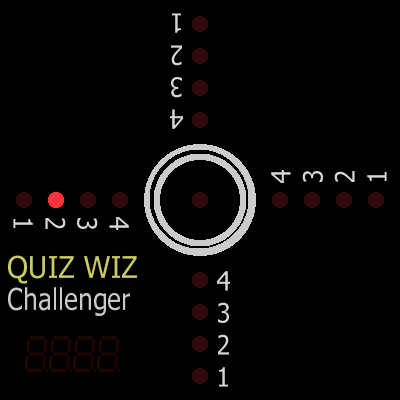
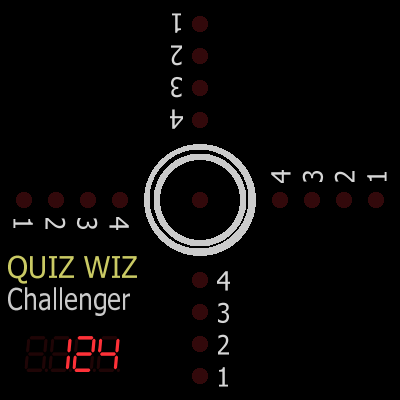
Another toy that is somewhat difficult to understand is “I Took A Lickin’ From a Chicken” from the infamous LJN. This one was fitted with a motorized chicken, which obviously MAME can only represent in a rather crude state right now (basically just showing the motor position) but the game code does run correctly, so all the game logic is fine. This one would be an interesting if MAME one day gains the capability to have actual 3D models and the like, but even without that it hasn’t stopped the team from making sure the code part is emulated for whenever that time comes.
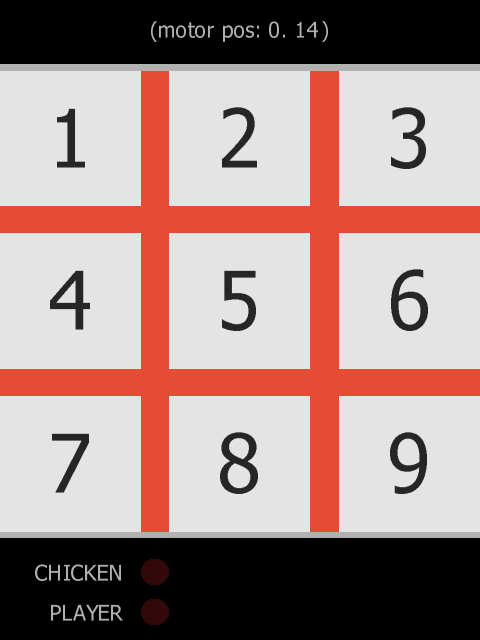
More playable is “Galaxy Invader 1000” a toy released by Gakken under that name but also as “Cosmic 1000 Fire Away” by Tandy, which is something that happened quite often with these toys, same thing, different branding. This is a very basic space shooter, a bit like Space Invaders or Galaxian.


Ideal’s Maniac is a 4 player game like Quiz Wiz, where again you’re going to have to know the rules if you want to play. In this case it’s a matter of of each player having a single button and having to hit it at the correct moment in response to beeps and the simple segment display in the middle.
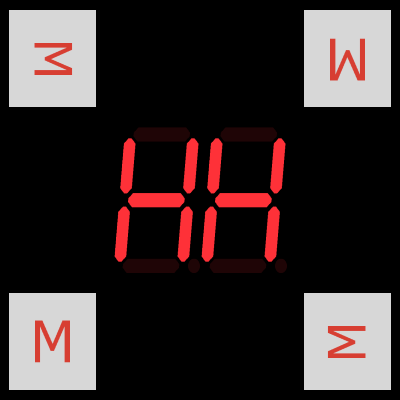
The Tiger/Tandy game Rocket Pinball presents a crude pinball simulation using a bunch of LEDs, set the number of plays, the number of balls, and hold down the plunger button to play.
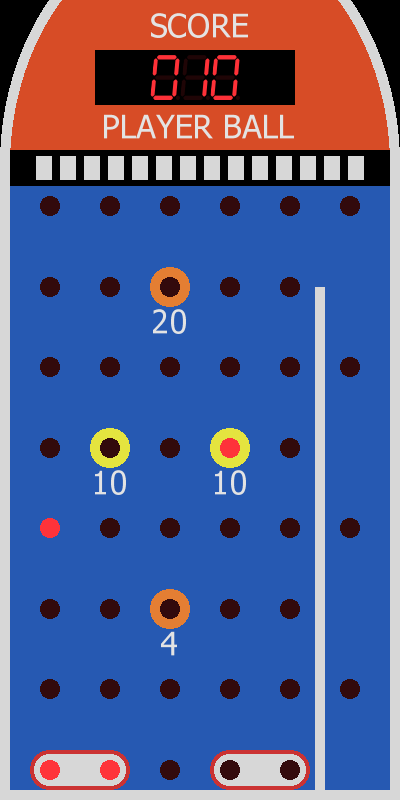
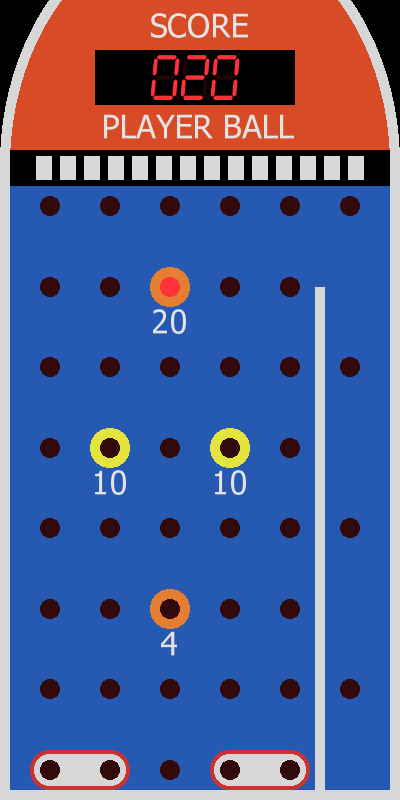
Mattel Computer Gin is what you’d expect, a computerized electronic Gin game
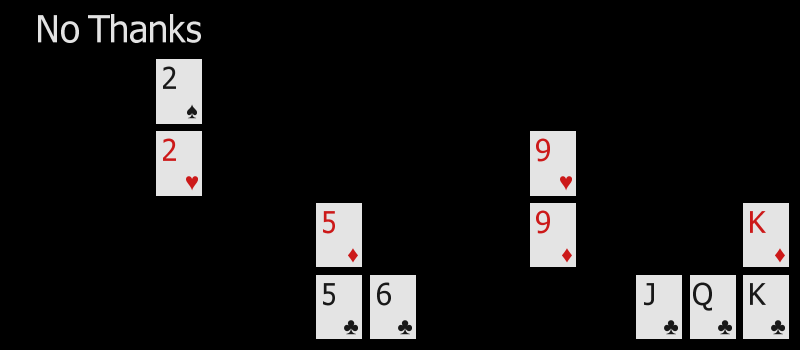
Half Court Basketball is a Tiger game that works in a similar way to the pinball one, with LEDs to represent player positions.
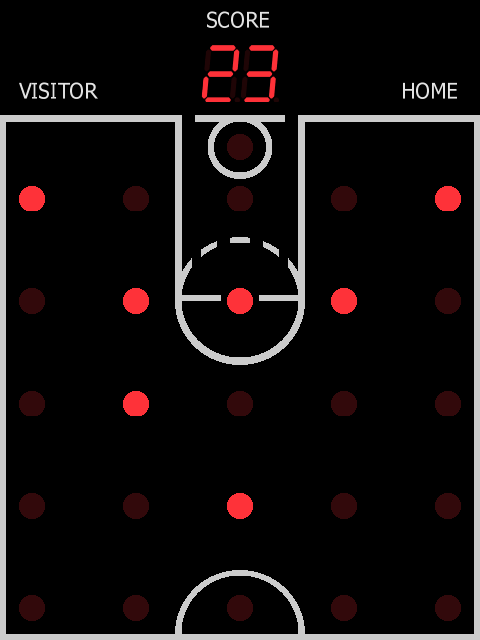
Arcade Mania, a Milton Bradley game clearly wanted to cash in on the arcade craze with a series of very simple mini-games. Again, without instructions it’s probably not really easy to know what you’re doing on any of these as they all just revolve around a 3×3 grid and some buttons.
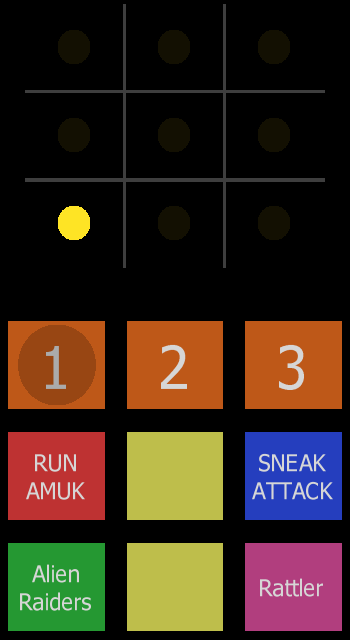
Another one with multiple titles, A-One’s Arrange Ball aka Tandy’s Zingo aka LJN’s Computer Impulse is another that’s easy enough to play once you know the rules, just 2 buttons this time.
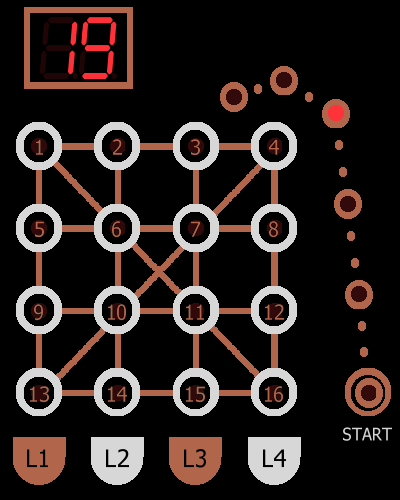
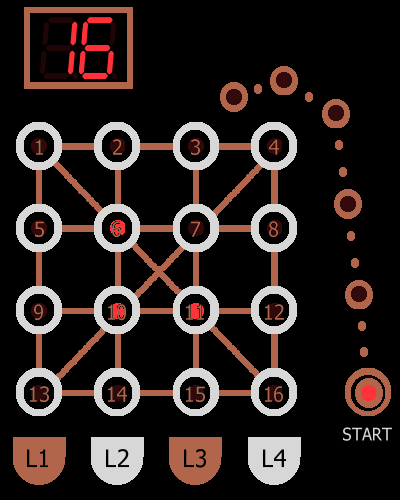
Atari even got in on the act with ‘Touch Me’ which plays a lot like ‘Simon’
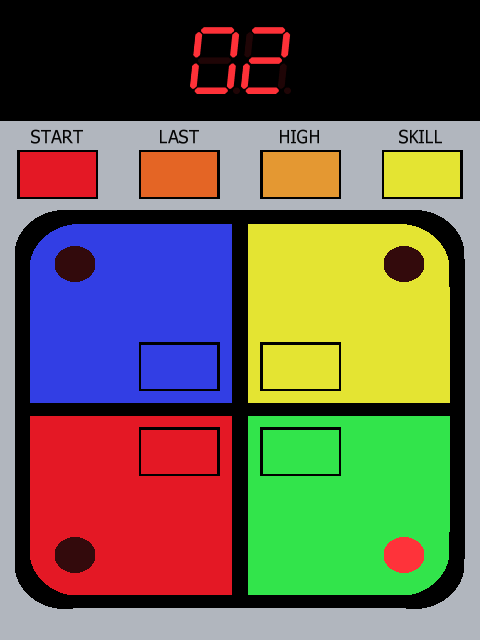
Electronic I.Q. is a toy from Conic, again, not sure how you’re meant to play it..
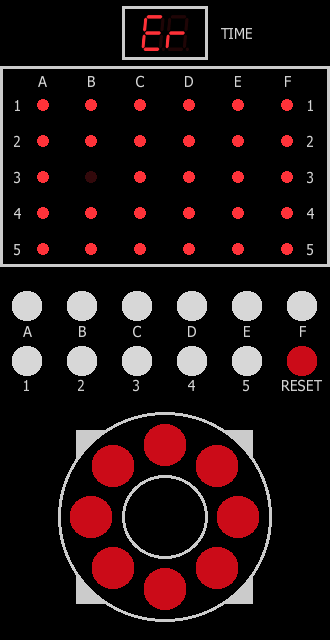
2 Player Baseball is a Fonas product, again similar to the Pinball one, LEDs to represent various things on the field.
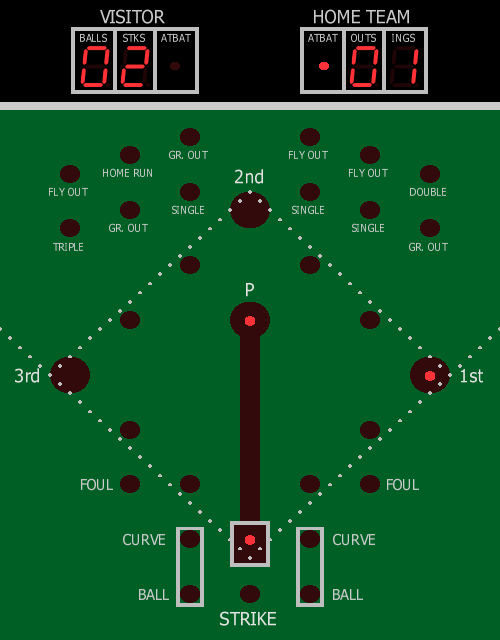
Melody Madness is by GAF
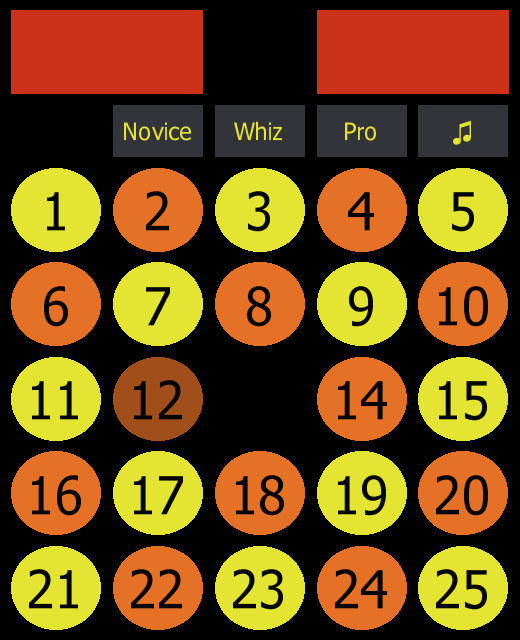
and Le Boom is by Lakeside
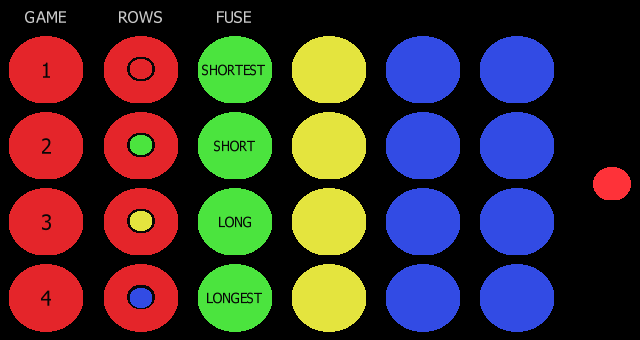
(there were quite a lot more, add them)
Talk of the Town
Moving away from handhelds, and onto an actual computer / console, the FM Towns driver saw a large number of improvements at the end of 2017, leading into 2018 that fixed many glitches that were present in the original driver. This is one of those times where somebody with a real interest in the system came along, wanted to make improvements to the quality of the emulation and managed to do so. Many games that previously had severe glitches now don’t, and a good number that previously didn’t boot, or were unplayable now run just fine.
(Todo: FM Towns screens)
Summary
The year really was a mix of things, showing progress in all the areas and elements that make up MAME. This article doesn’t really do the best job of covering the non-arcade developments due to lack of time, but even in a project where the primary focus is shifting away from arcade work you can see that there is still an awful lot of it going on.
Some of the breakthroughs made during the year were phenomenal work, things we thought maybe we never see emulated figured out with clinical precision due to people with not previously seen hardware skills becoming involved. Significant improvements to the emulation of older systems, especially when it comes to protection devices can’t be overlooked either, those have really made the different between some things seeming like they might be correct, and actually being correctly emulated, and thus running (and playing) as they should.
Cases that were entirely coding challenges, such as the progress seen on a number of 3D systems lay important groundwork for further improvements in the years to come too, and the emulation of a previously unemulated platform in PGM2 are both definitely things that shouldn’t be overlooked.
MAME becoming the first (and only) high quality Gamate emulator shows good intent for the obscure home gaming platforms too, sending out the message that MAME is serious on that even if there is some catching up to do with the more popular ones.
There are plenty of positives to take out of the year, and in terms of the unexpected things there were accomplished I’d say it has to rate highly as one of the more interesting years in MAME development as well as one of the most significant from a preservation and documentation of our history point of view.